If you're a rabbit owner, chances are you've stood in the pet aisle staring at a bowl and bottle, wondering which one your bunny actually needs. Both seem like they could work — they hold water, right? But your choice isn't just about convenience. It has everything to do with your rabbit's health, comfort, and habits.
Click Here For a Beginners Guide to Rabbit Care.

From playful bowl flippers to cautious bottle sippers, rabbits all have their quirks. What works for one bun might not suit another. That's why understanding the pros and cons of both rabbit water containers can help you make the best decision for your furry friend.
Understanding Rabbit Behavior Around Water
In the wild, rabbits drink from puddles, streams, or dew-covered plants. This ground-level access is how they've adapted to hydrate. Domesticated rabbits still carry that instinct. So when you give them a water bowl, it feels more familiar and natural to them than a bottle mounted on the cage wall.
But domestic life isn't the same as the wild. Inside a home or hutch, there's bedding, hay, toys, and sometimes chaos. And that affects how clean or consistent their water source stays — which is why rabbit water containers come in different forms. So let's break those down, starting with the most instinctual choice: the bowl.
The Classic Crock: Water Bowls for Rabbits
A water bowl, often called a "crock," can be ceramic, metal, or heavy-duty plastic. These are simple, straightforward containers that rest on the floor of your rabbit's space. Because they mimic how wild rabbits drink, many bunnies take to them easily.
Benefits of Using a Bowl:
It mimics a rabbit's natural way of drinking from a low source.
Most crocks are easy to refill and clean — no twisting caps or finicky spouts.
They’re typically inexpensive to replace if broken.
Some bowls even clip to the side of the cage to stop your rabbit from knocking them over. You can find a great example here.
When Bowls Work Best
Bowls are an ideal choice for indoor rabbits who don't have a habit of tipping things over. They're also the better choice for winter if your rabbit lives outside. That's because water bottles can freeze and crack, while crocks are easier to bring in and thaw.
Downsides of Using a Bowl
Of course, there are a few common issues that come with bowls:
Water can get dirty fast from hay, bedding, or urine.
They're easy to spill or flip, especially for active rabbits.
In hot months, water evaporates quickly — or worse, it can grow algae if left in sunlight too long.
If you go the bowl route, be ready to commit. That means refilling the water at least twice a day and cleaning the crock regularly. Your rabbit deserves fresh, clean water at all times.
Tips to Make Bowls Work Better
Use a crock that clips to the cage wall to prevent spills.
Keep the bowl in an elevated spot, away from hay piles or litter boxes.
Consider ceramic or stainless steel bowls — they're heavier and harder to tip.
If you're up for the extra cleaning, bowls can be a fantastic option. And many rabbits seem to prefer them. But what if you're not home to check the water bowl multiple times a day?
Rabbit Water Containers: Water Bottles and Their Role
Enter the water bottle — the other side of the rabbit water containers debate. Bottles clip to the side of a cage or hutch and release water through a metal spout when the rabbit licks it. While they may not mimic wild behavior, they offer a few modern conveniences.
Why Some Rabbit Owners Prefer Bottles:
The water stays cleaner since it's sealed and less exposed to the environment.
They reduce evaporation, especially during summer.
They're space-saving and harder for rabbits to mess with.
For rabbit owners with long work hours or unpredictable schedules, bottles can offer peace of mind. The water's in there, and it's not getting knocked over. Some models even come with built-in filters to reduce bacteria growth.
Drawbacks of Bottles
But water bottles aren't flawless. Here are a few things to watch out for:
They can leak, especially if not mounted properly or if the seal wears down.
The sucking or licking noise can be loud, especially in quiet spaces at night.
Rabbits must tilt their heads awkwardly to drink, which can be uncomfortable over time.
Cleaning bottles thoroughly is harder — long spouts and tight caps can trap bacteria.
That said, a good bottle, cleaned regularly, still serves its purpose. If you choose this route, consider checking out this guide to rabbit water bottles that includes options known for leak resistance and easy cleaning.
Pro Tip for Bottle Users
Invest in a bottle brush. Cleaning the narrow tube is essential to prevent the growth of bacteria and algae. A dirty bottle can be worse than an open bowl.
Also, double-check the spout daily. It's not uncommon for it to get blocked by debris or to malfunction. Some owners think their rabbit is drinking when nothing is coming out at all.
And if you're not sure how much water your rabbit is drinking from the bottle? Mark the bottle's water level with a dry-erase marker. That'll help you monitor intake throughout the day.
Which Type of Rabbit Water Containers Is Right for Your Bun?
Here's the thing — there's no single answer that fits every rabbit. Some rabbits refuse bottles and only drink from bowls. Others push bowls aside or play with them like toys. Some love the spout, and others get frustrated with it.
When deciding between rabbit water containers, you'll want to consider these questions:
Does your rabbit tip over bowls or chew on plastic?
Is the water often getting dirty or ignored?
Are you home enough to check and refill water at least twice a day?
Does your rabbit have joint or neck issues that might make bottle use uncomfortable?
The best solution may actually be a combination of both. Some owners offer both a bottle and a bowl to see which their rabbit prefers. It's also a great backup plan — if the bottle breaks or the bowl spills, there's still water available.

Testing and Observing: Let Your Rabbit Decide
Sometimes, the only way to figure out which of the rabbit water containers your bun prefers is to test both. Rabbits are expressive little creatures. If they dislike a water source, they'll often ignore it — which is dangerous, especially during warm weather or when eating a dry hay-heavy diet.
Start by offering both a crock and a bottle. Place them side by side and monitor over a few days. Does your rabbit visit one more than the other? Do you notice spills, leaks, or other signs of trouble? Their behavior will give you answers.
It also helps to track water intake for a few days. Rabbits should drink approximately 50–150ml of water per kilogram of body weight per day. That means a 5-pound rabbit should consume about 300–500ml daily. If that's not happening, it might be time to switch water containers or adjust placement.
Common Mistakes Rabbit Owners Make With Water Containers
Whether you use a bowl or a bottle, there are a few common mistakes to avoid:
Letting water sit too long: Even if it looks clear, bacteria can build up. Change the water at least twice a day.
Not securing containers properly: A loose bottle or a lightweight bowl can lead to soaked bedding or dry cages.
Using hard-to-clean designs: Fancy bottles with narrow tubes may look sleek, but they're breeding grounds for germs.
Putting containers near litter boxes: Rabbits kick litter and hay. Keep water sources elevated or on the opposite side of the enclosure.
Don't forget, even the best rabbit water containers need regular maintenance. Check them every morning and evening — just like you'd check food or litter.
Winter and Summer Adjustments
Different seasons can bring different challenges when it comes to hydration. In winter, outdoor rabbits face the risk of frozen water, while summer heat can cause water to evaporate quickly or allow bacteria to grow faster than usual.
Winter Tips
Use crocks instead of bottles — frozen water bottles can crack or block water flow.
Bring bowls indoors to thaw and swap in fresh warm water at least twice daily.
Consider heated crocks or placing the hutch in a sheltered, wind-proof spot.
Summer Tips
Check water levels multiple times a day — evaporation happens fast.
Keep the containers out of direct sunlight to prevent algae growth.
Add a frozen ceramic tile in the hutch so your rabbit can cool off, which helps reduce excessive water loss from heat stress.
More seasonal advice can be found in our blog What Do Rabbits Eat During the Winter?, which dives into weather-related rabbit care in greater detail.
Health Warning Signs Related to Water Intake
If your rabbit is suddenly drinking less — or not at all — it's time to take action. Hydration plays a major role in digestive function. Without enough water, a rabbit can develop gastrointestinal stasis, a life-threatening condition.
Watch for signs like:
Dry or reduced droppings
Lethargy or decreased appetite
Unusual weight loss or sunken eyes
Sometimes the issue isn’t health, but accessibility. A blocked spout, tipped bowl, or forgotten refill can all lead to unintentional dehydration. That's why checking your rabbit water containers daily is a non-negotiable part of rabbit care.
Best Practices for Keeping Water Clean
Let's be honest — rabbits aren't exactly neat. They toss hay, kick bedding, and sometimes pee right where you don't want them to. That makes clean water a constant challenge.
Tips to Keep Water Hygienic:
Scrub bowls and bottles with mild dish soap every day or two.
Rinse thoroughly to remove any soap residue.
Use white vinegar to break down any mineral deposits inside bottles.
Replace plastic bottles every 3–6 months to prevent wear that harbors bacteria.
You can also boil water before filling containers if your tap water is heavily chlorinated. This reduces chemical exposure and can improve taste — some rabbits are picky!
Traveling or Boarding? Plan for Water
If you're going on vacation or sending your rabbit to a sitter, make sure they know your rabbit's preferred water setup. Switching containers suddenly can throw off their routine, especially in a new environment.
Provide extra containers and instructions. If your rabbit uses a crock at home, don't assume they'll use a bottle at a boarding facility. Hydration isn't something to gamble with. Always do a trial run before making a change to the setup.
Recommended Products and Resources
To get you started (or upgraded), here are a few resources worth checking out:
Rabbit Hole Hay’s ceramic crock – sturdy and clip-friendly.
PangoVet’s list of top rabbit water bottles – great for comparison shopping.
VCA’s rabbit feeding guide – includes hydration advice and tips for sick rabbits.
Final Thoughts on Rabbit Water Containers
Whether you choose a bowl, bottle, or a mix of both, what matters most is that your rabbit has consistent, clean access to water. Rabbit water containers aren't one-size-fits-all — they need to match your rabbit's habits, environment, and your schedule.

Start with the basics. Observe your rabbit. Be flexible. Some days the bowl works better; other times, the bottle saves the day. You'll find your rhythm.
And don't be afraid to change it up. A healthier, happier rabbit is worth a little trial and error.
Key Takeaways
Rabbit water containers should be chosen based on your rabbit's behavior and your cleaning routine.
Bowls are natural and easy to use, but can be messy; bottles are cleaner, but can be less comfortable for some rabbits.
Regardless of which you choose, check and clean containers daily to keep your rabbit safe and hydrated.

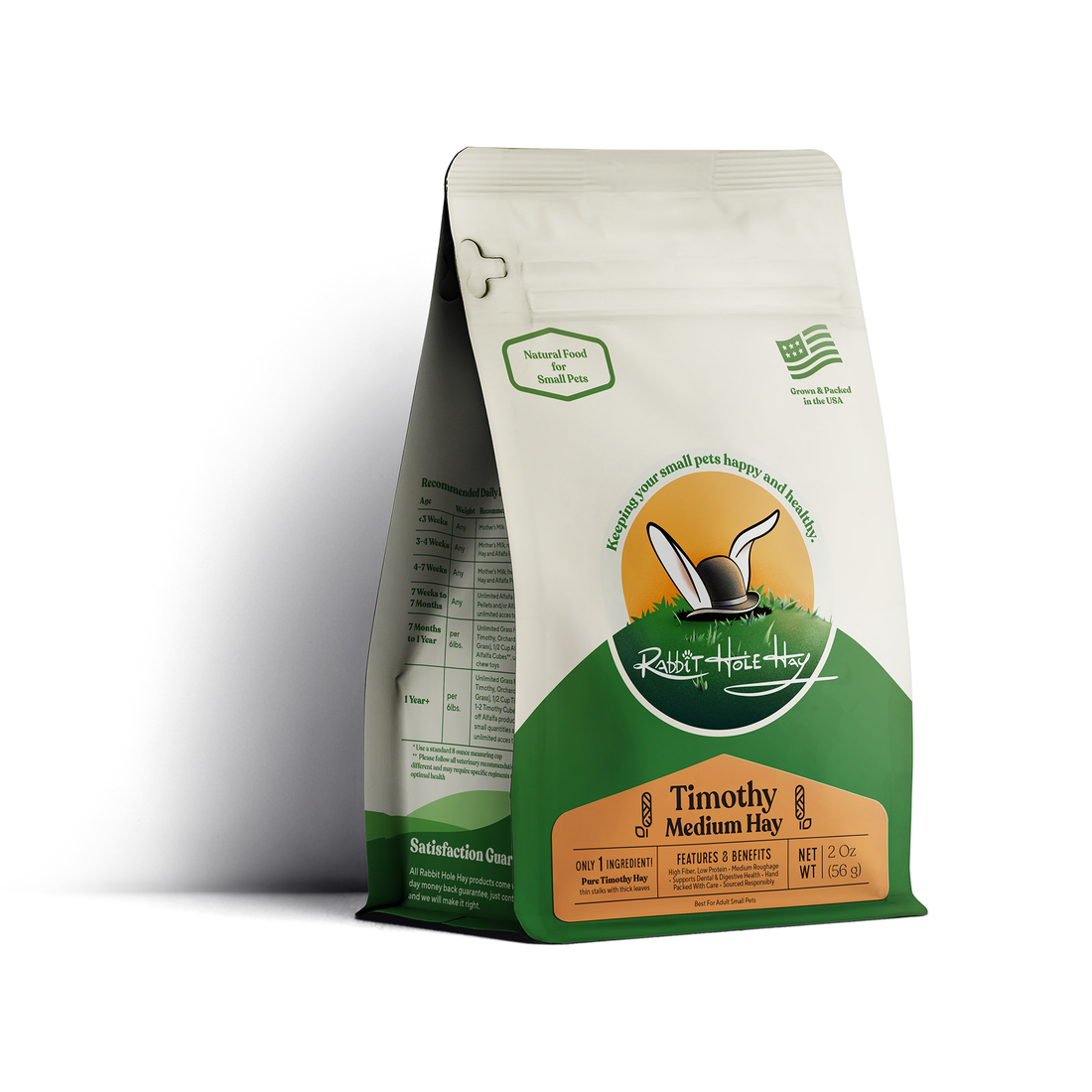
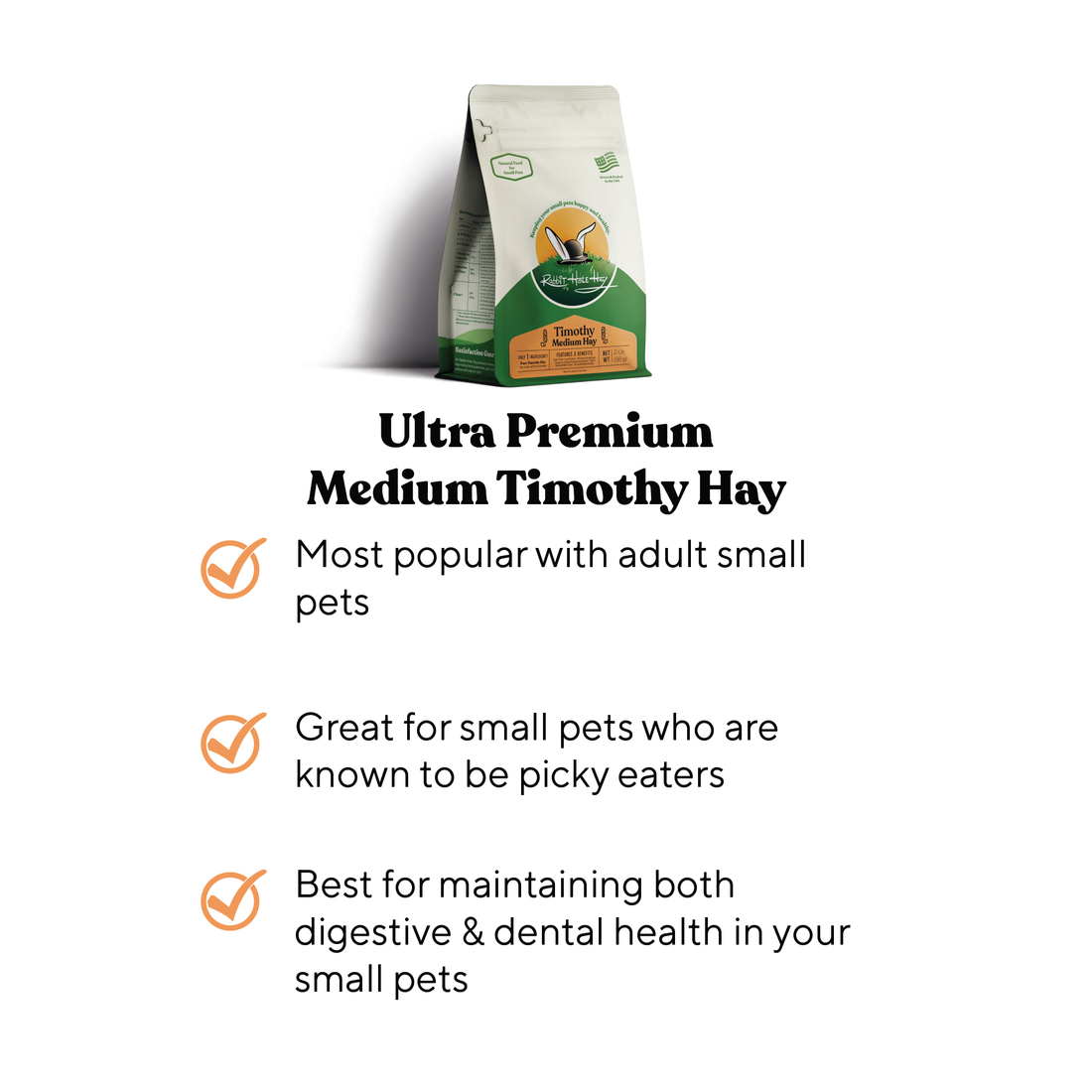
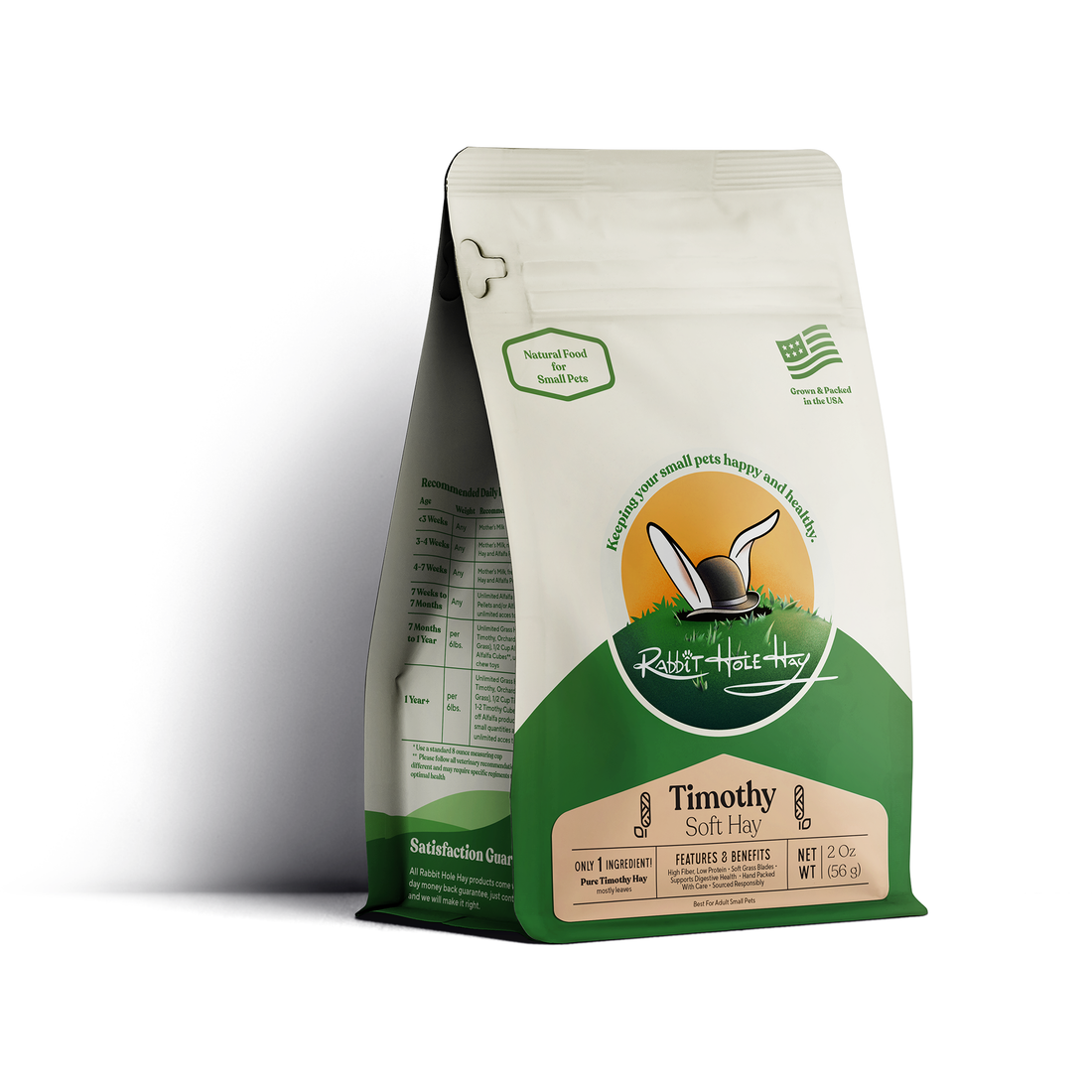
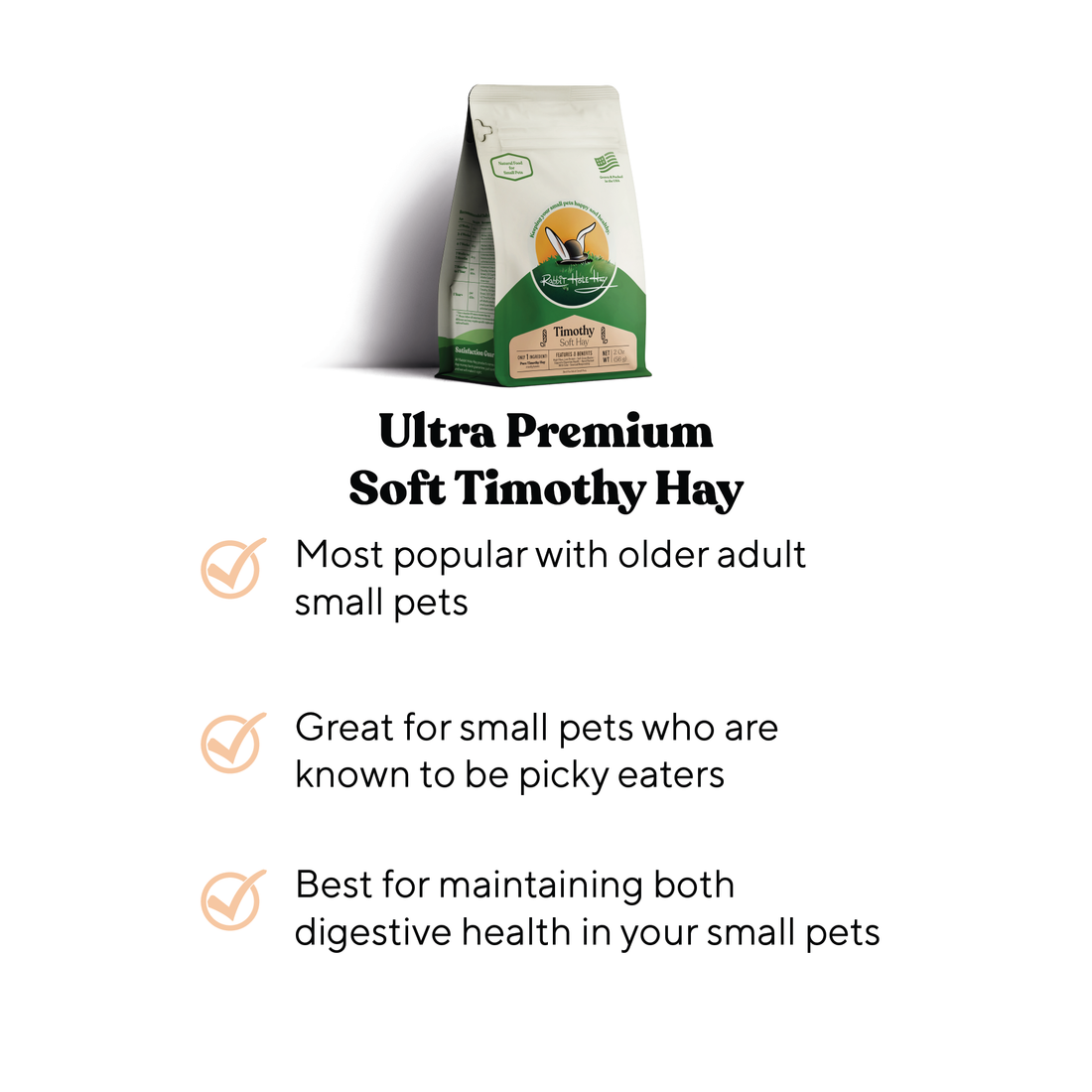
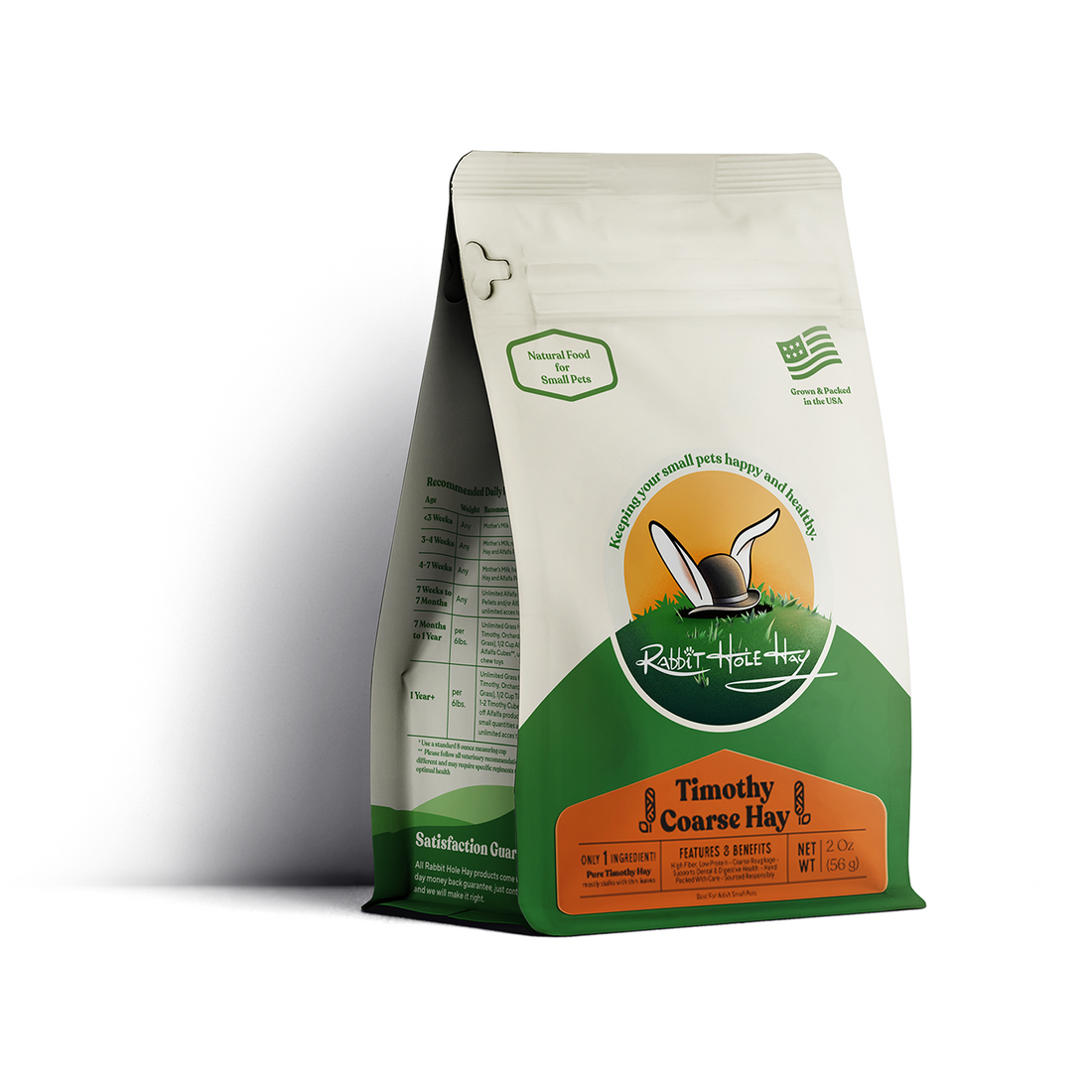
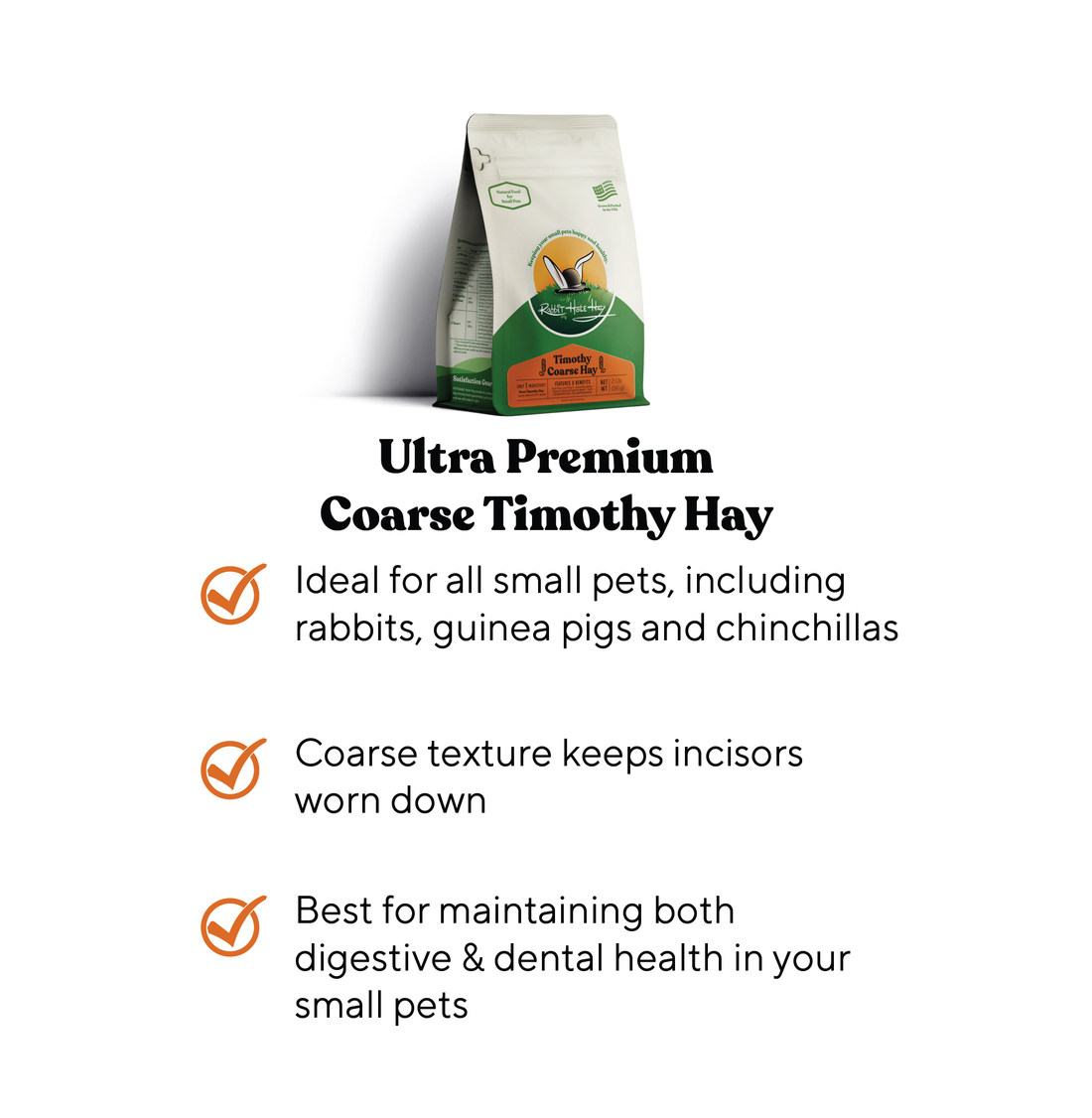
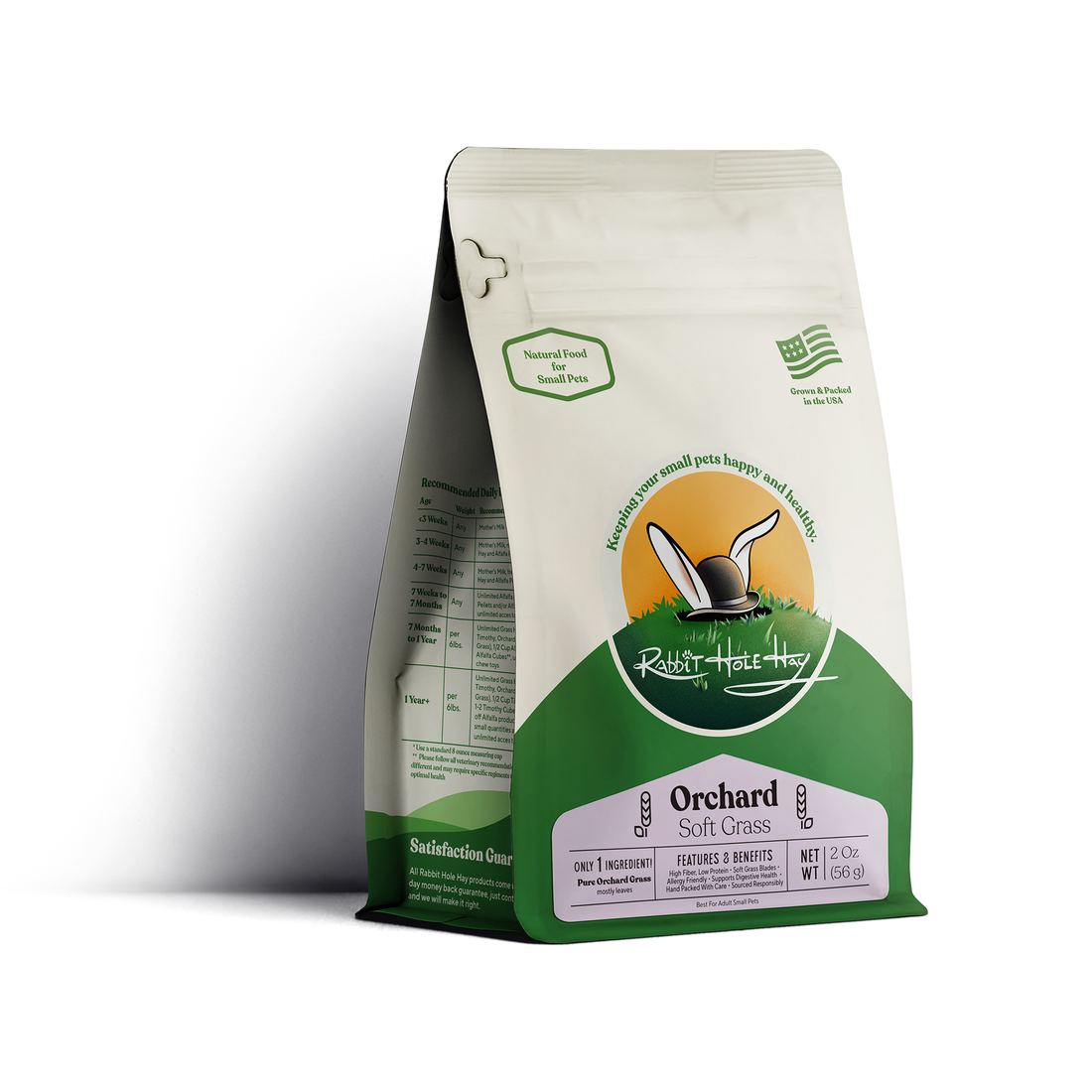
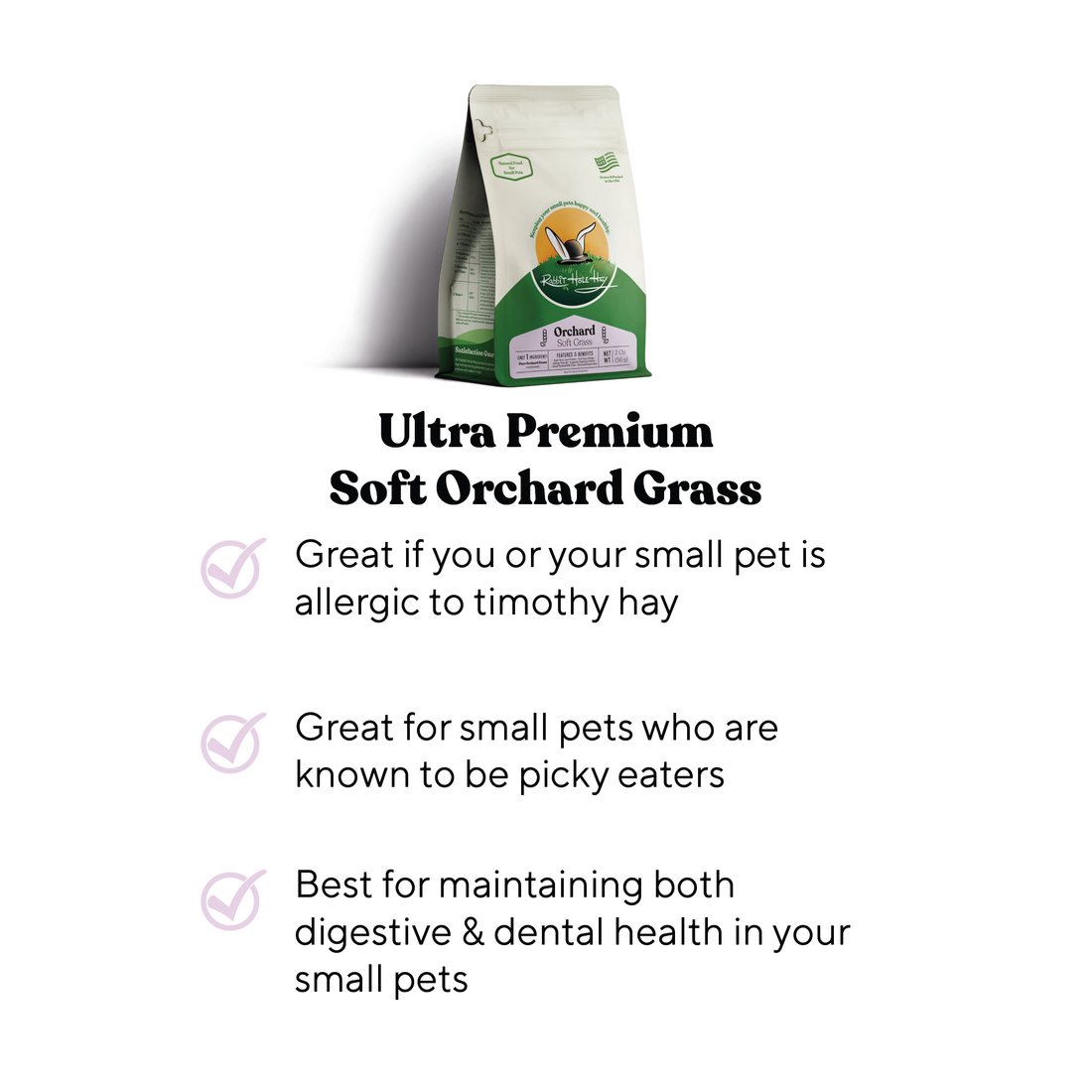
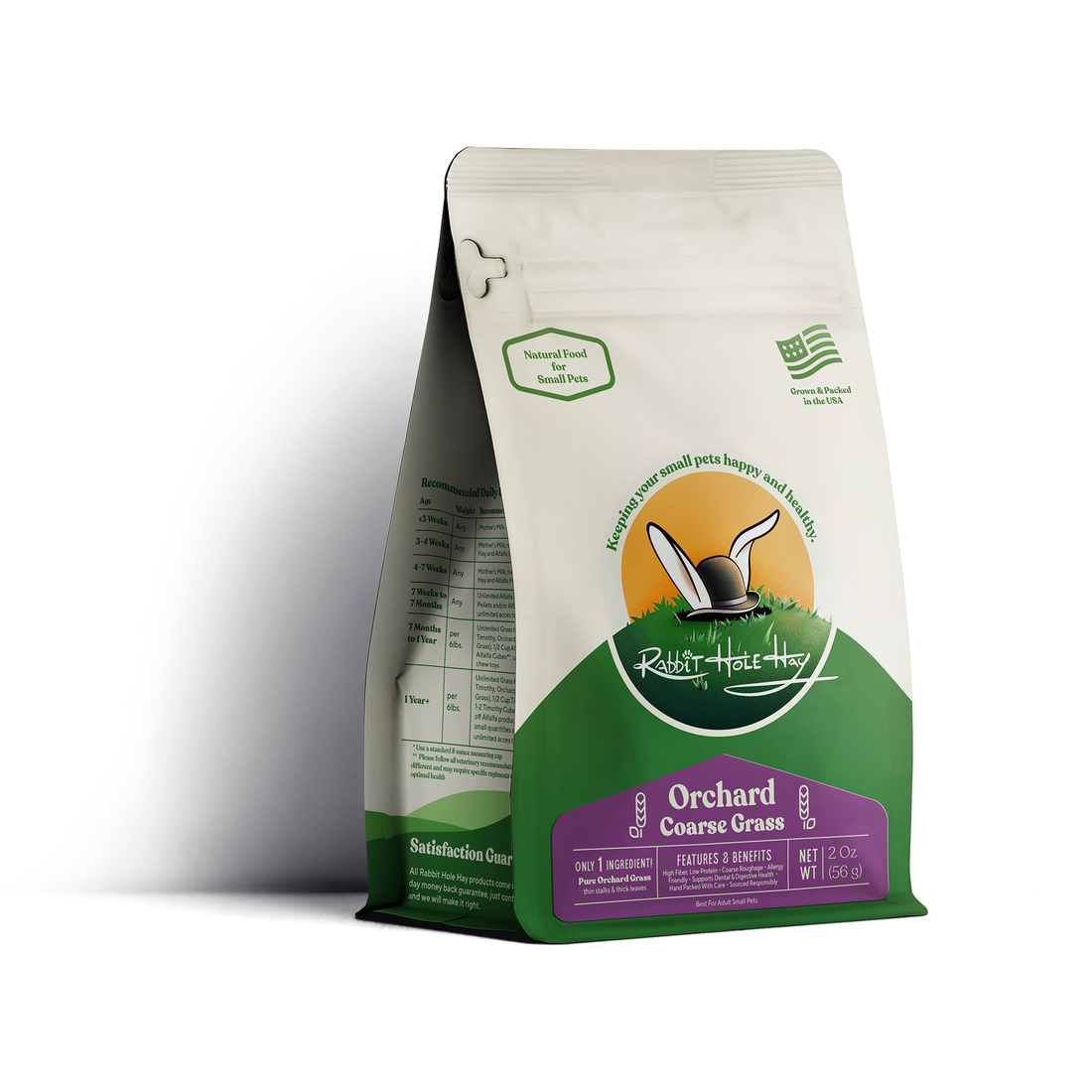
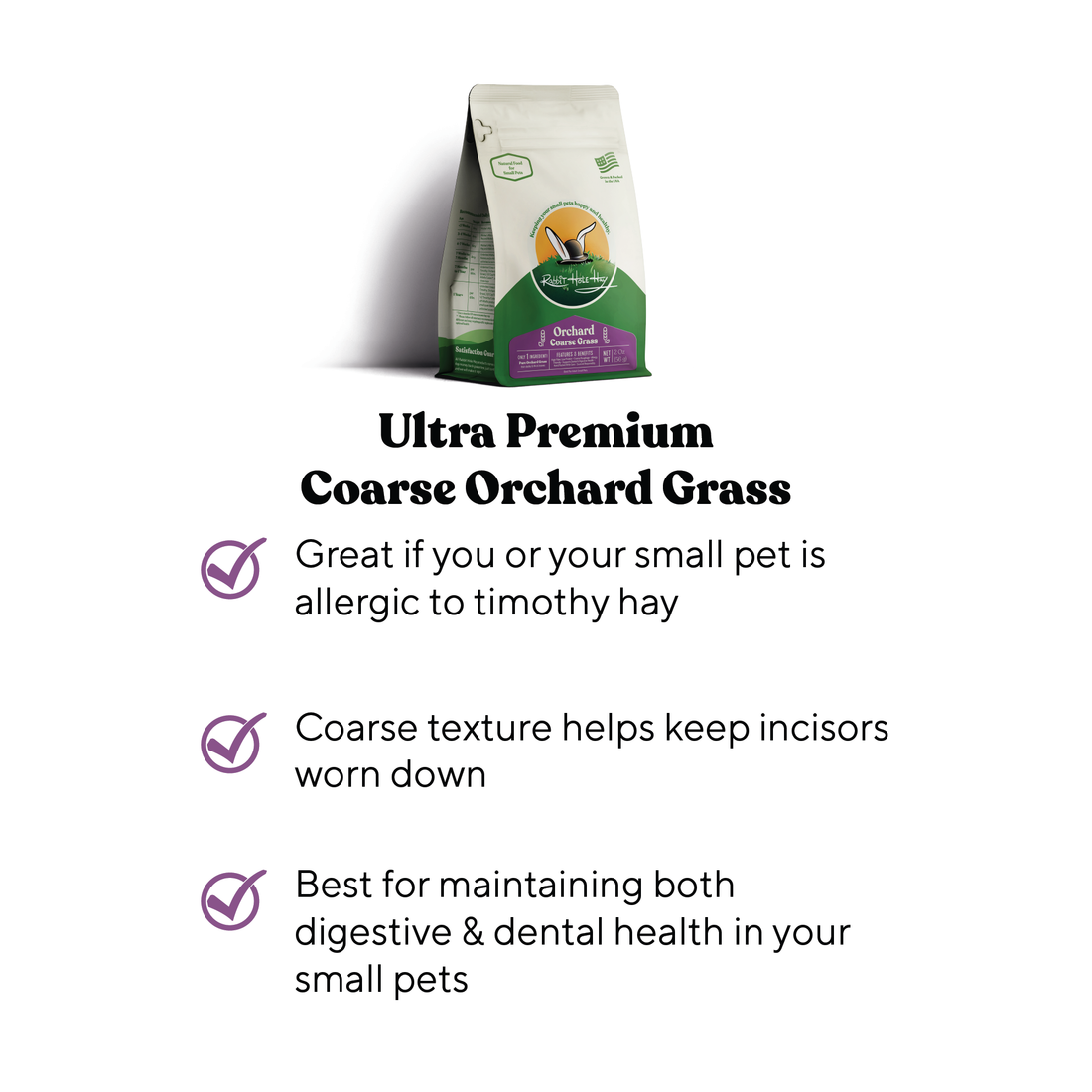
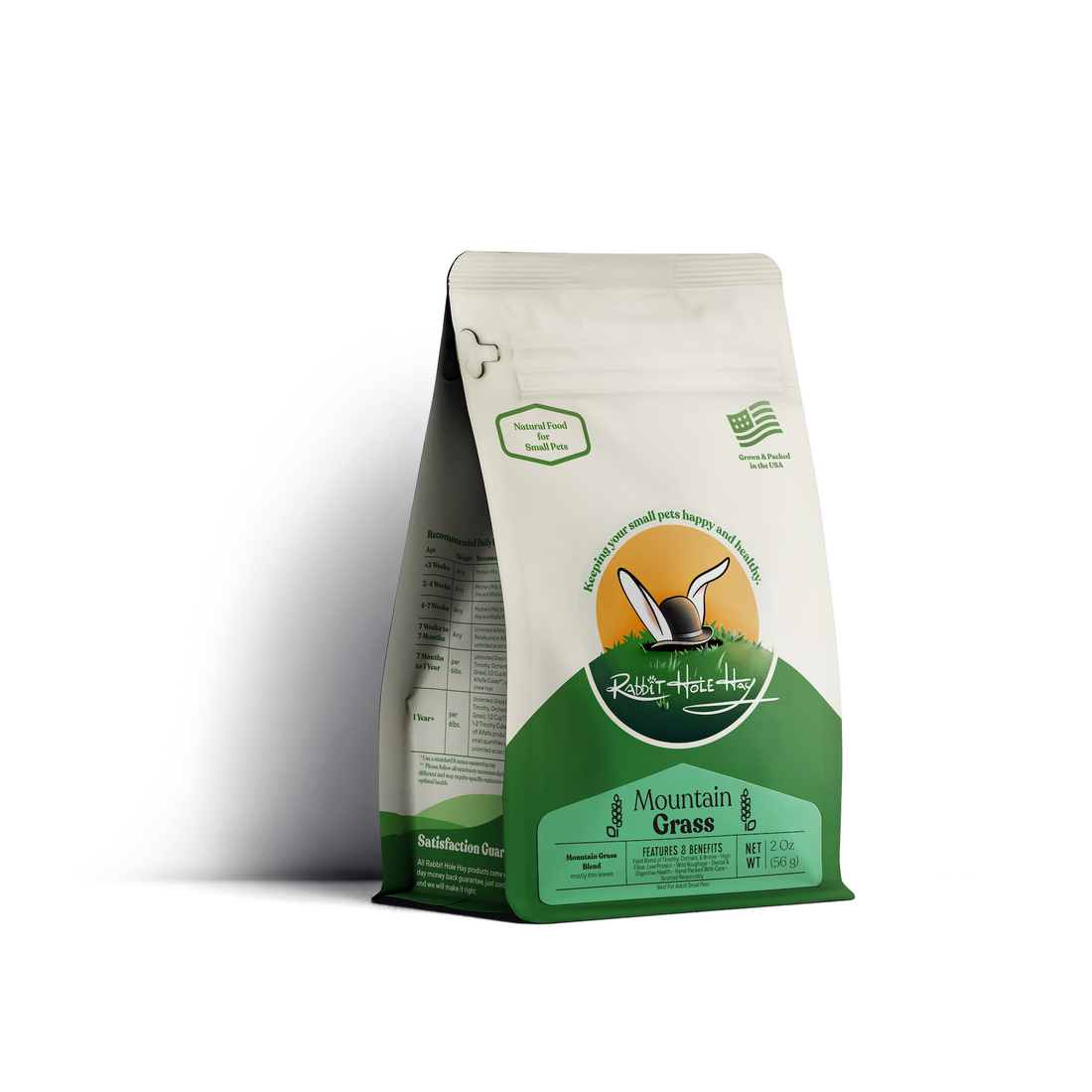

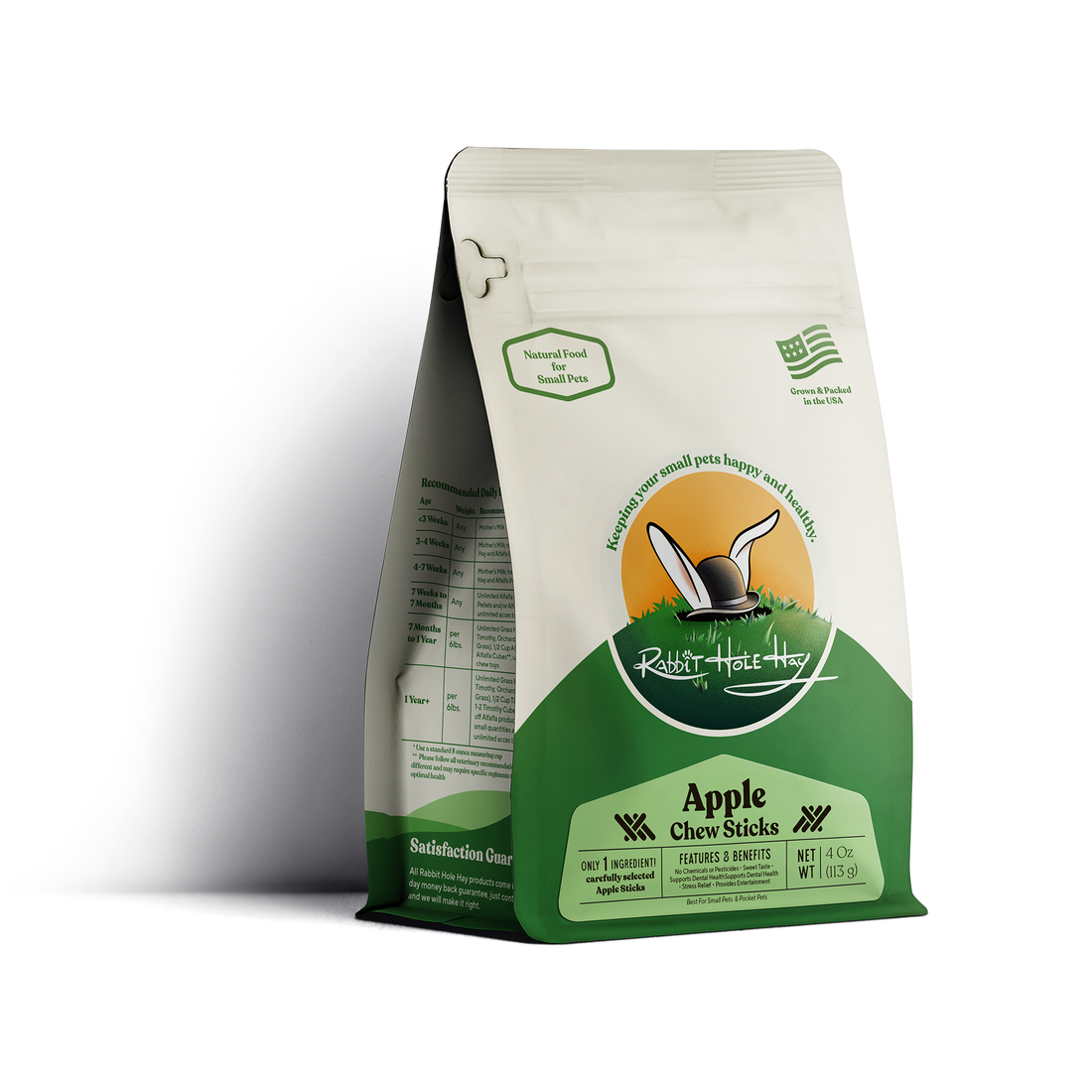
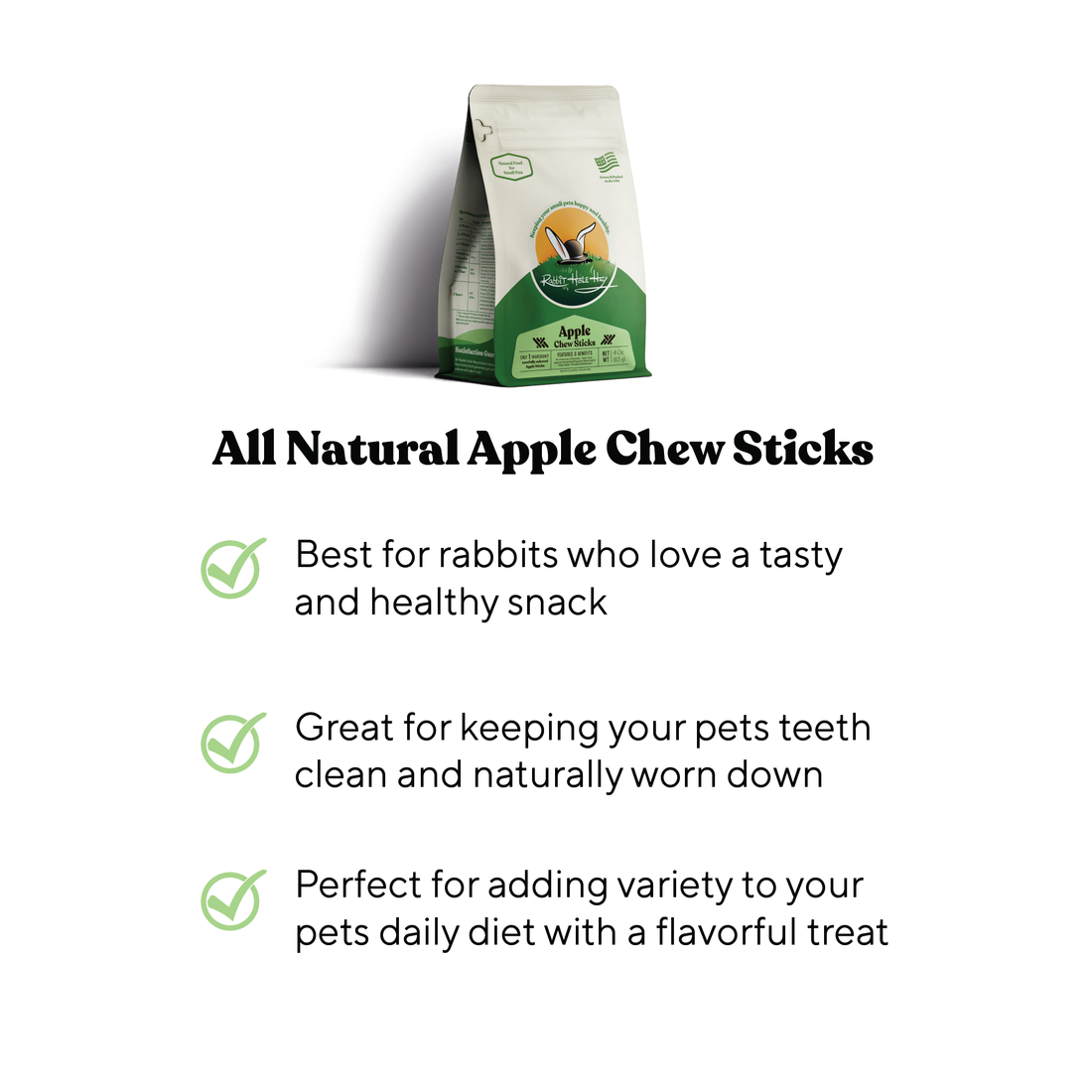
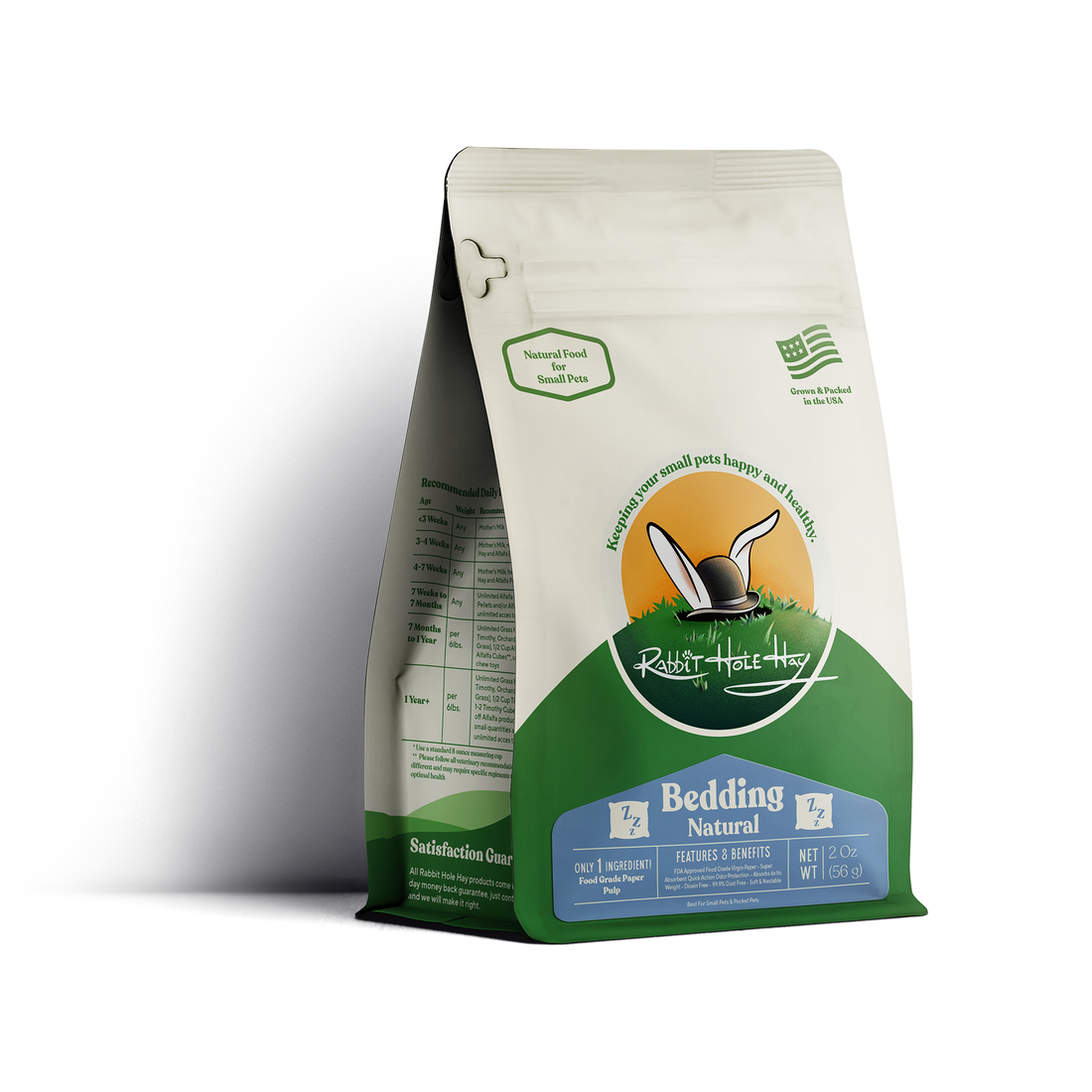
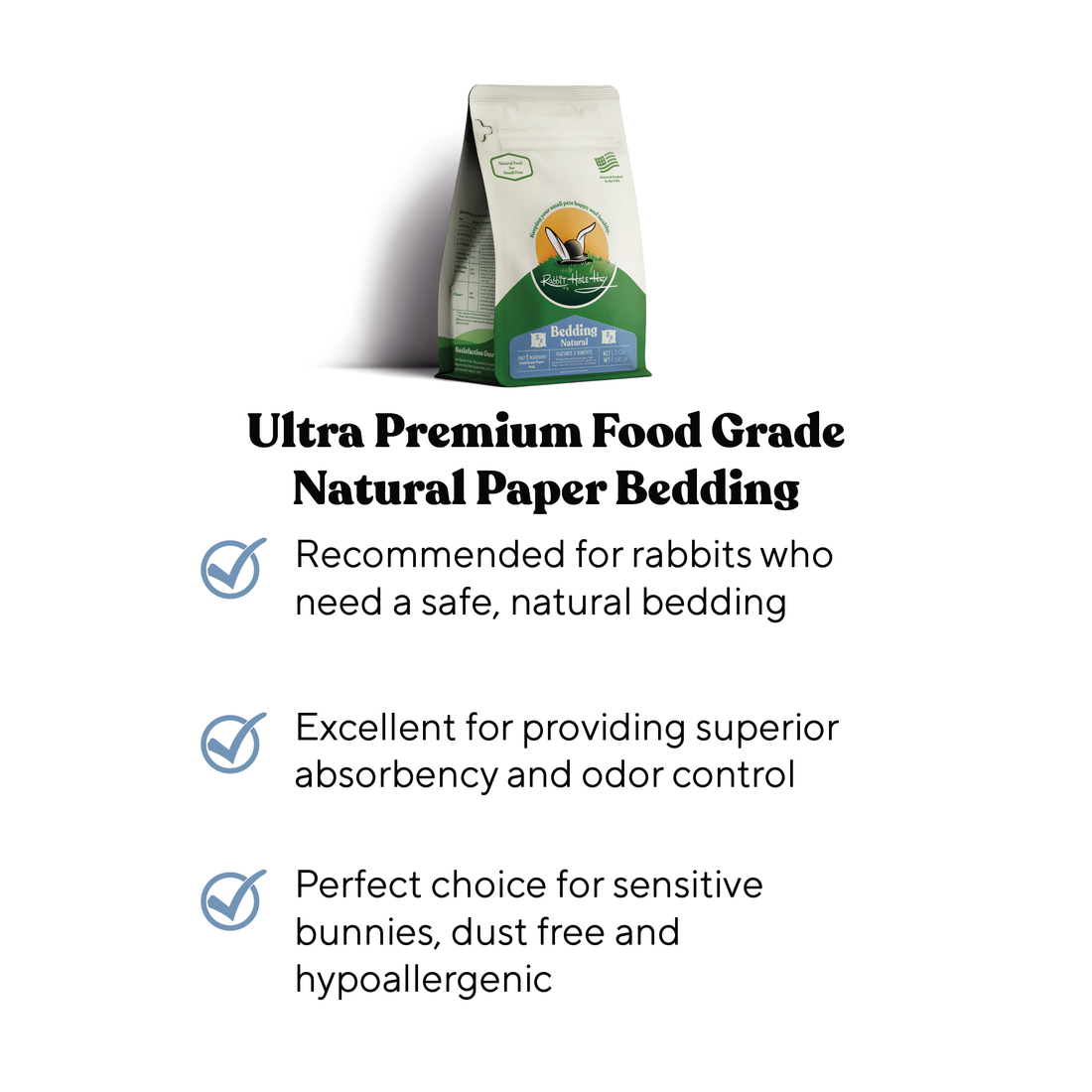
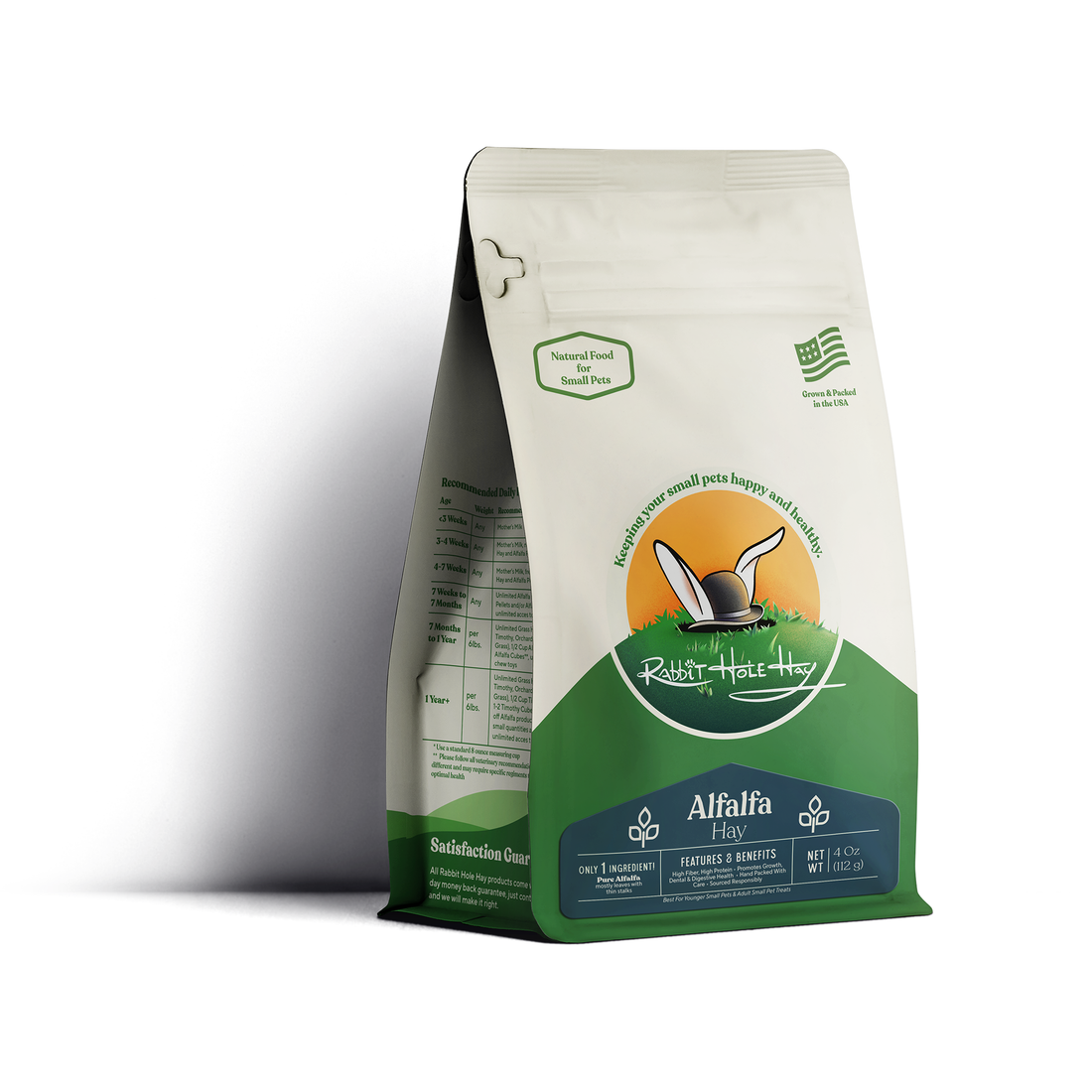
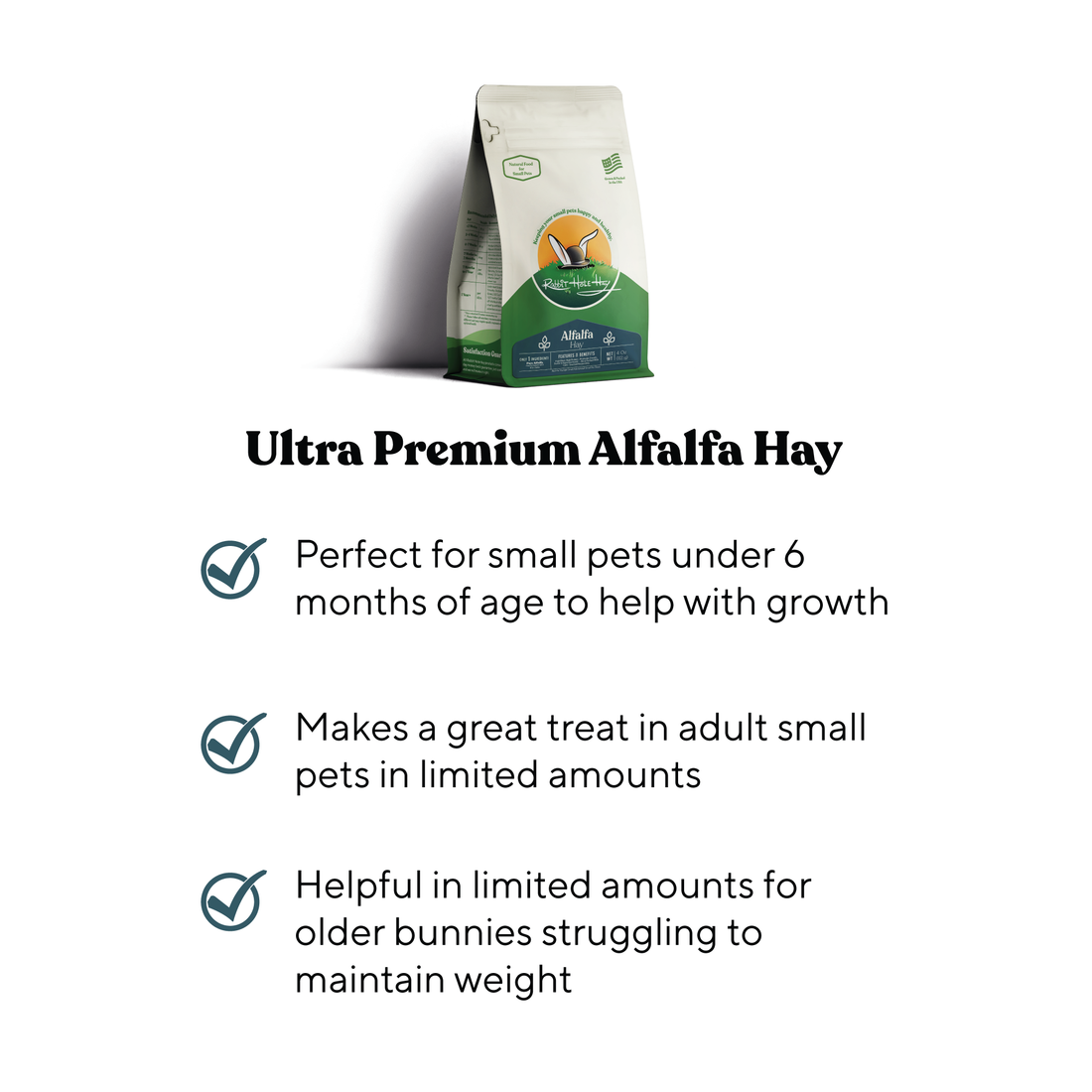
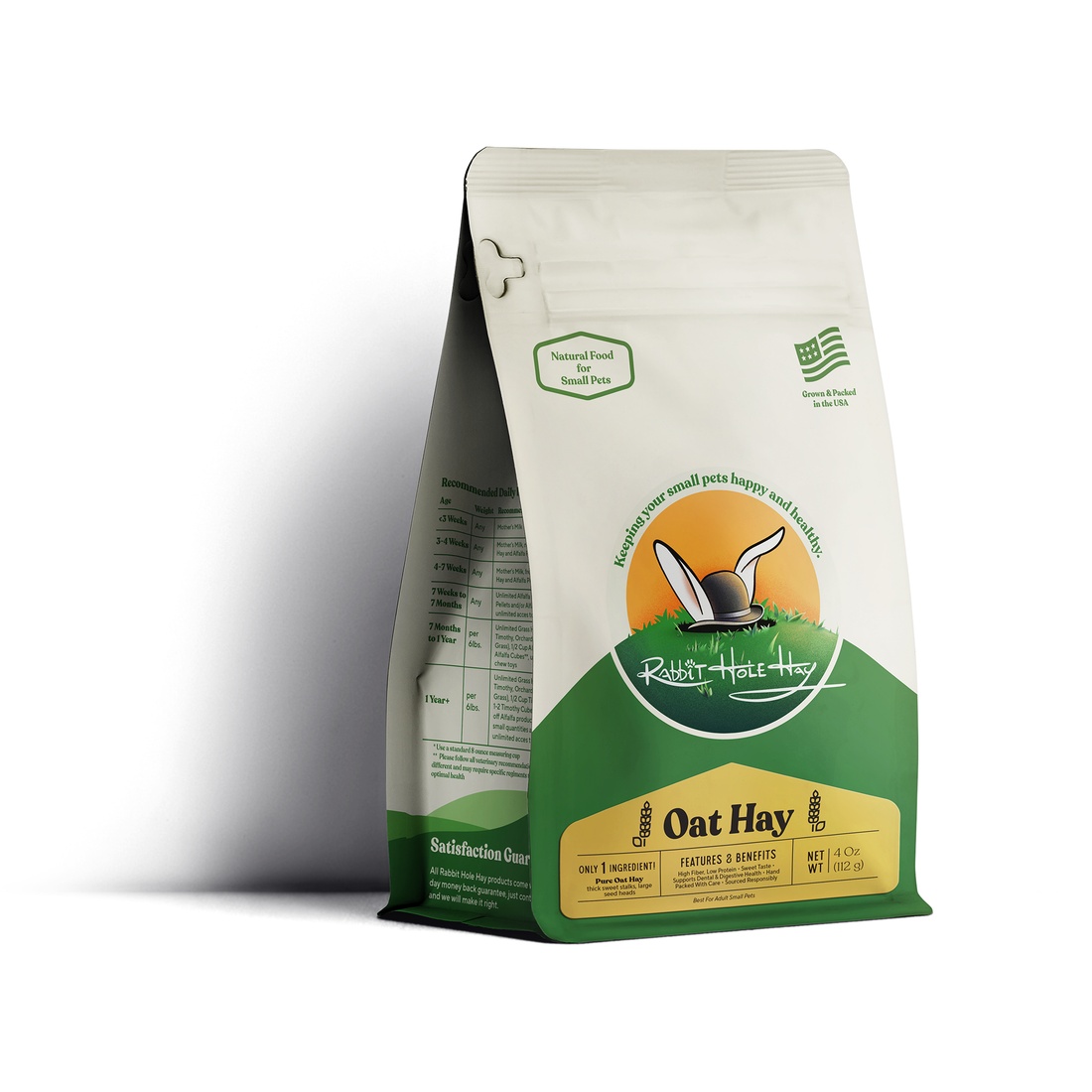
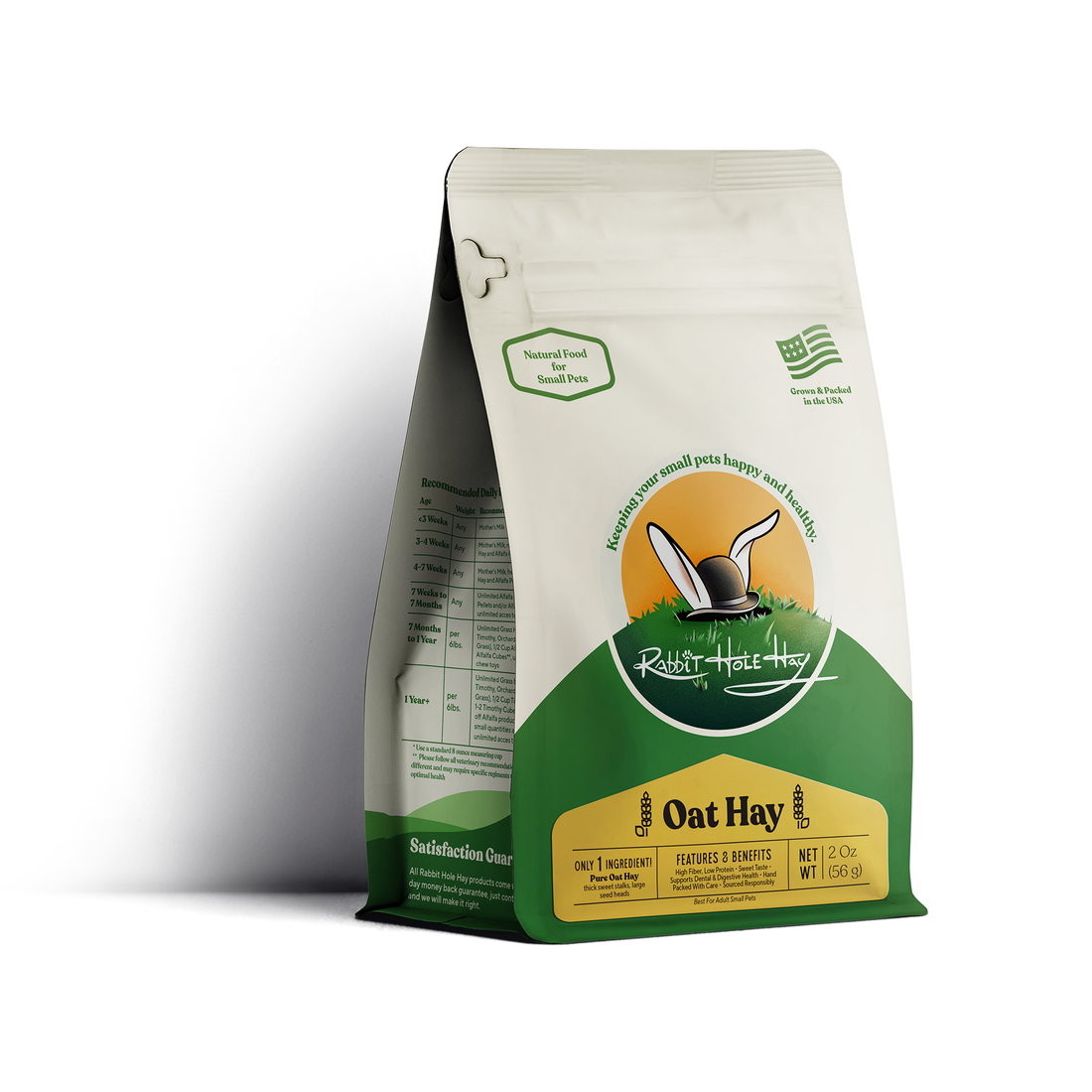
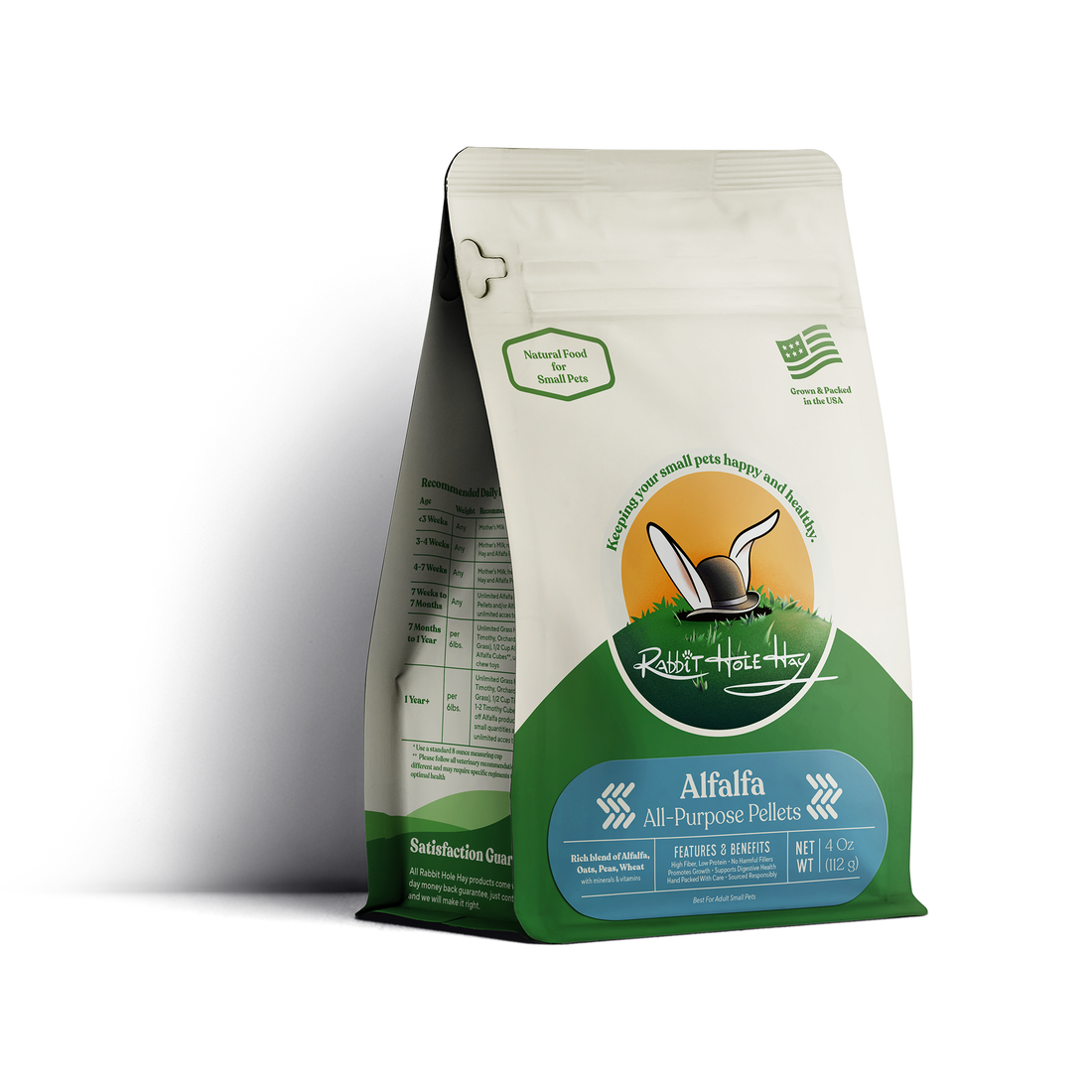
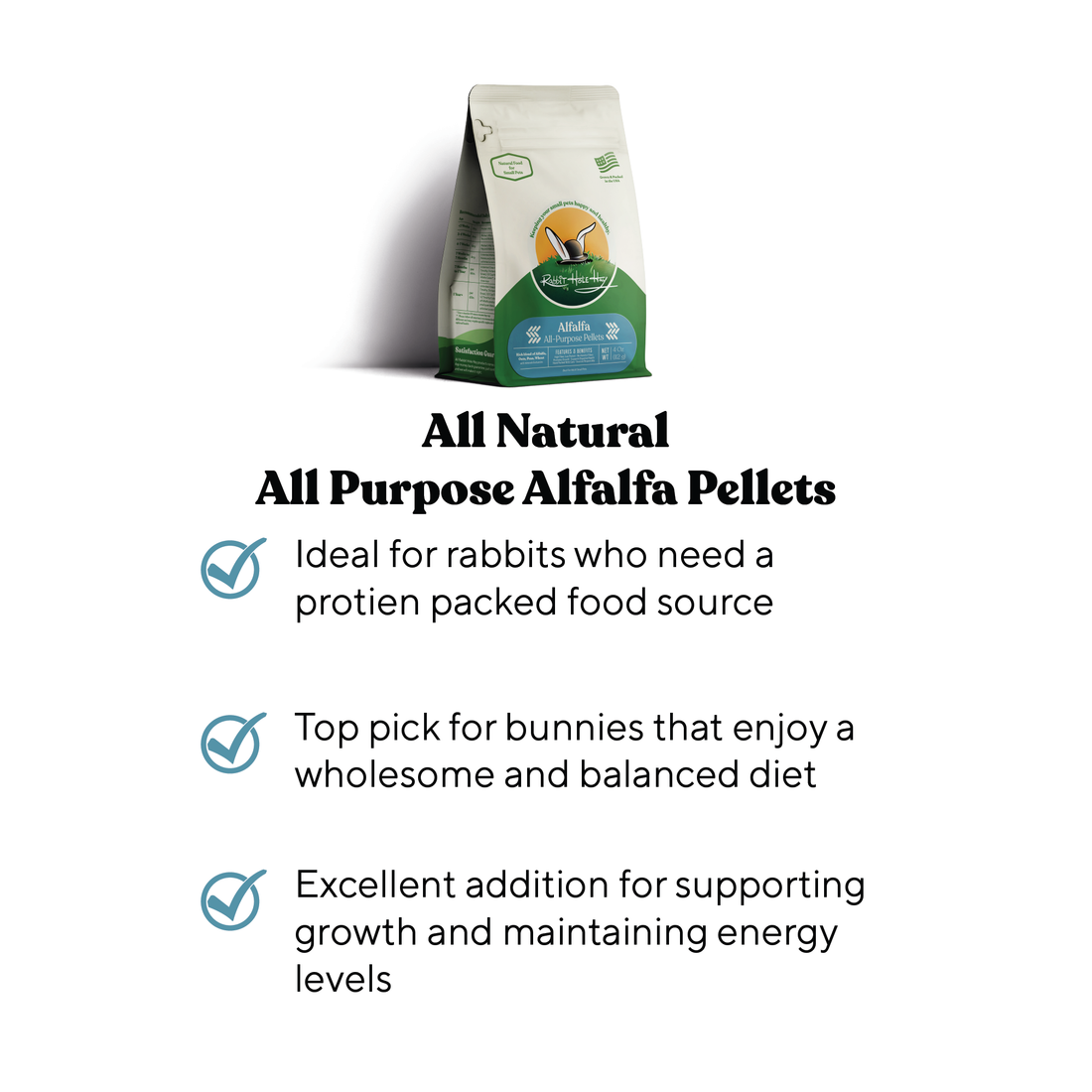
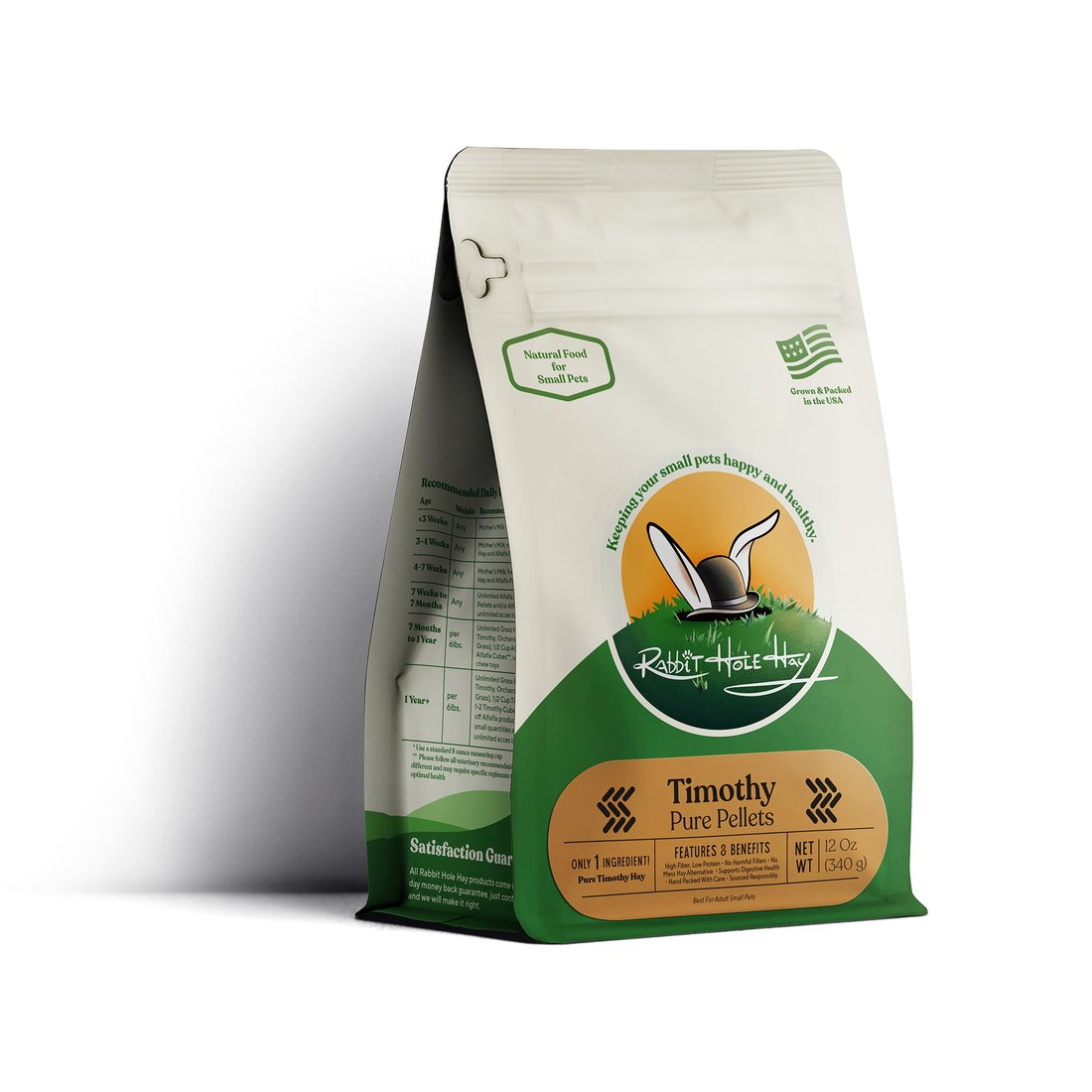
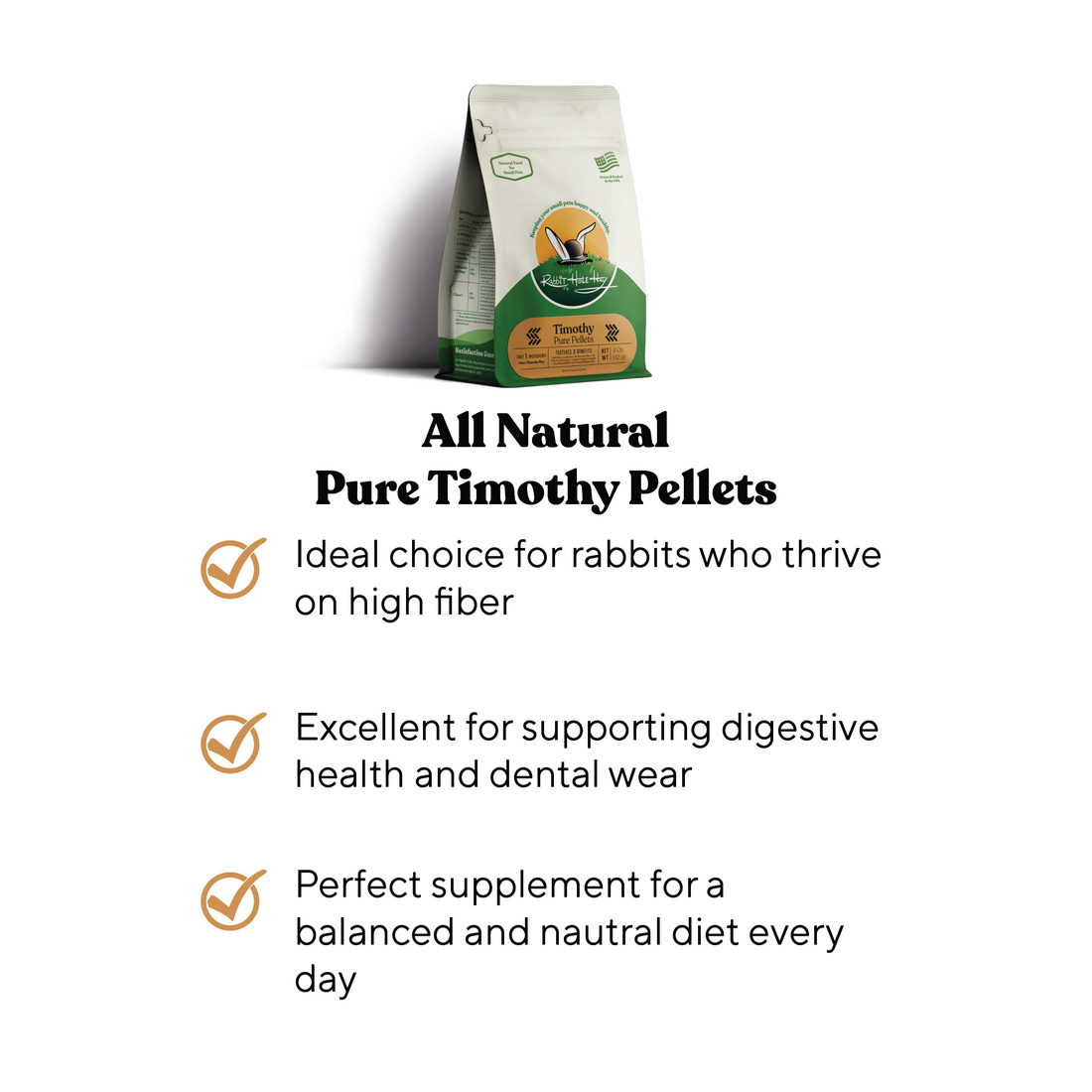
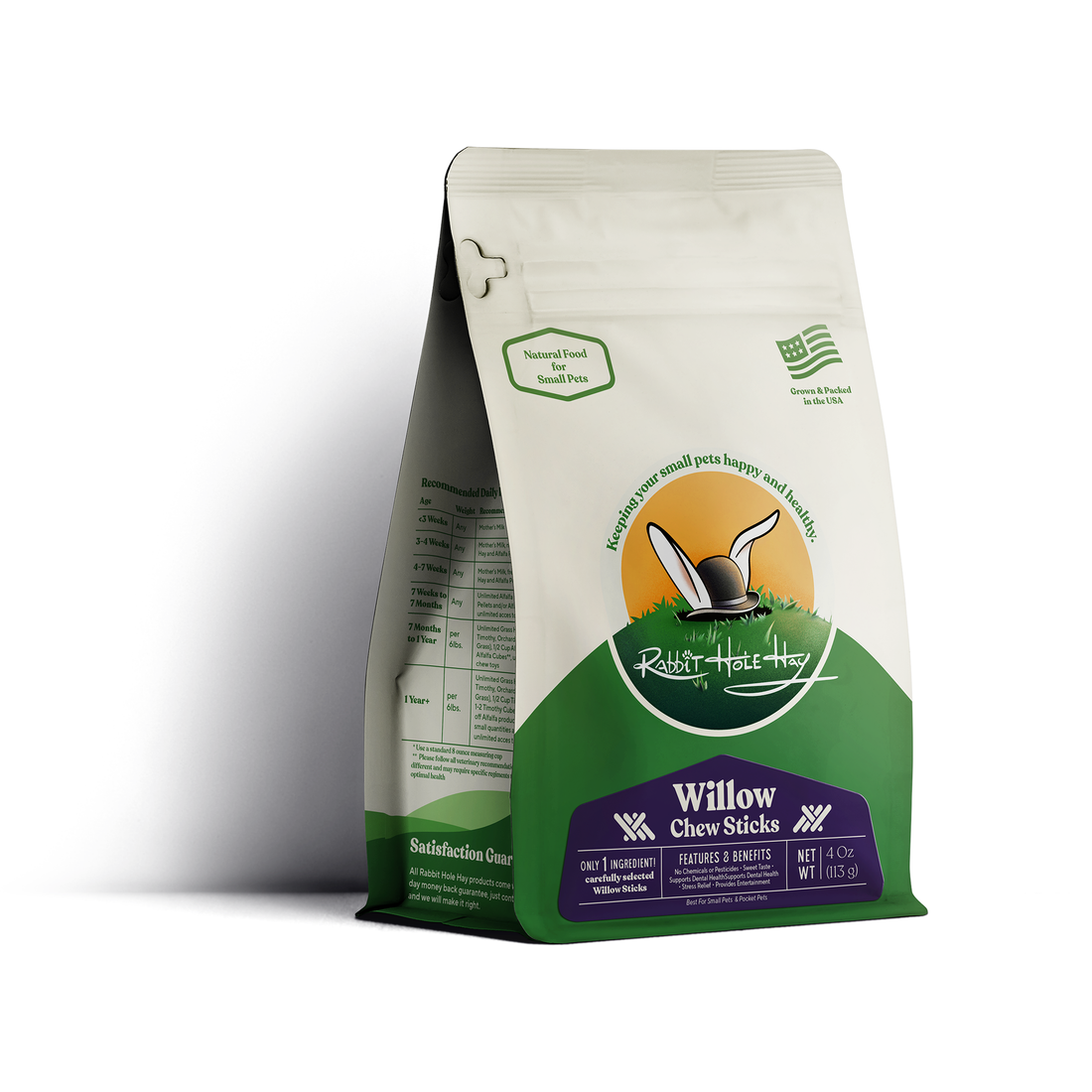
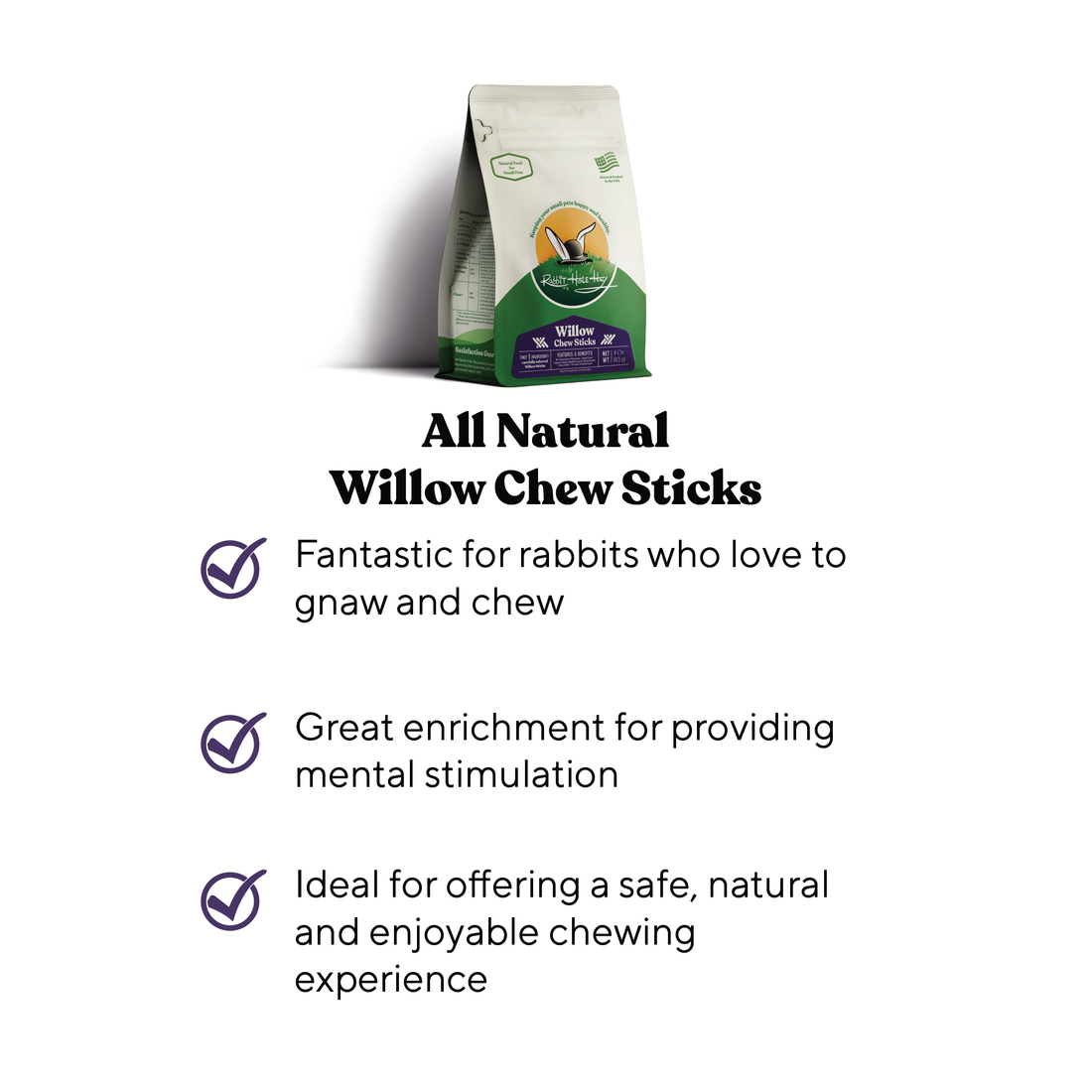
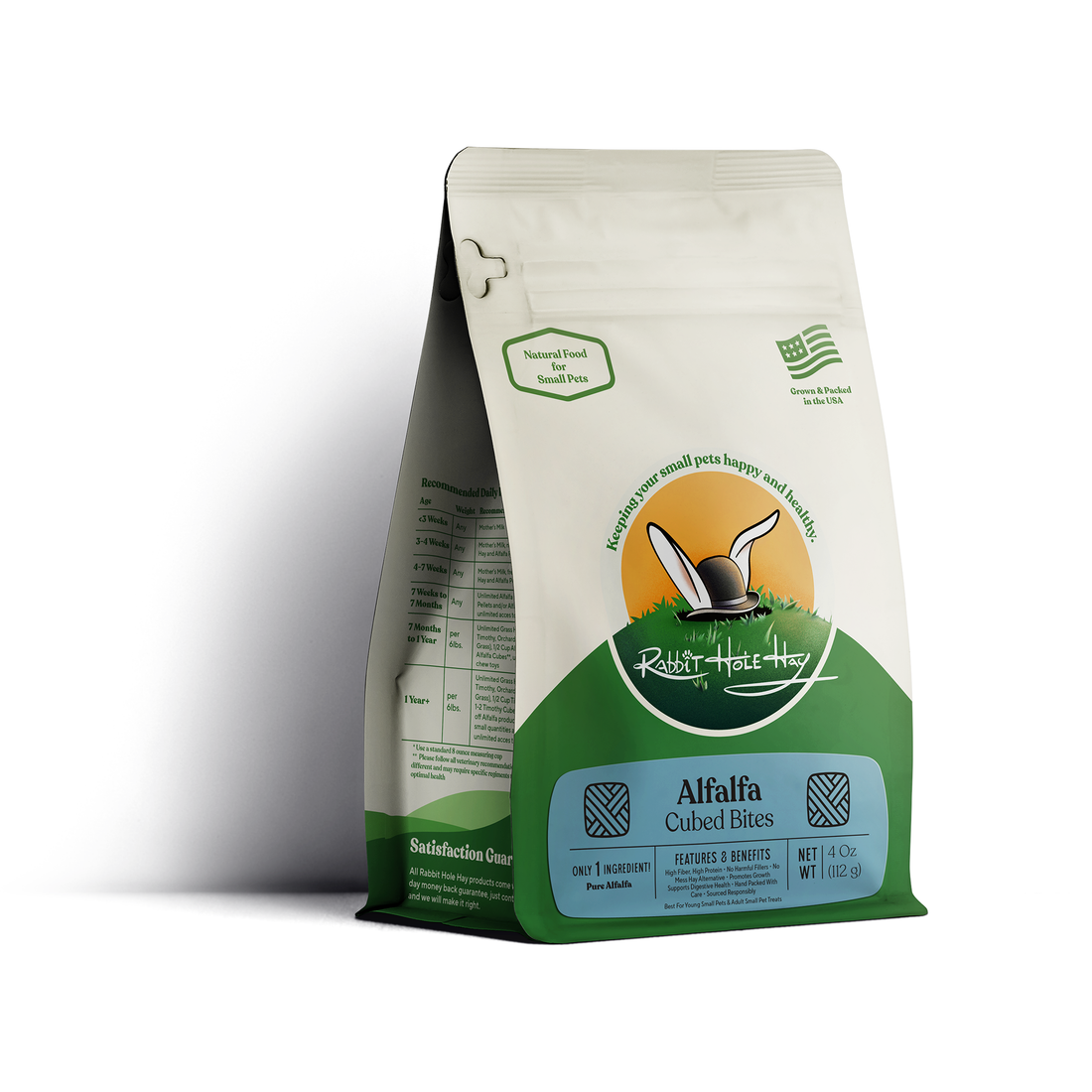
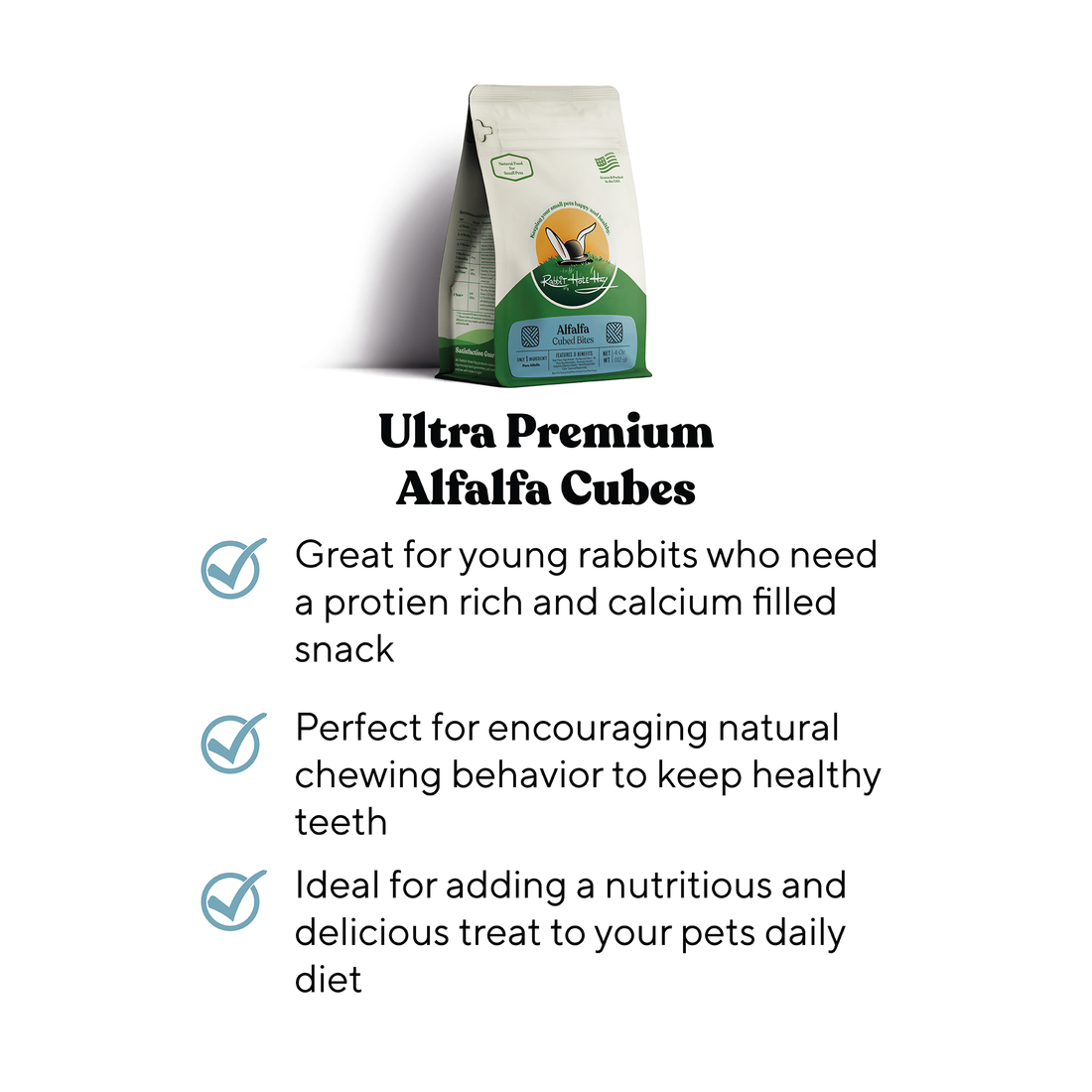
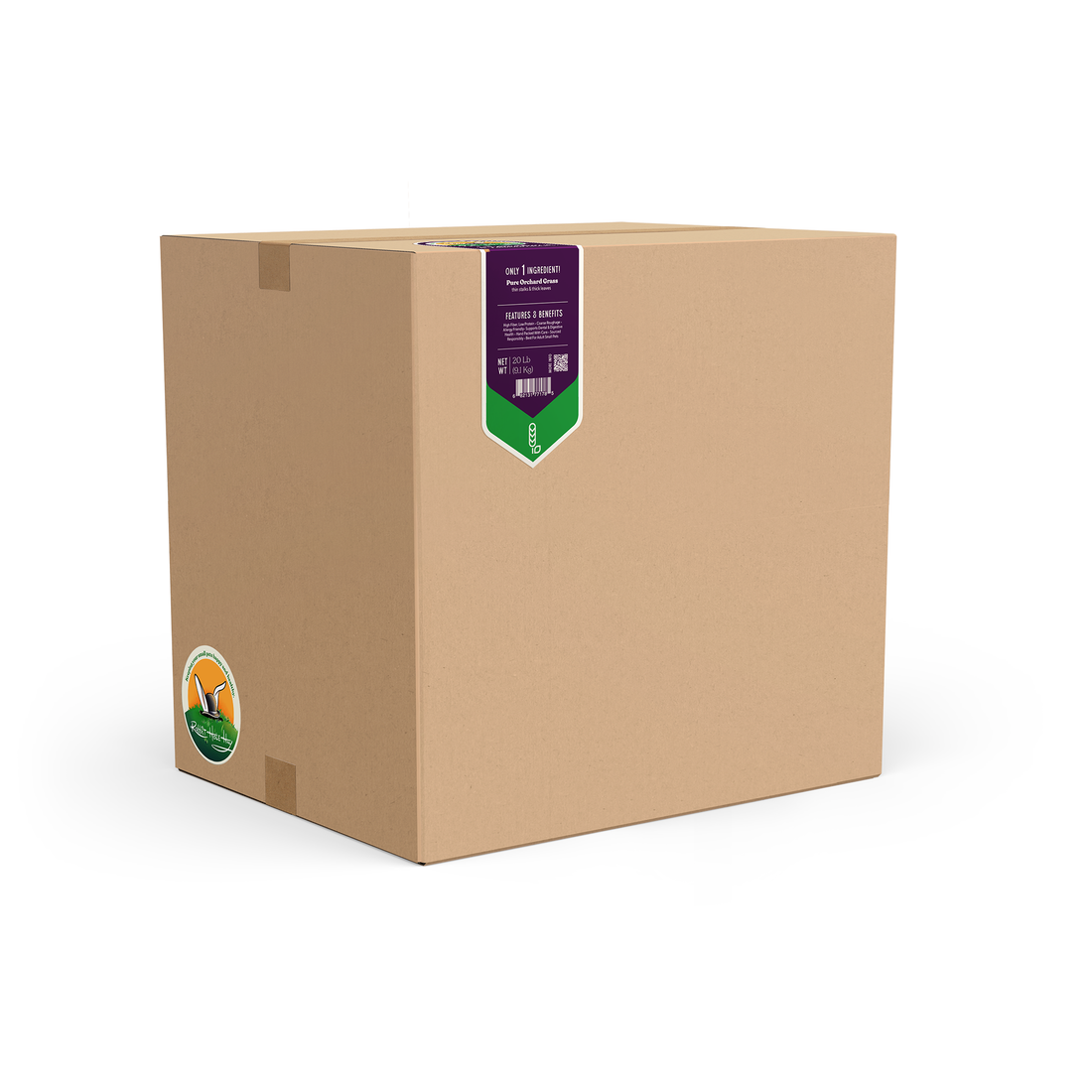
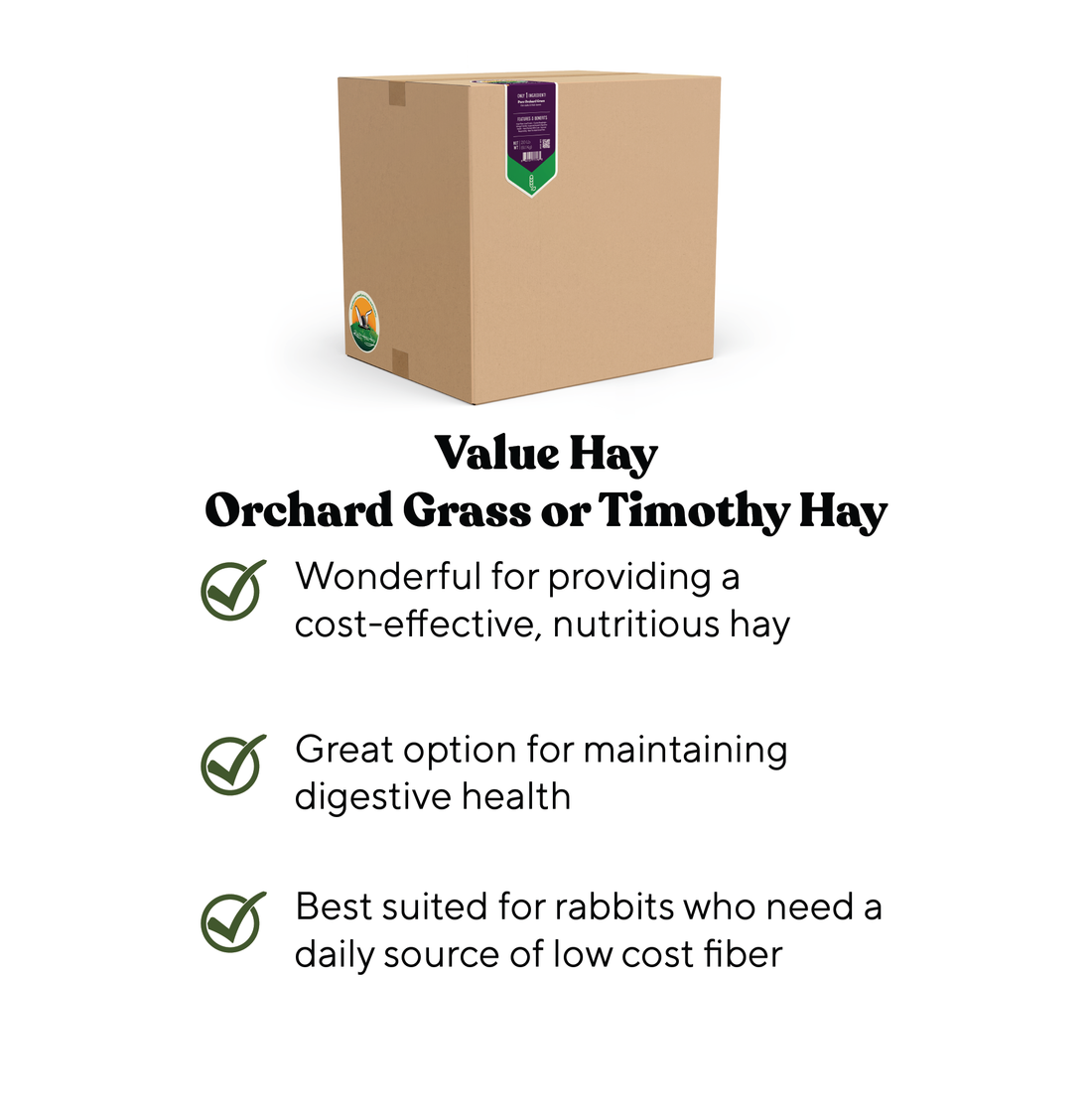
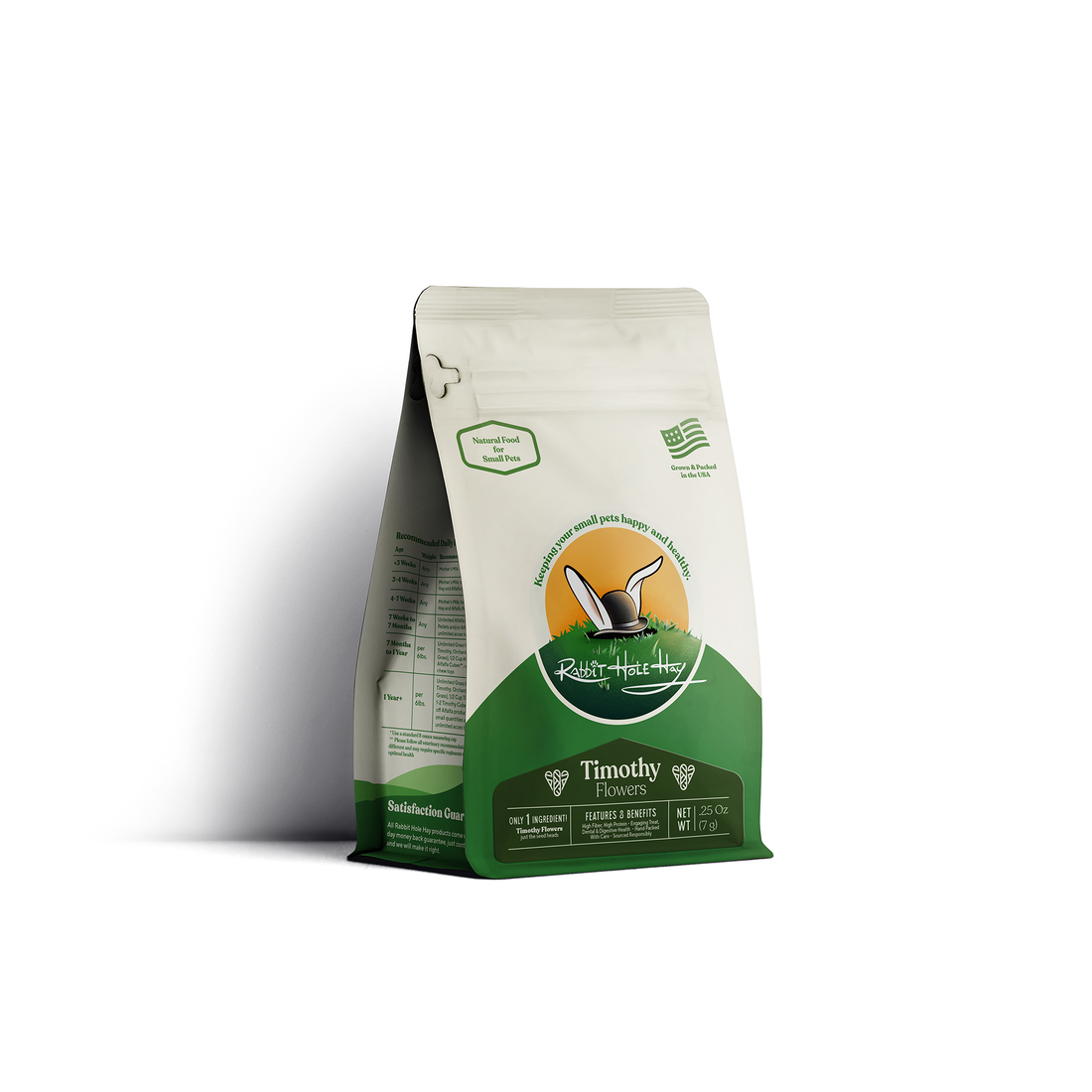
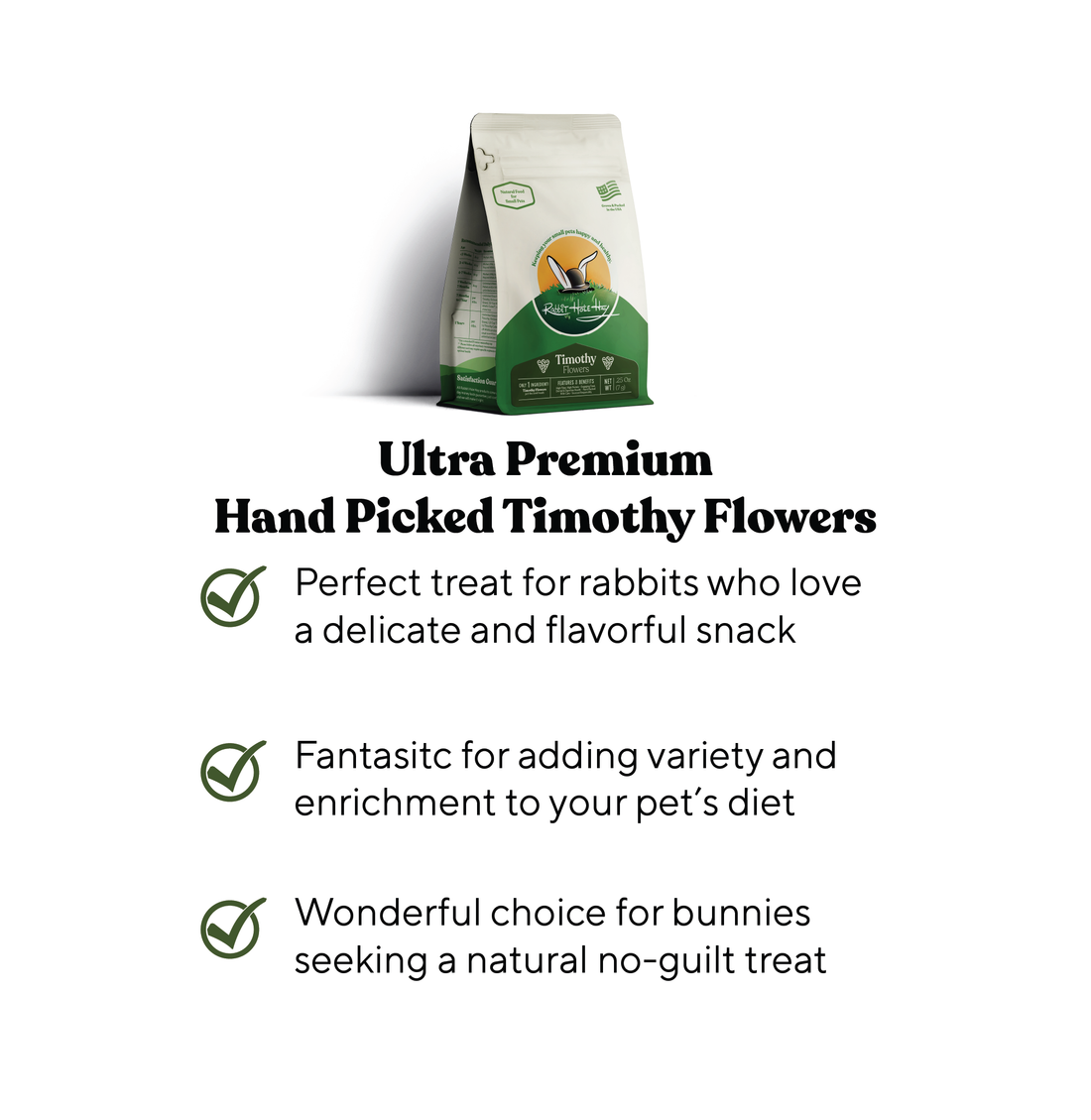
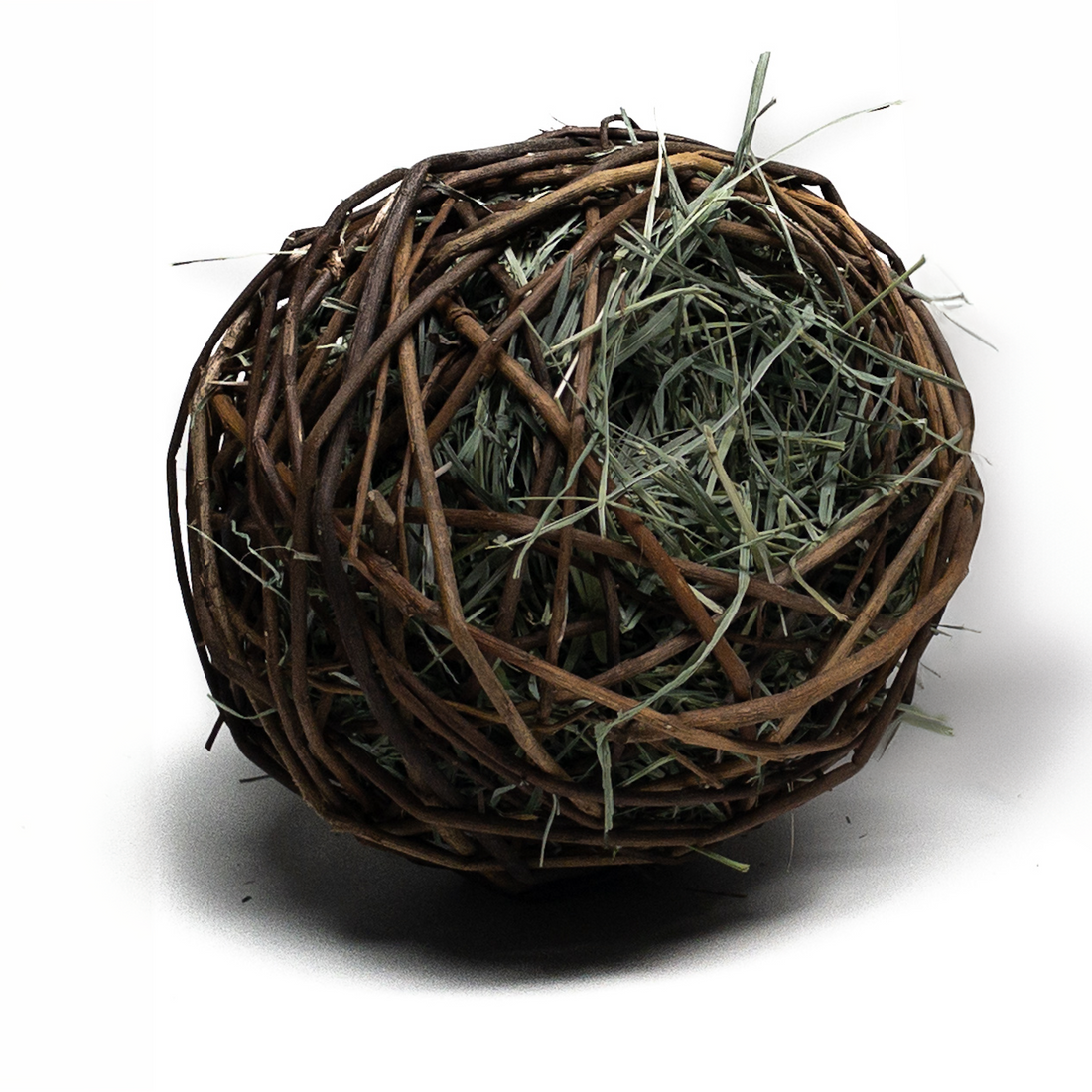
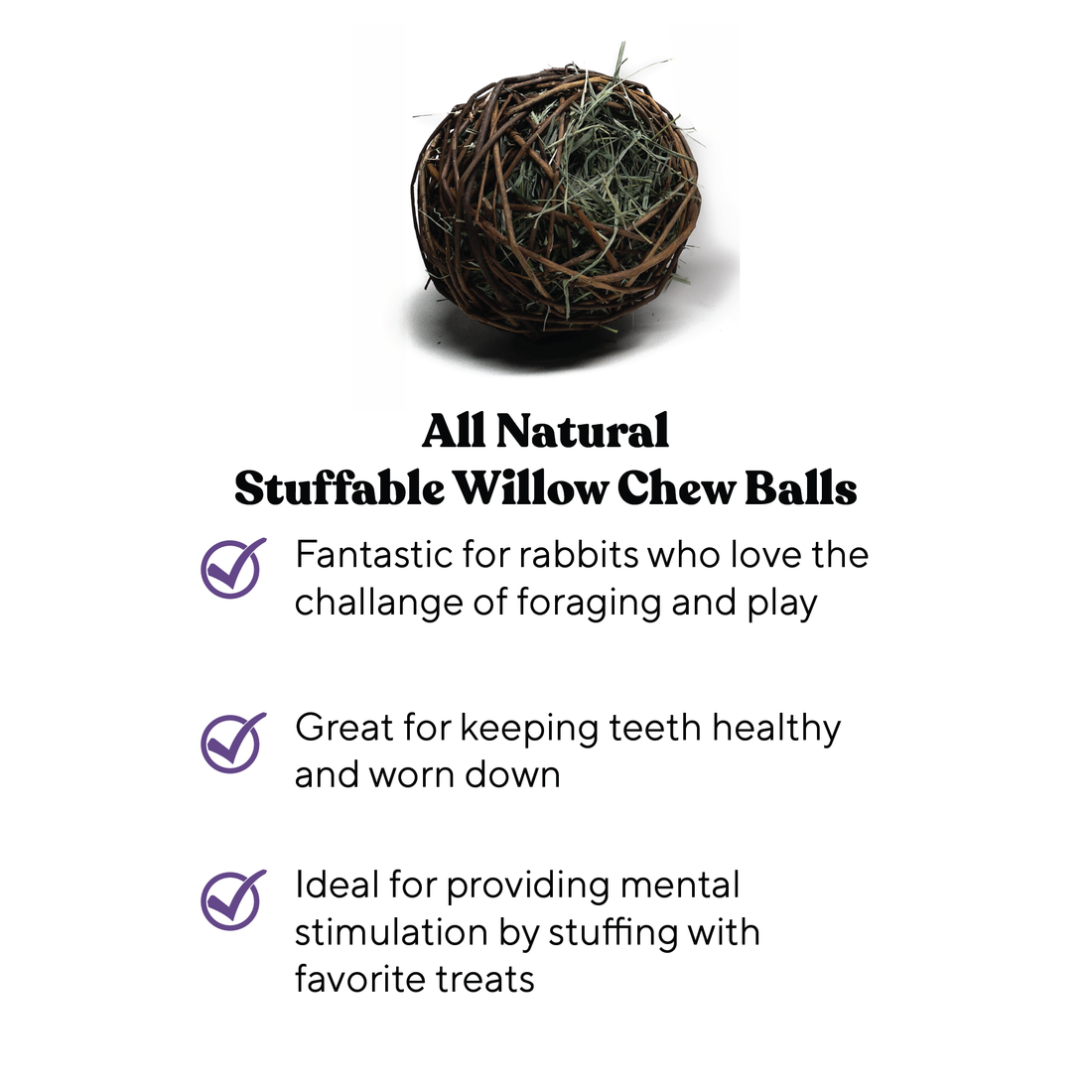
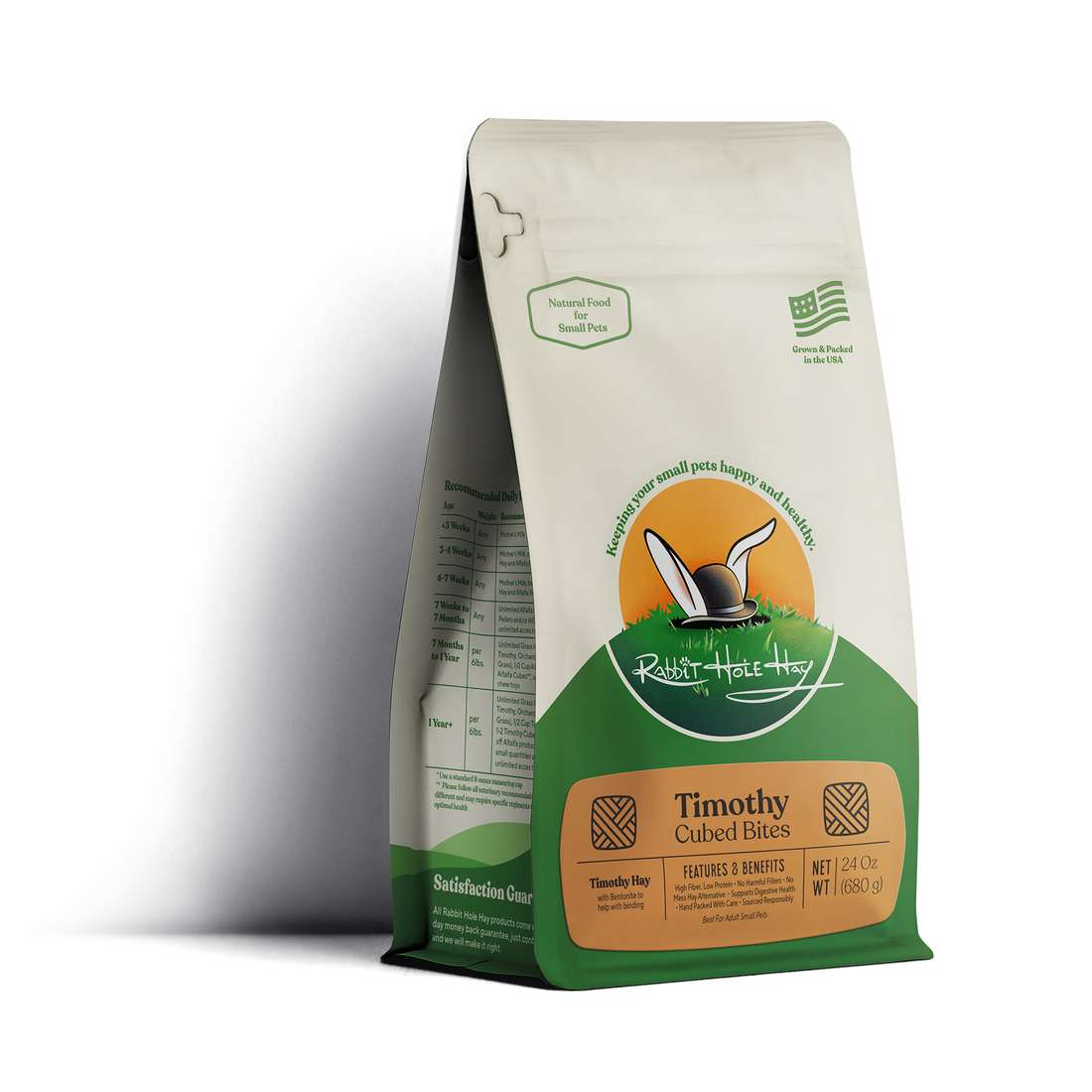
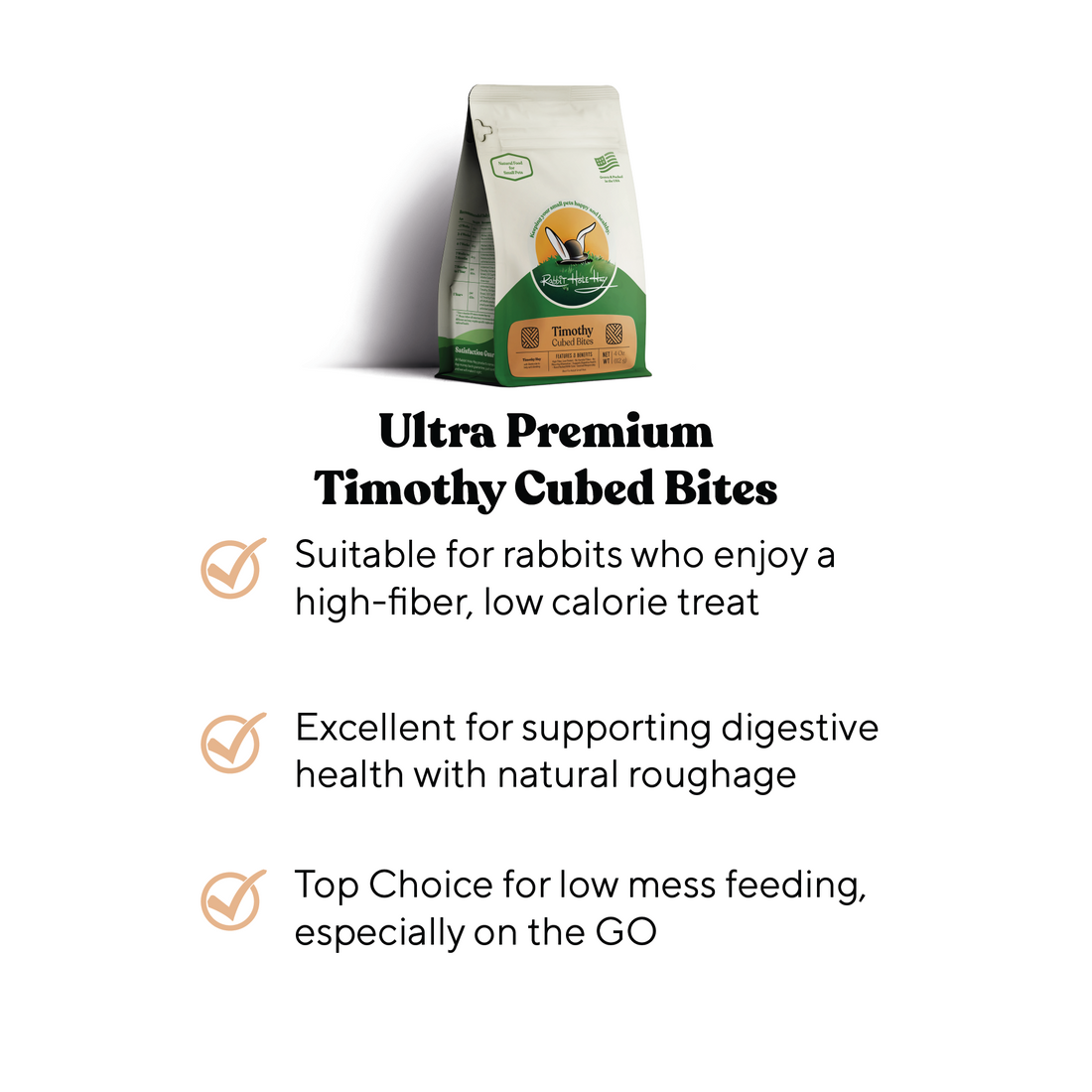
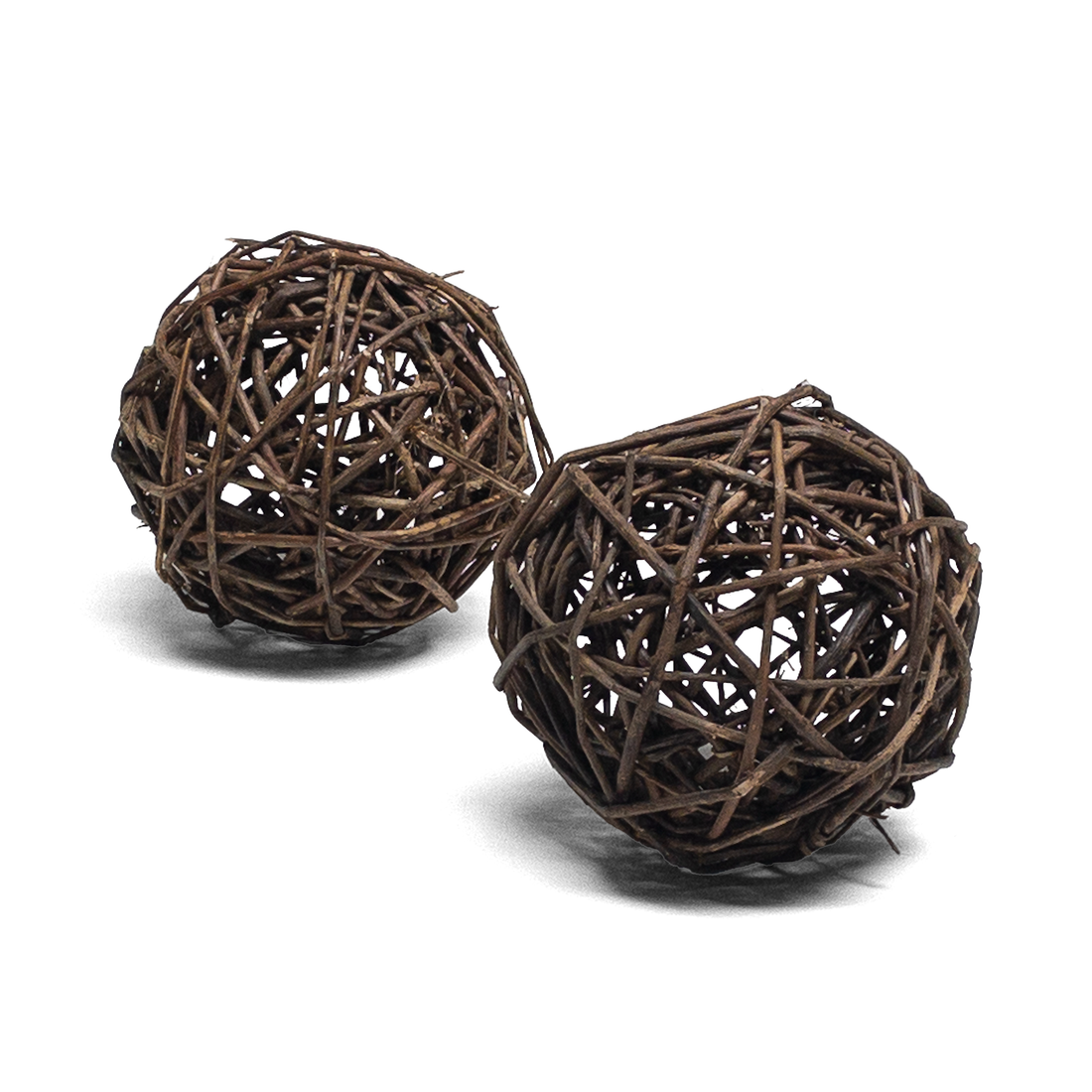
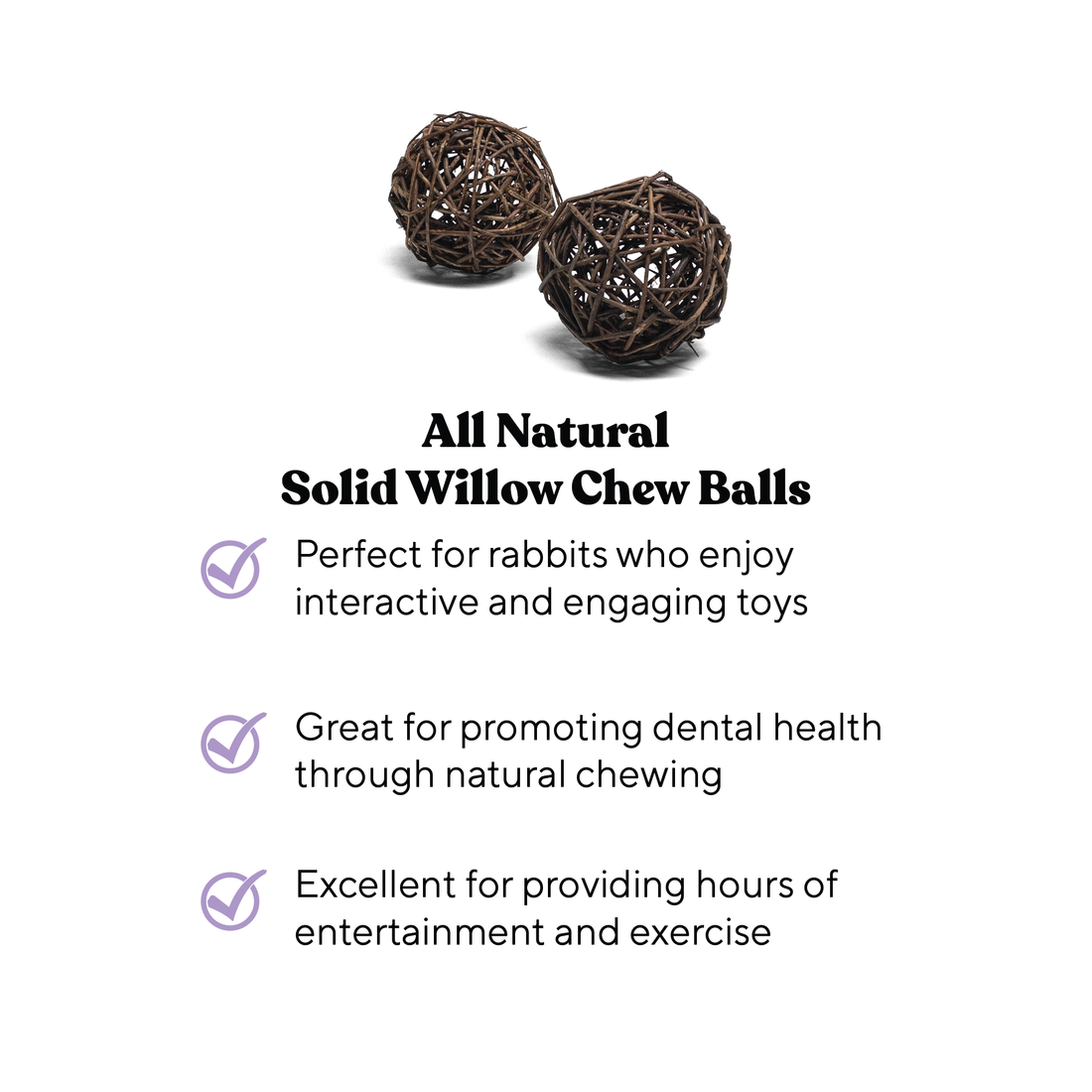
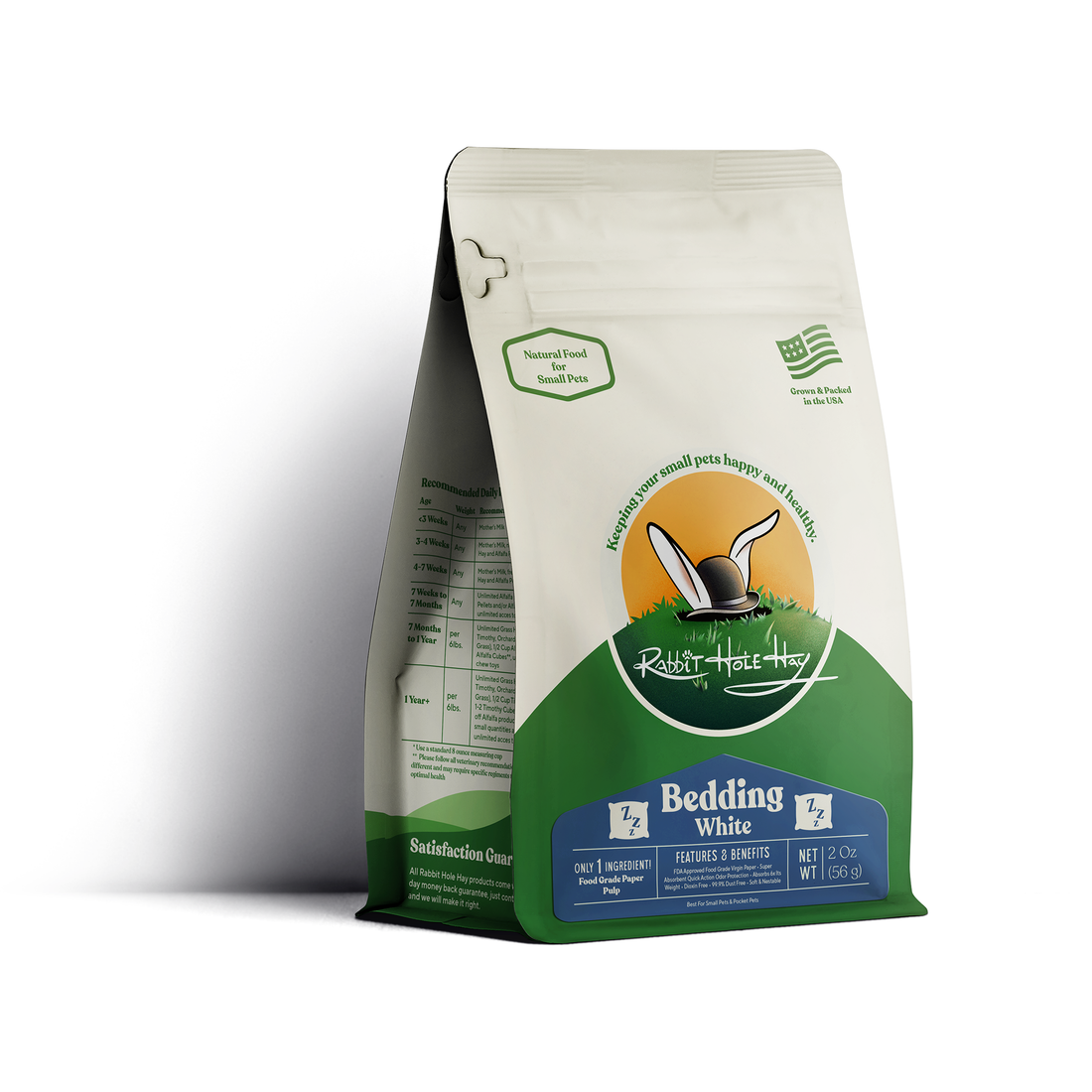
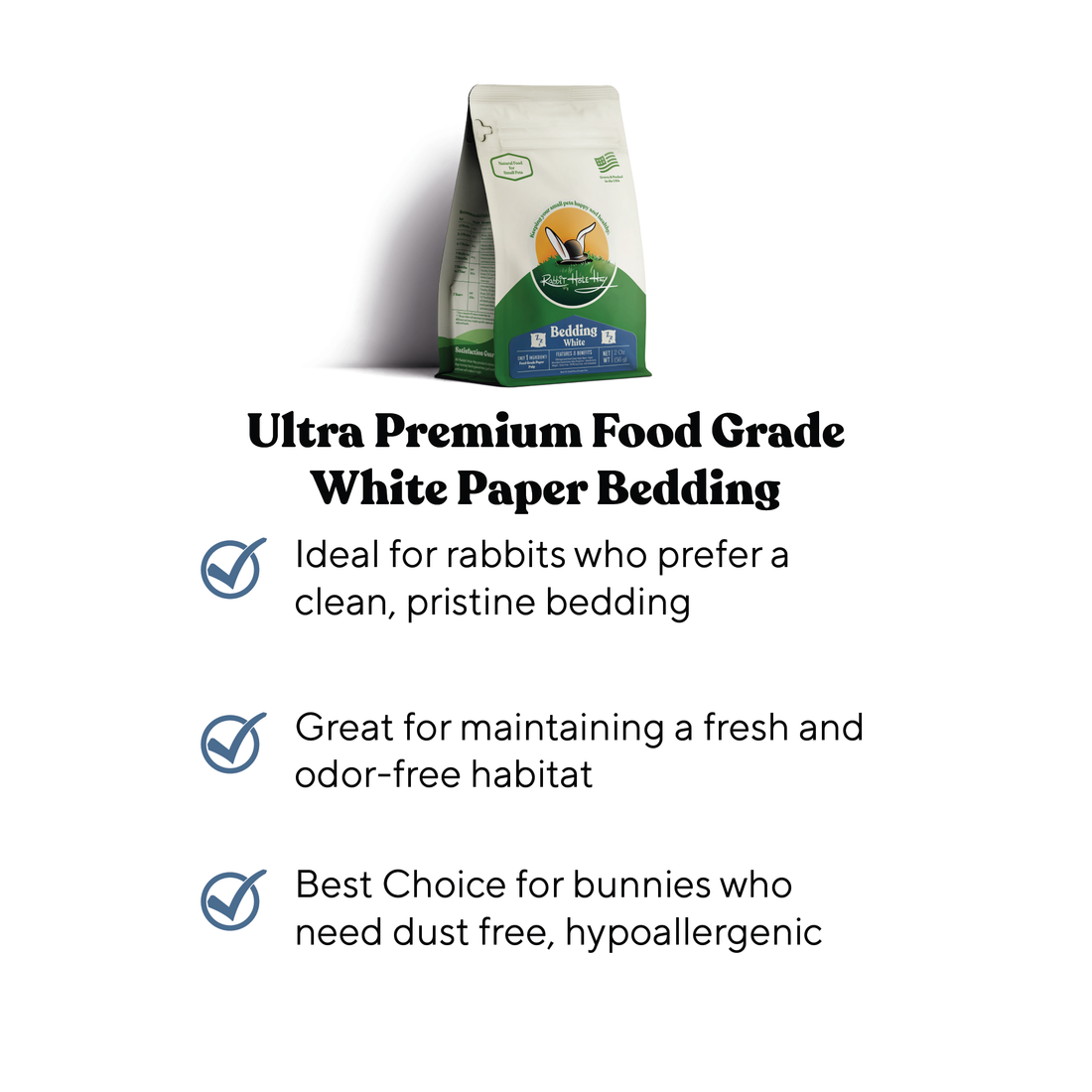
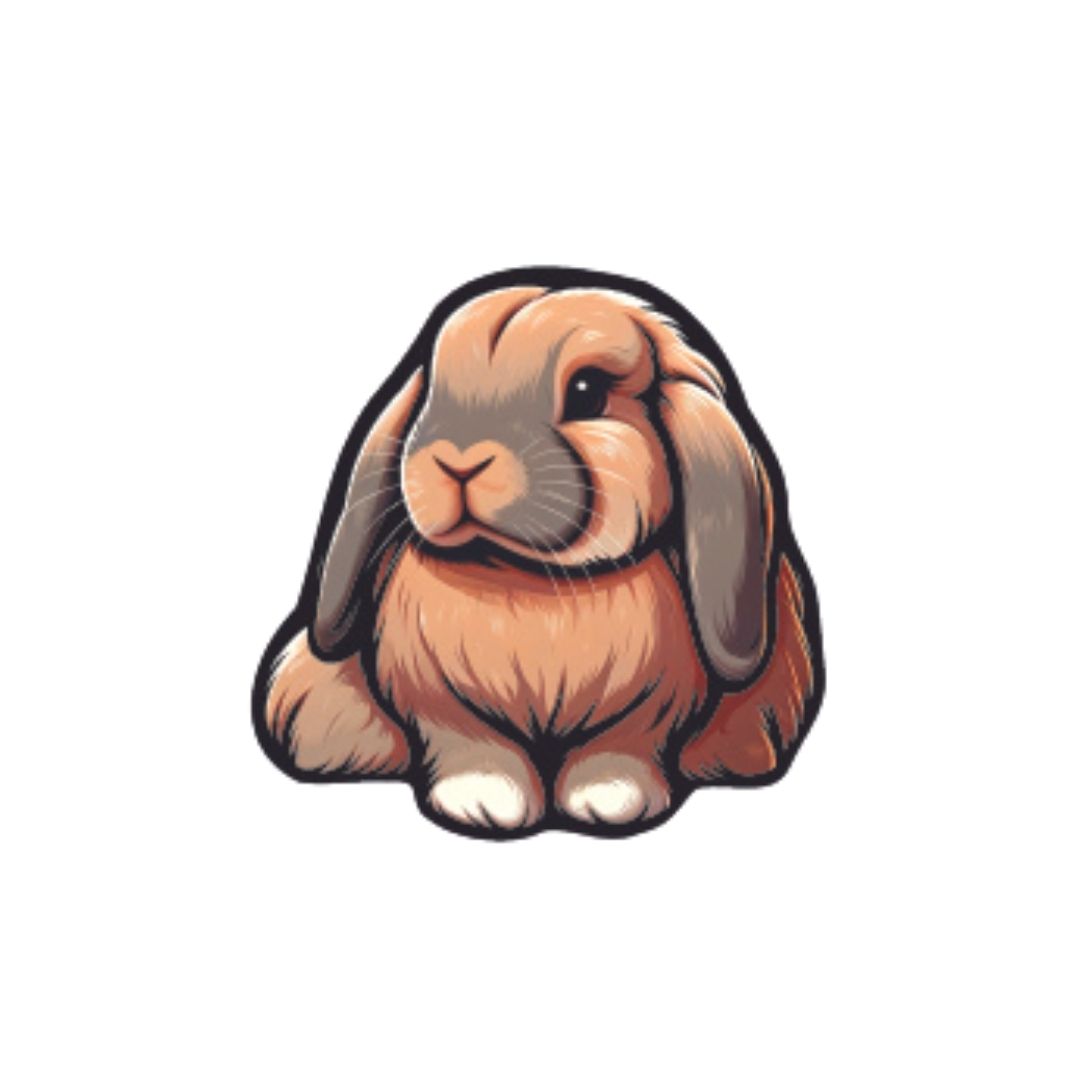
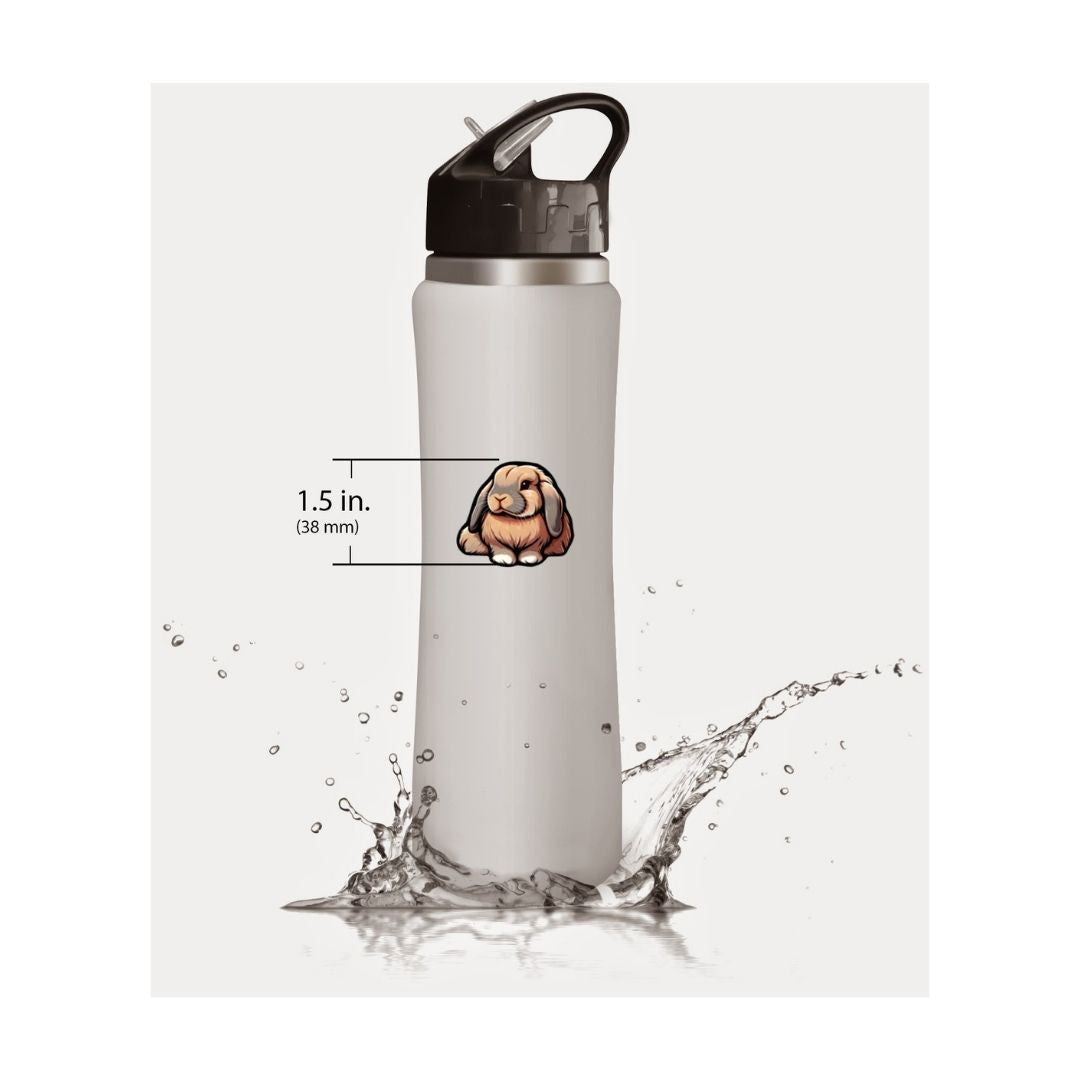
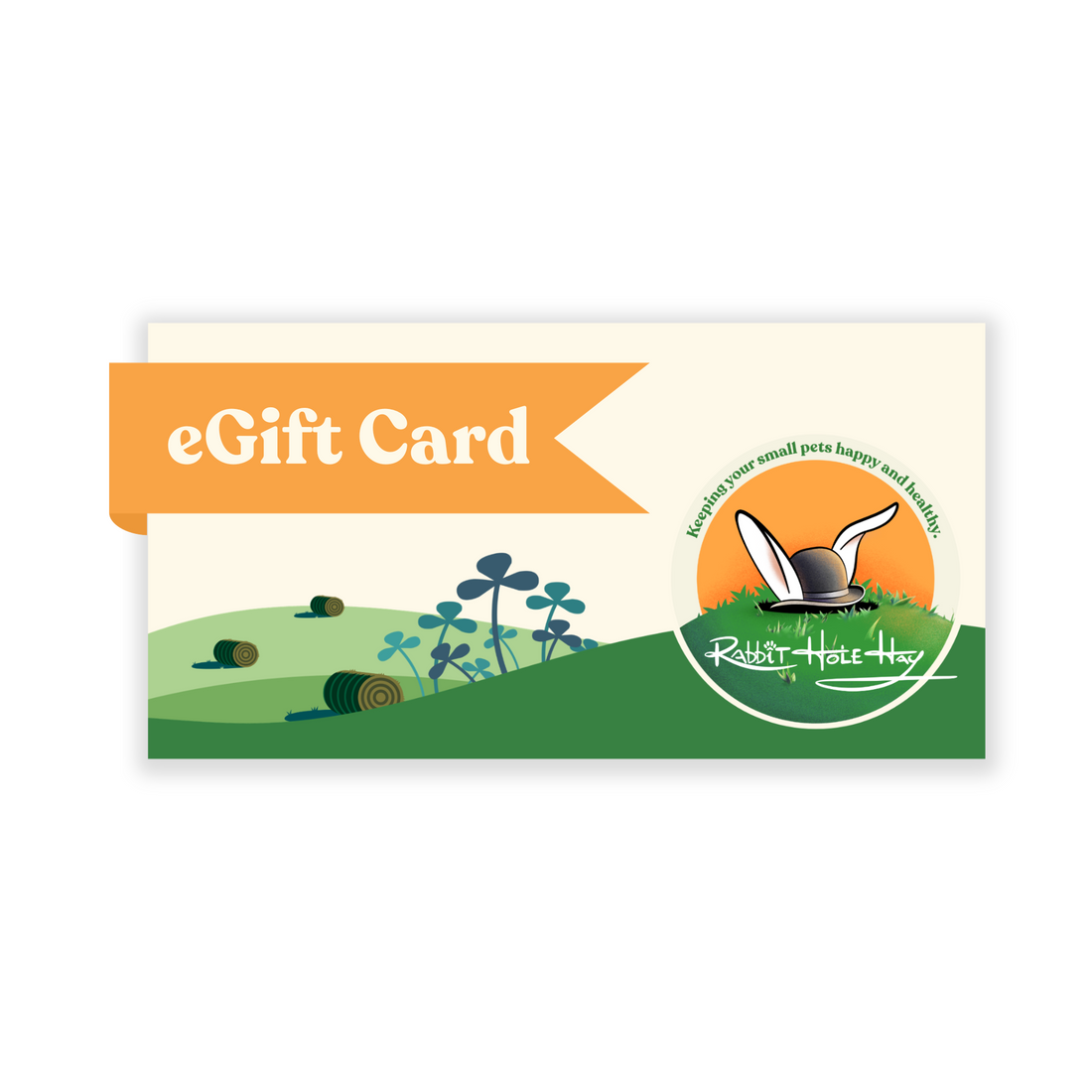
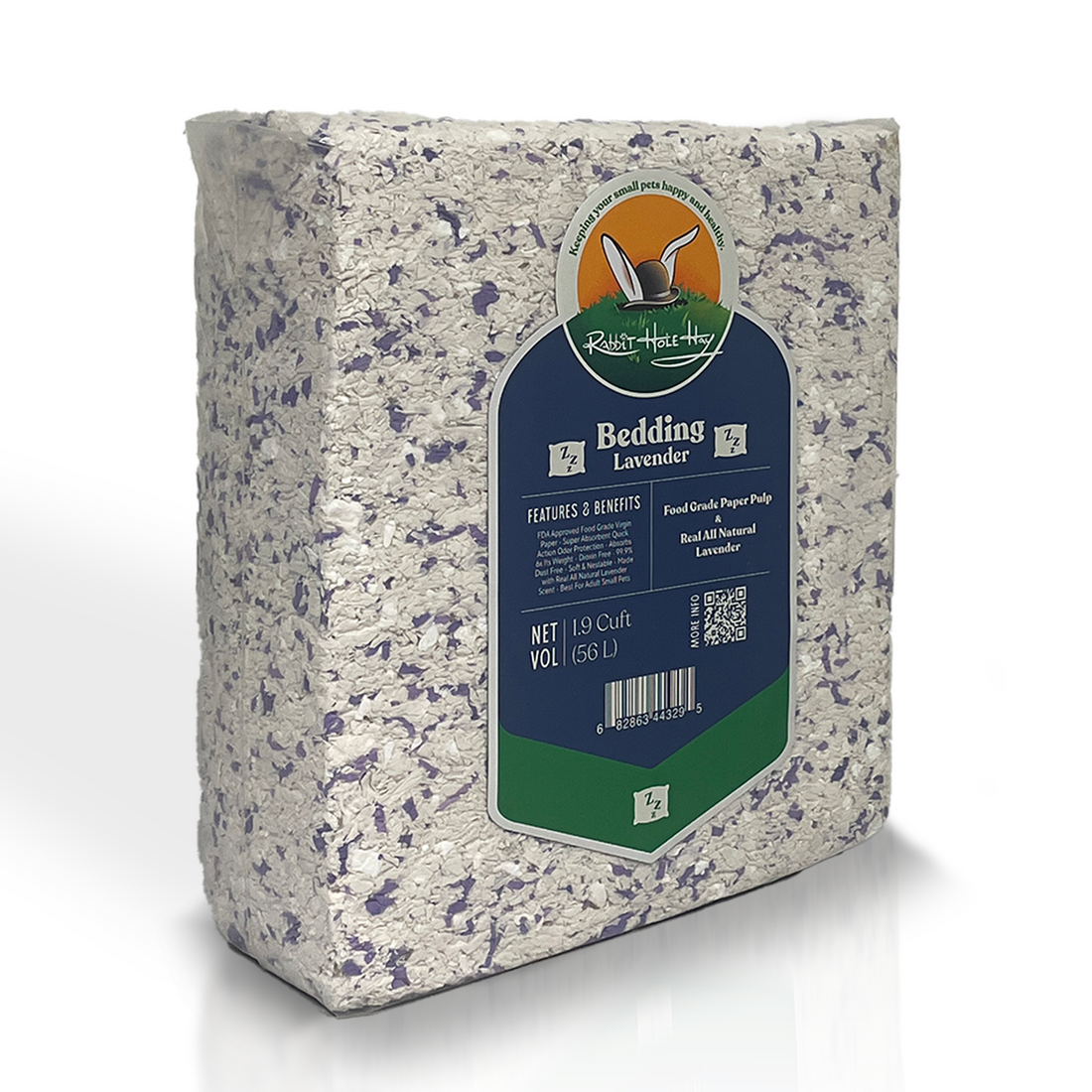
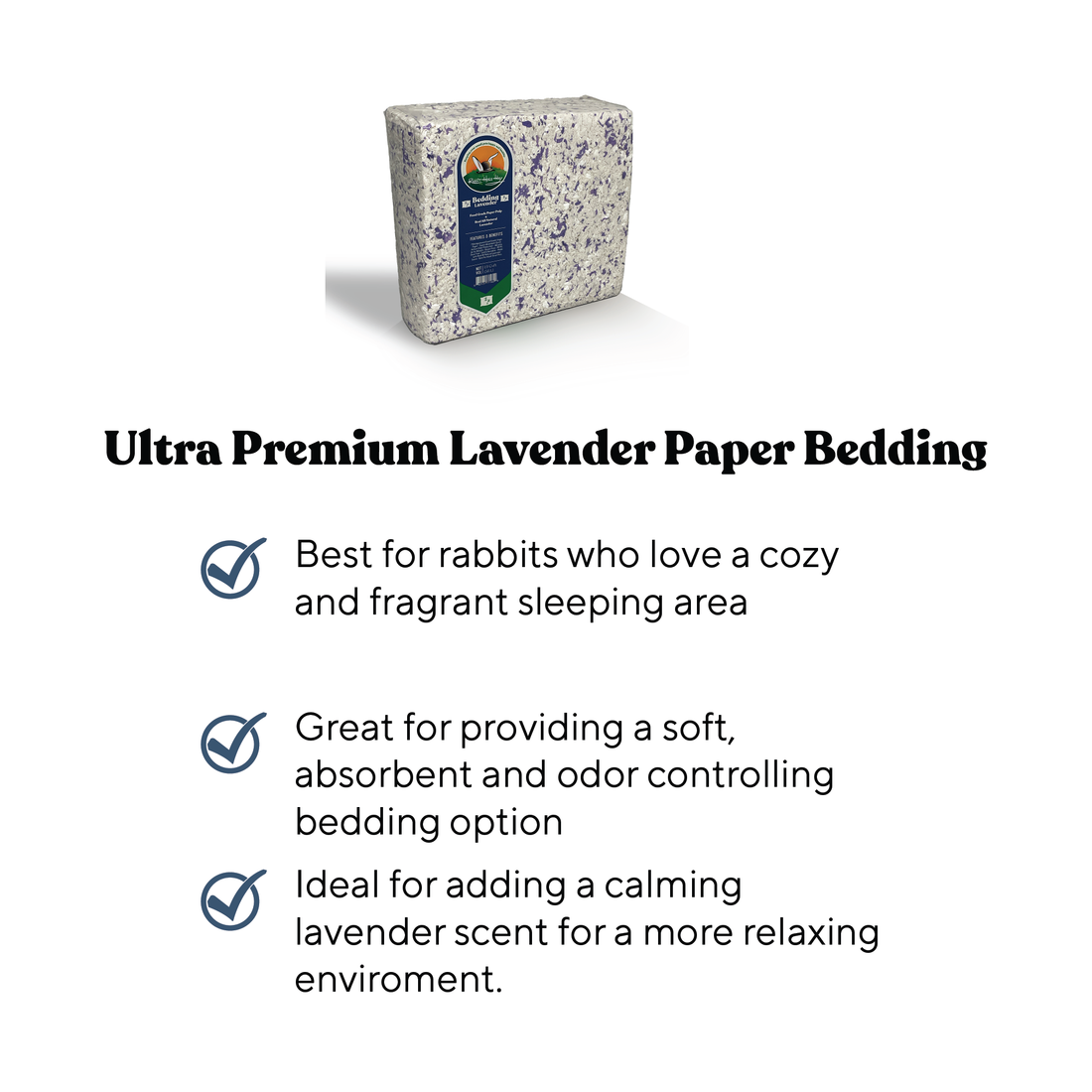
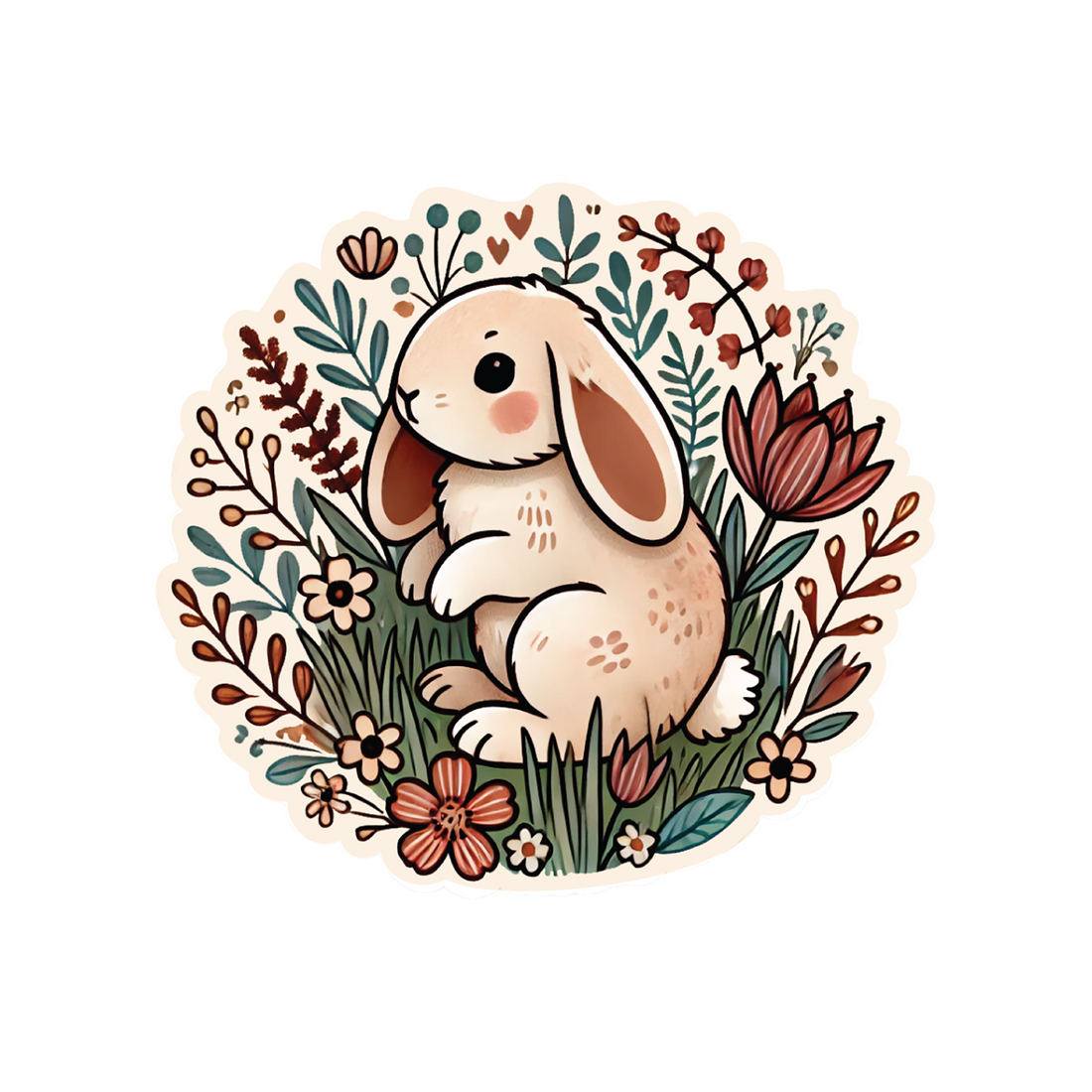
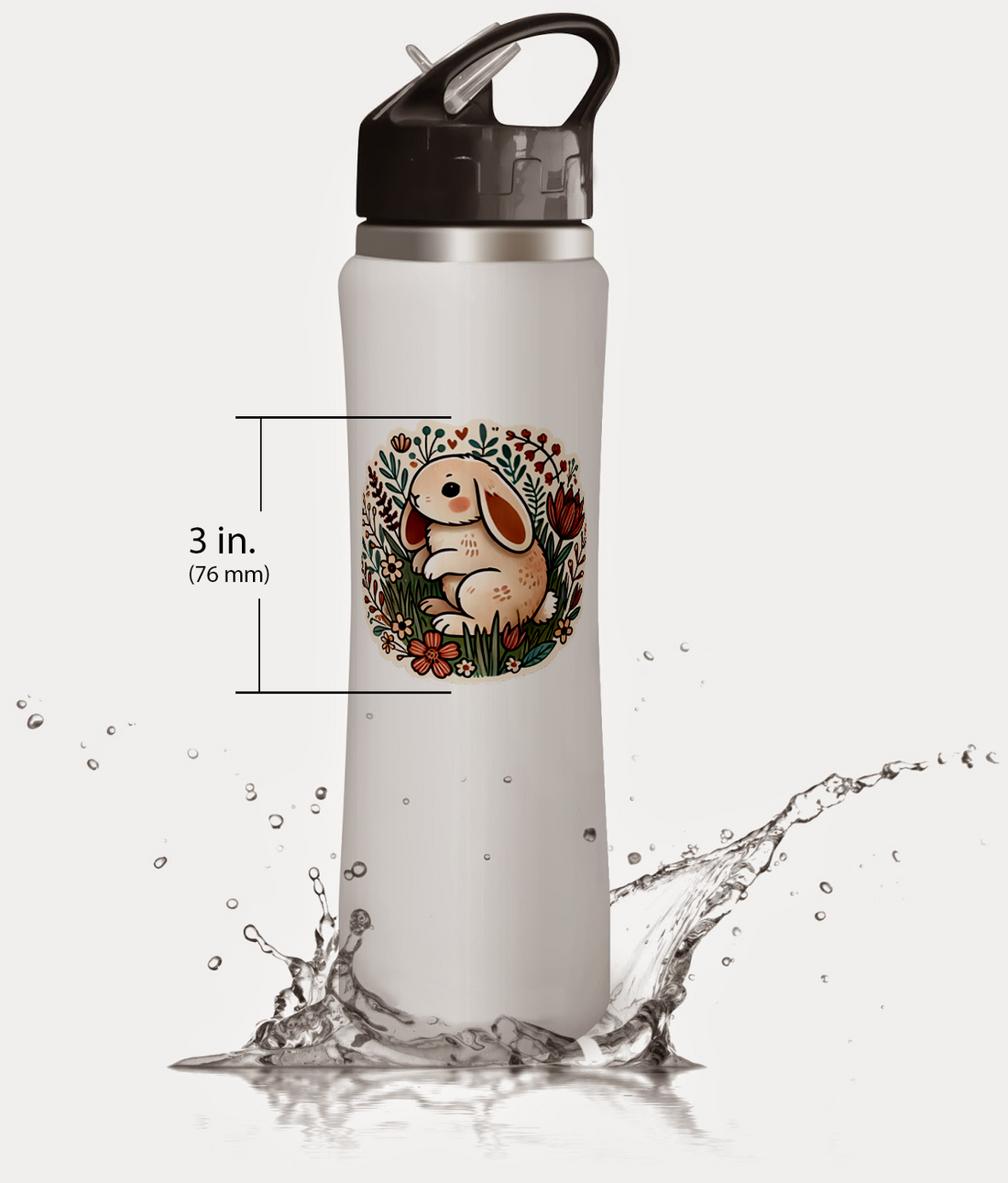
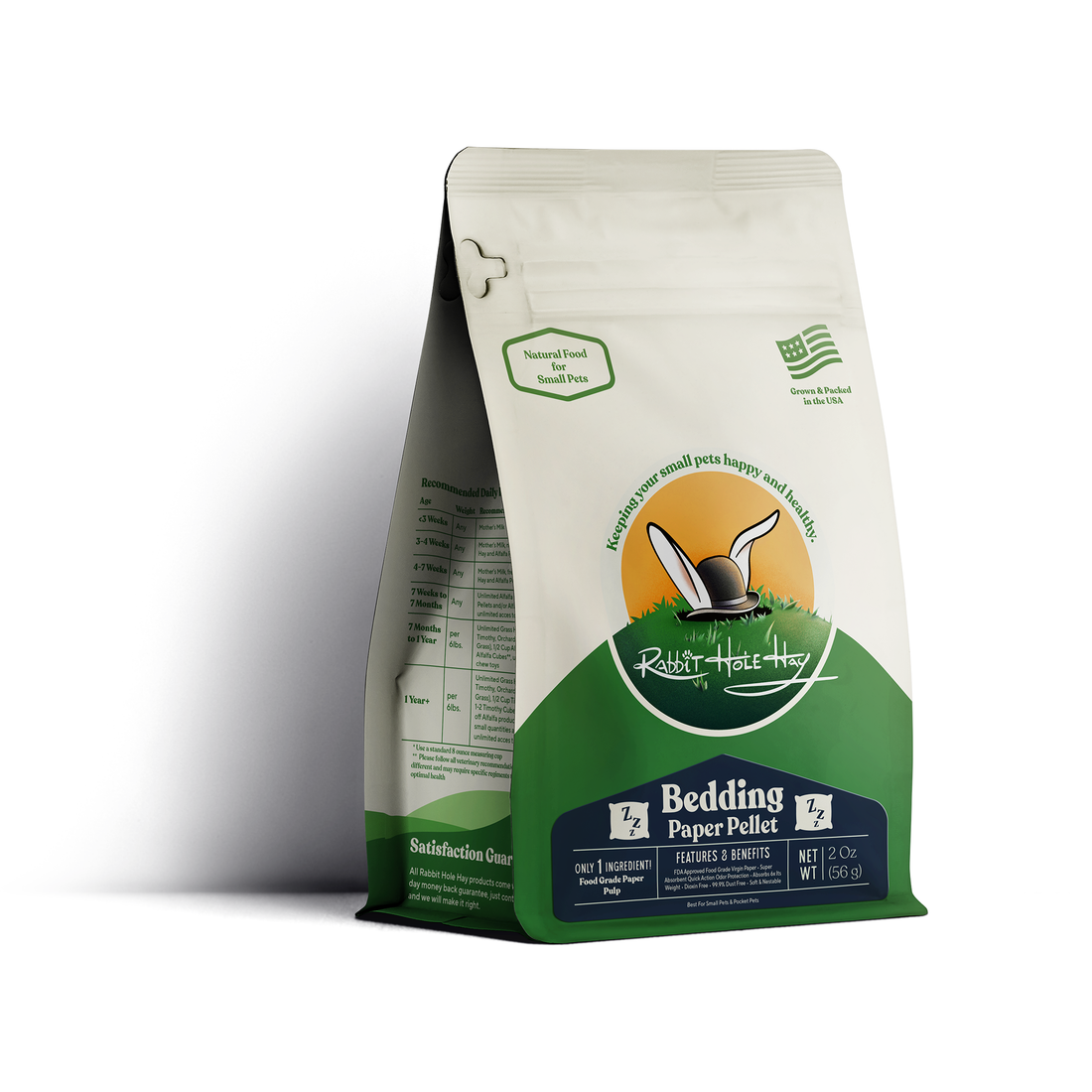
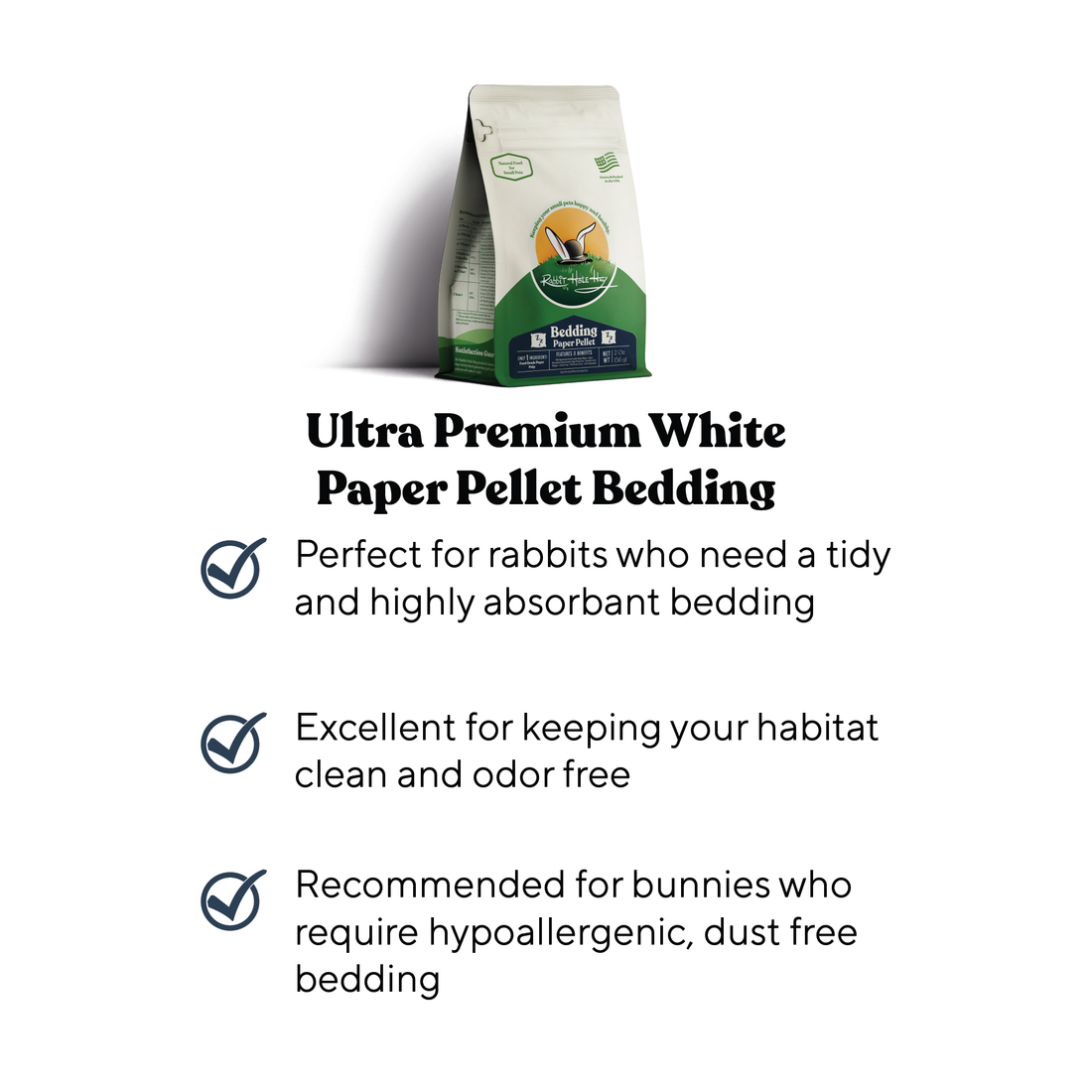
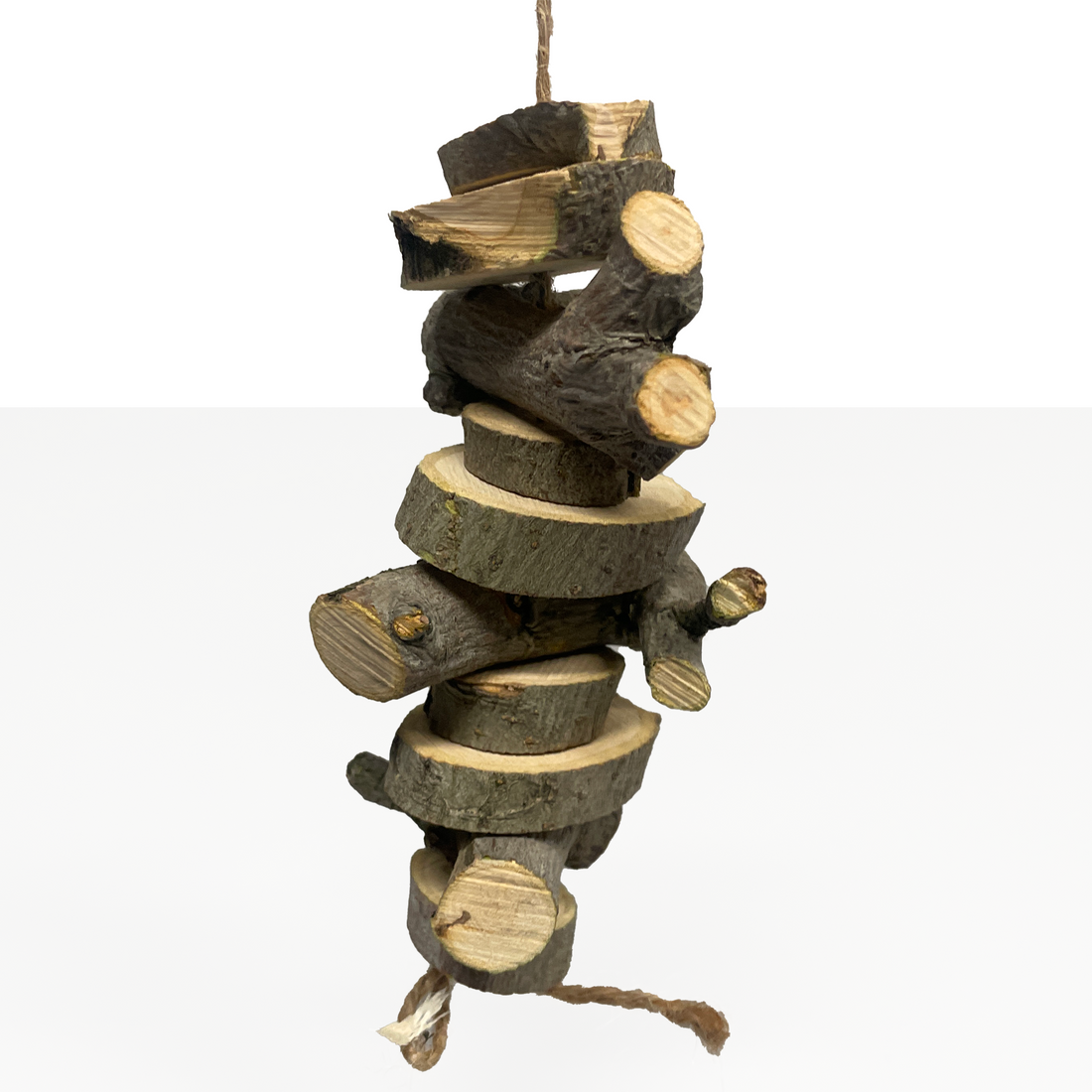
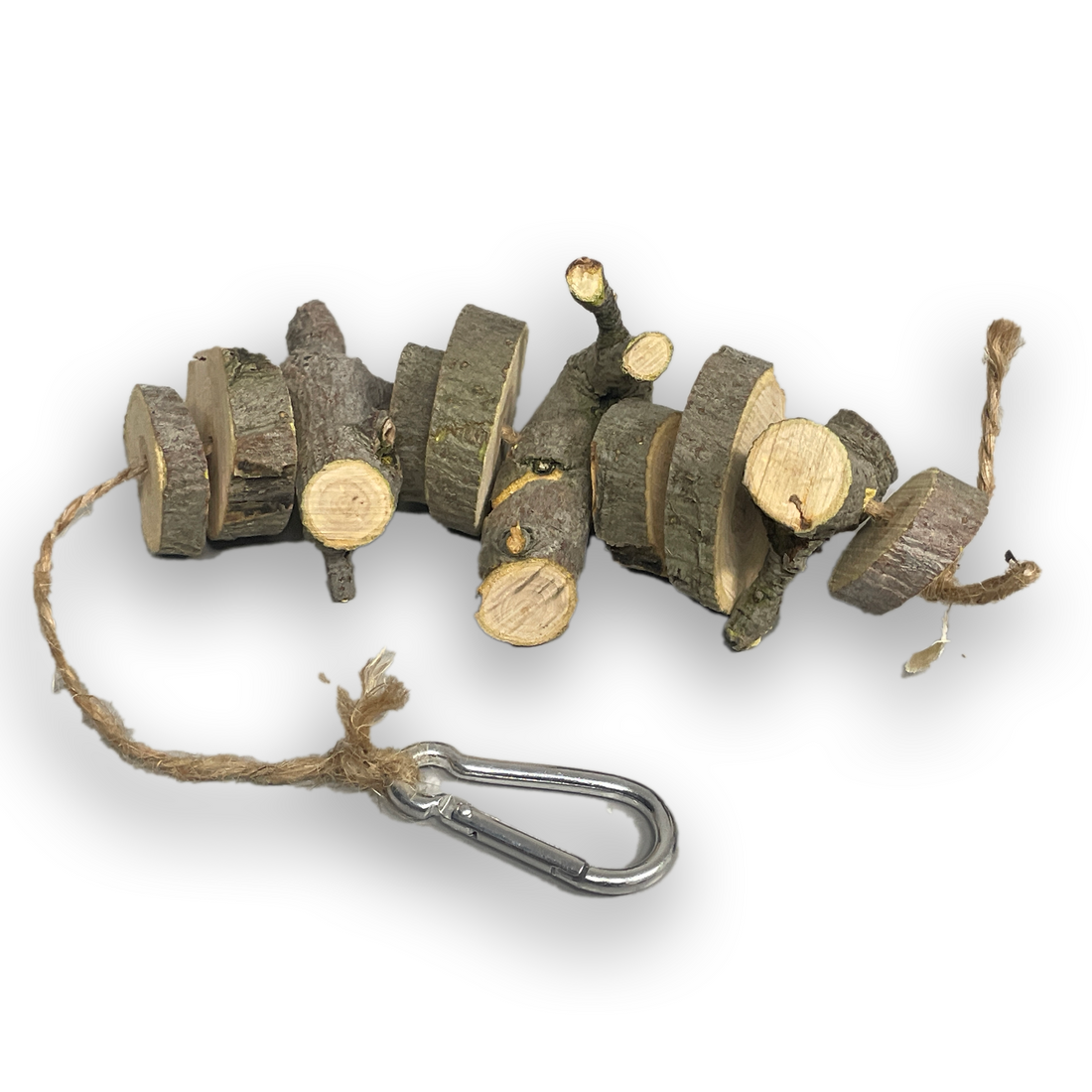
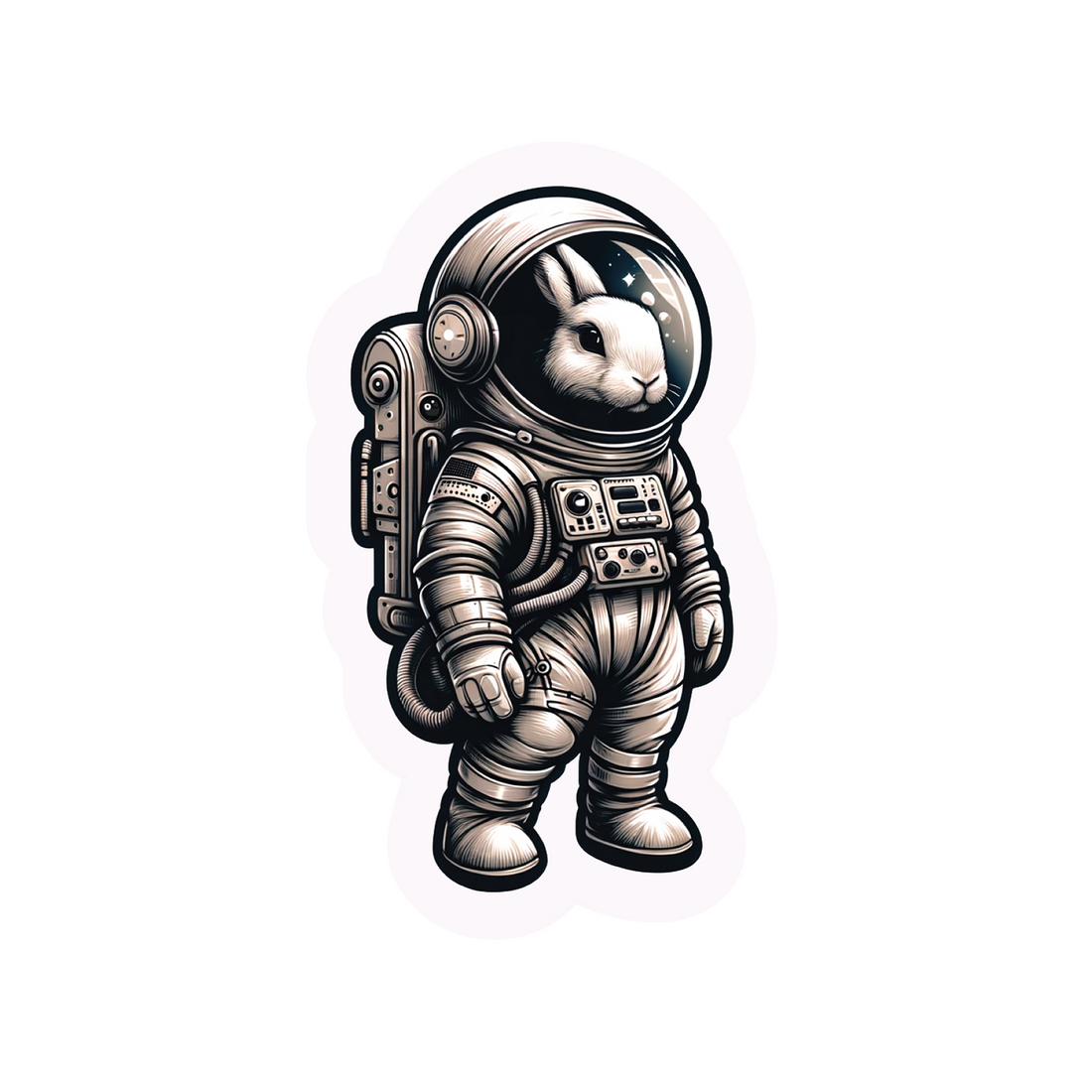
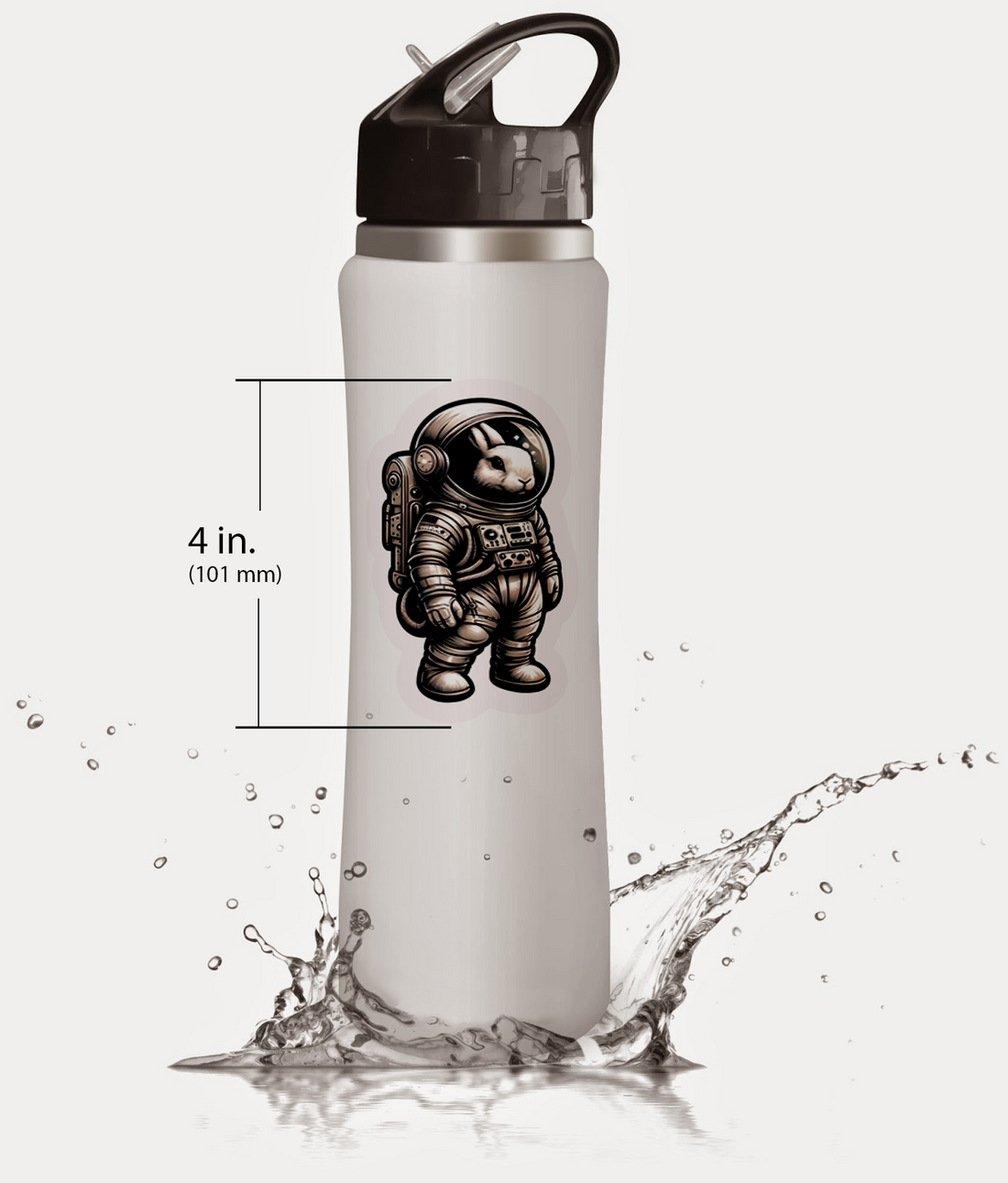
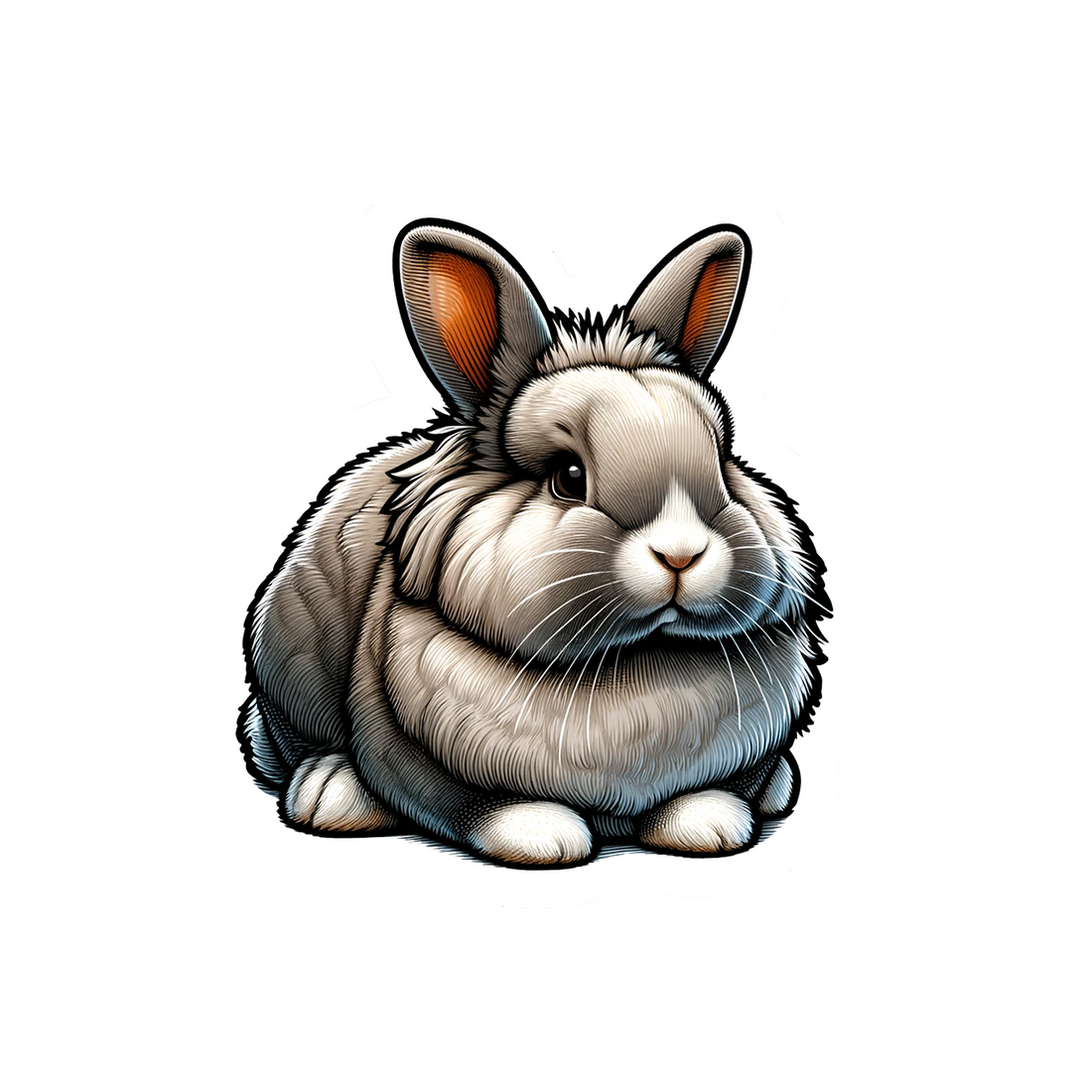
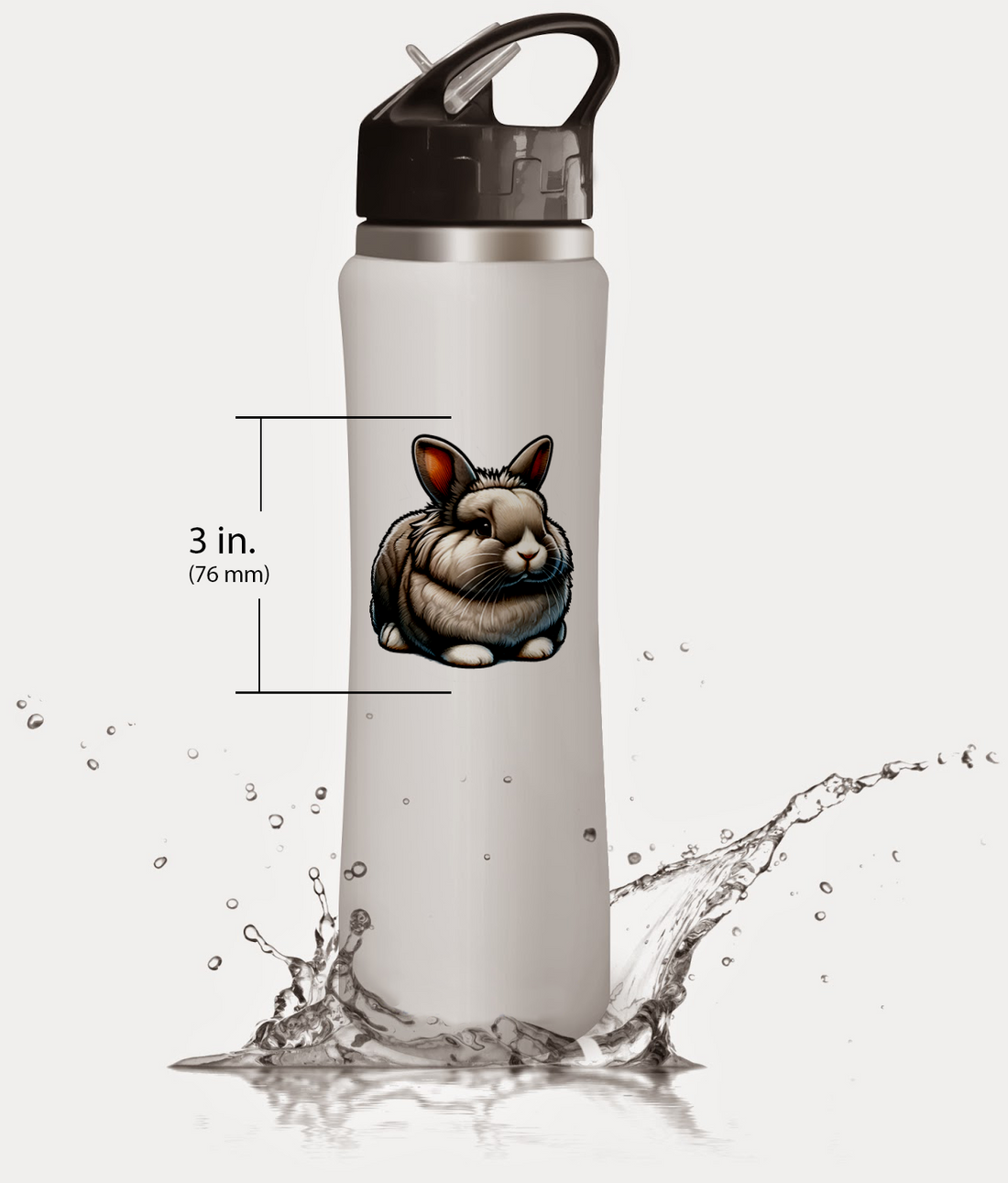

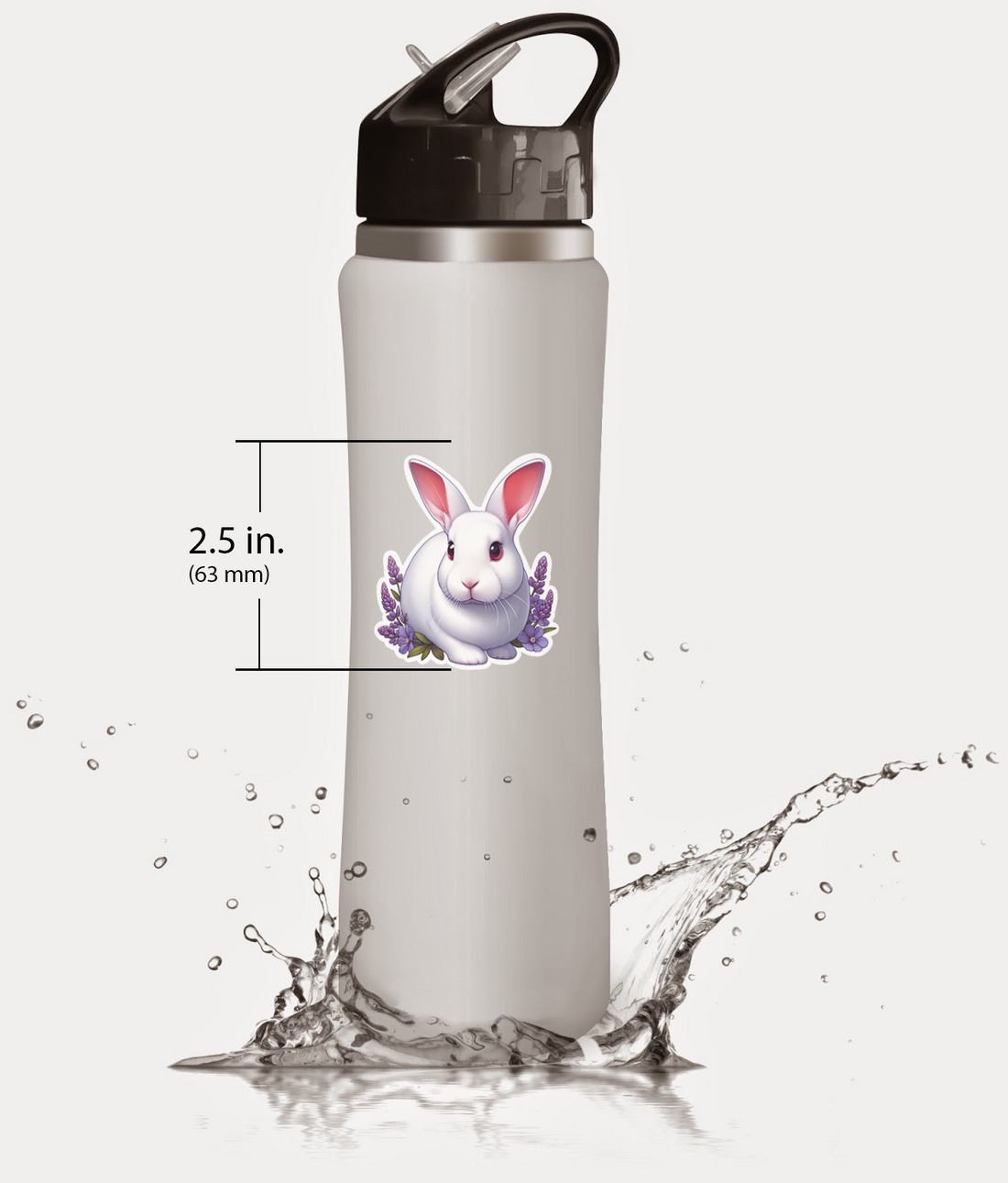
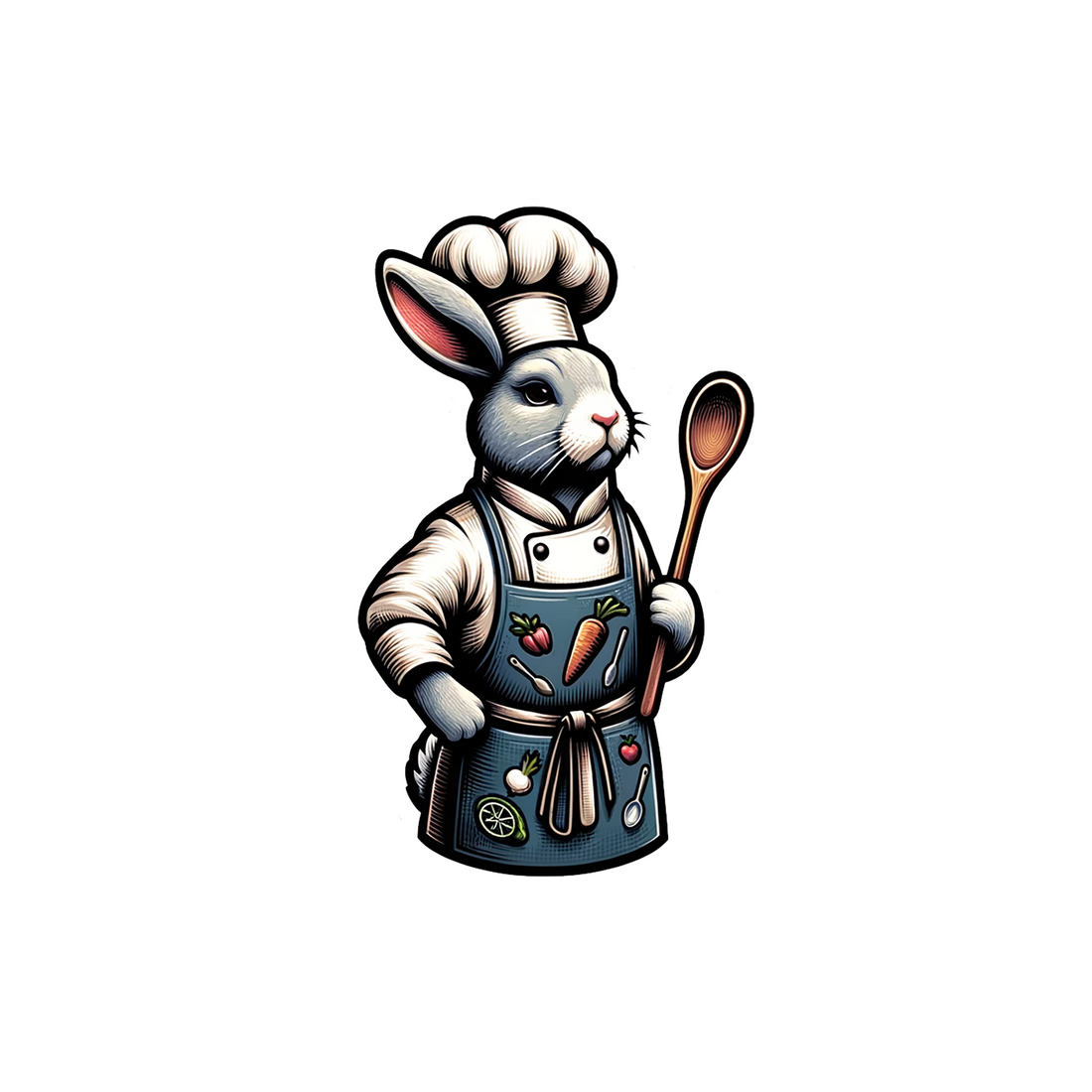
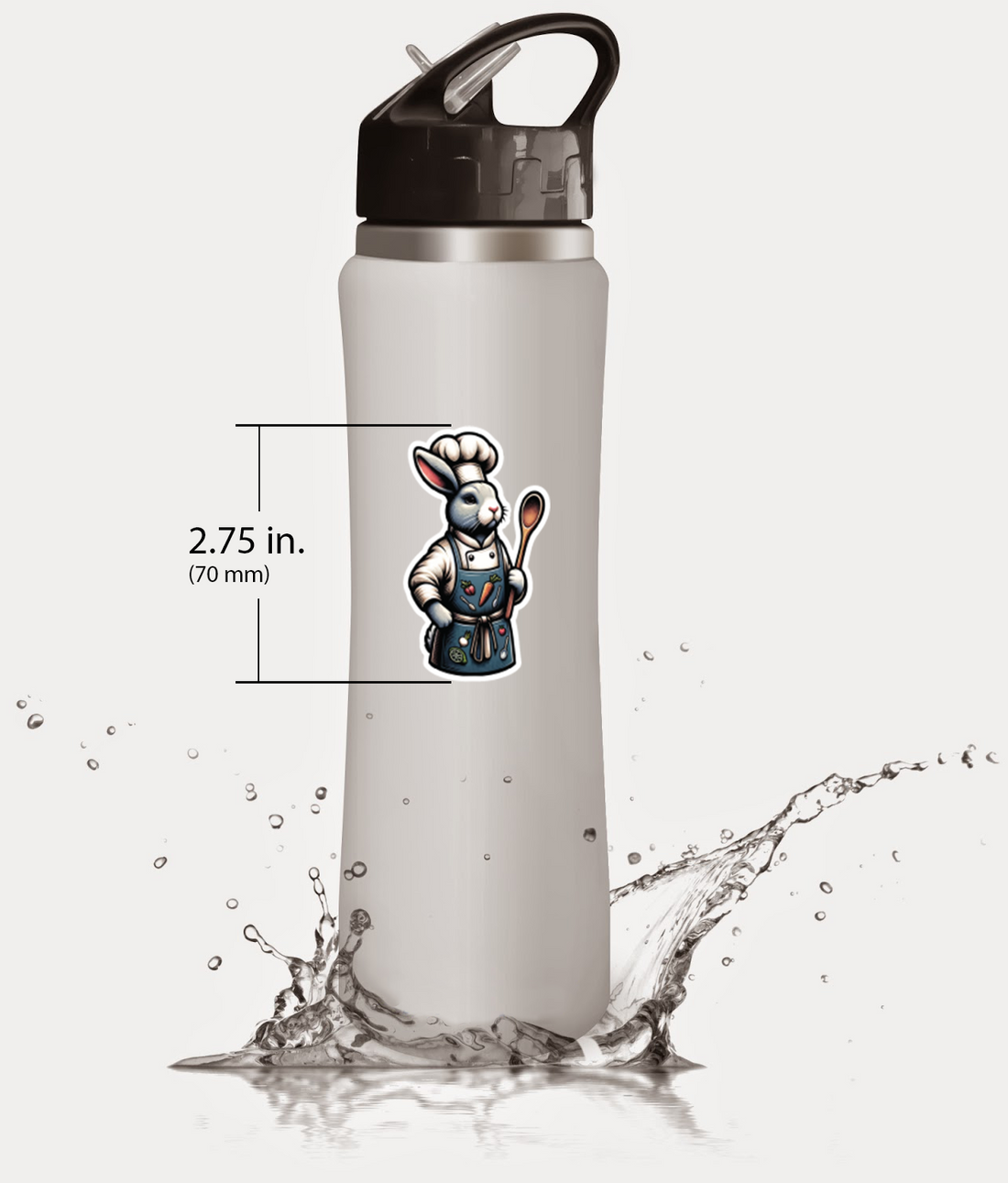
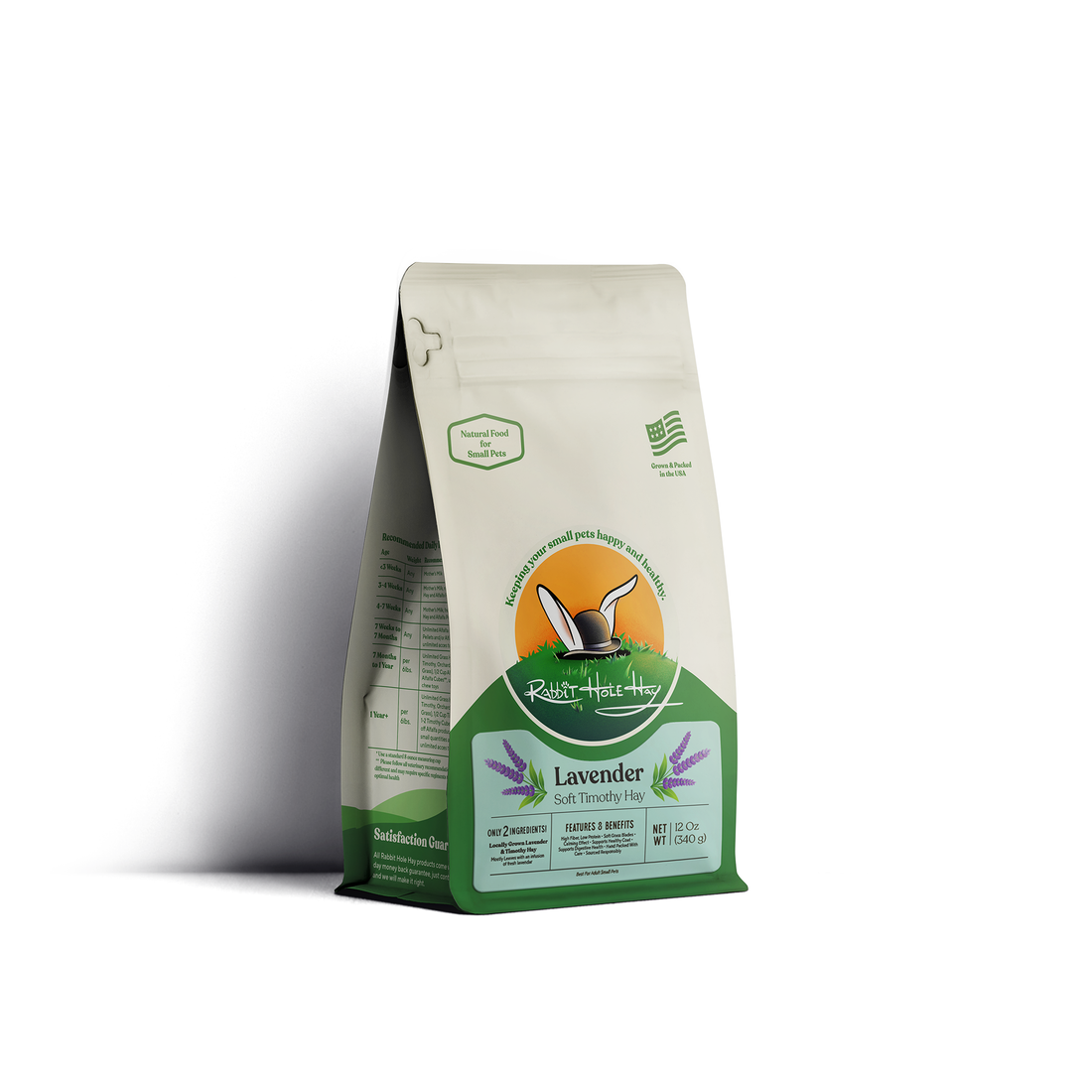
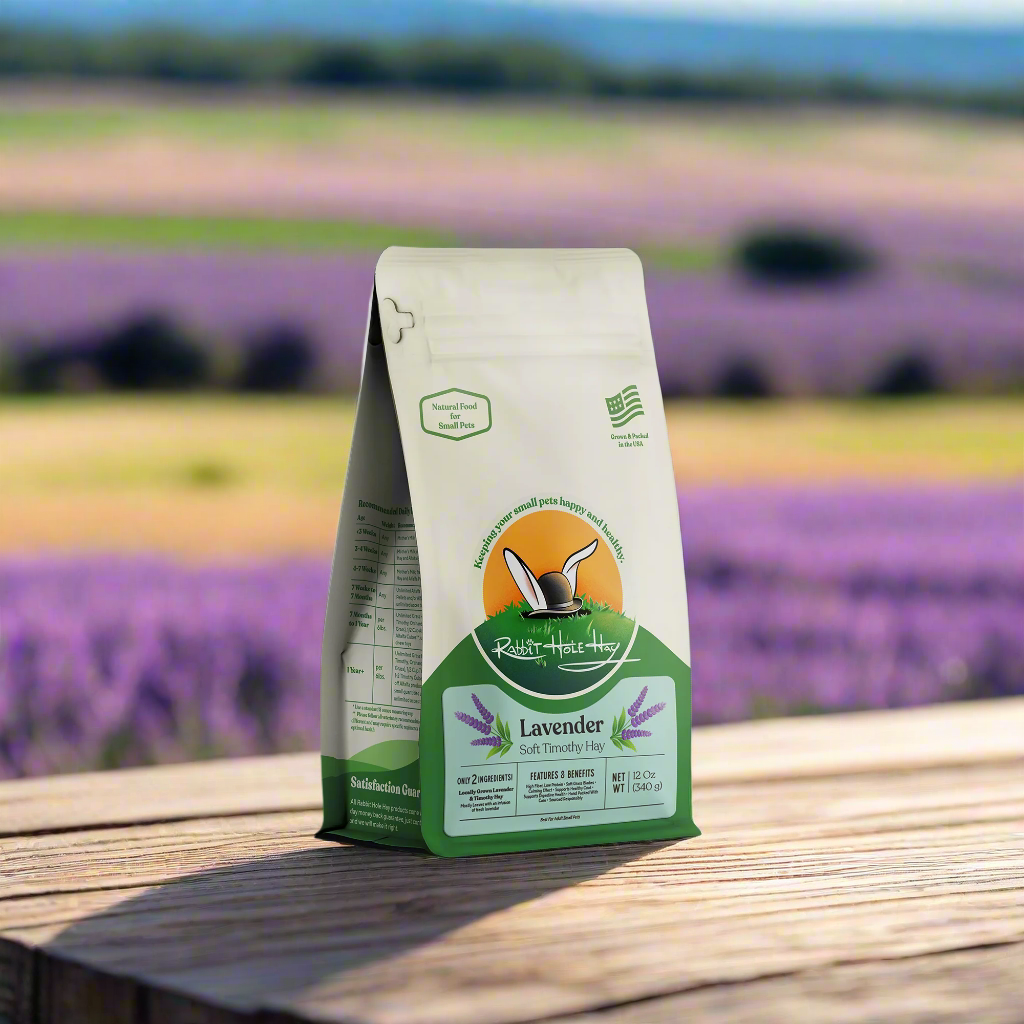

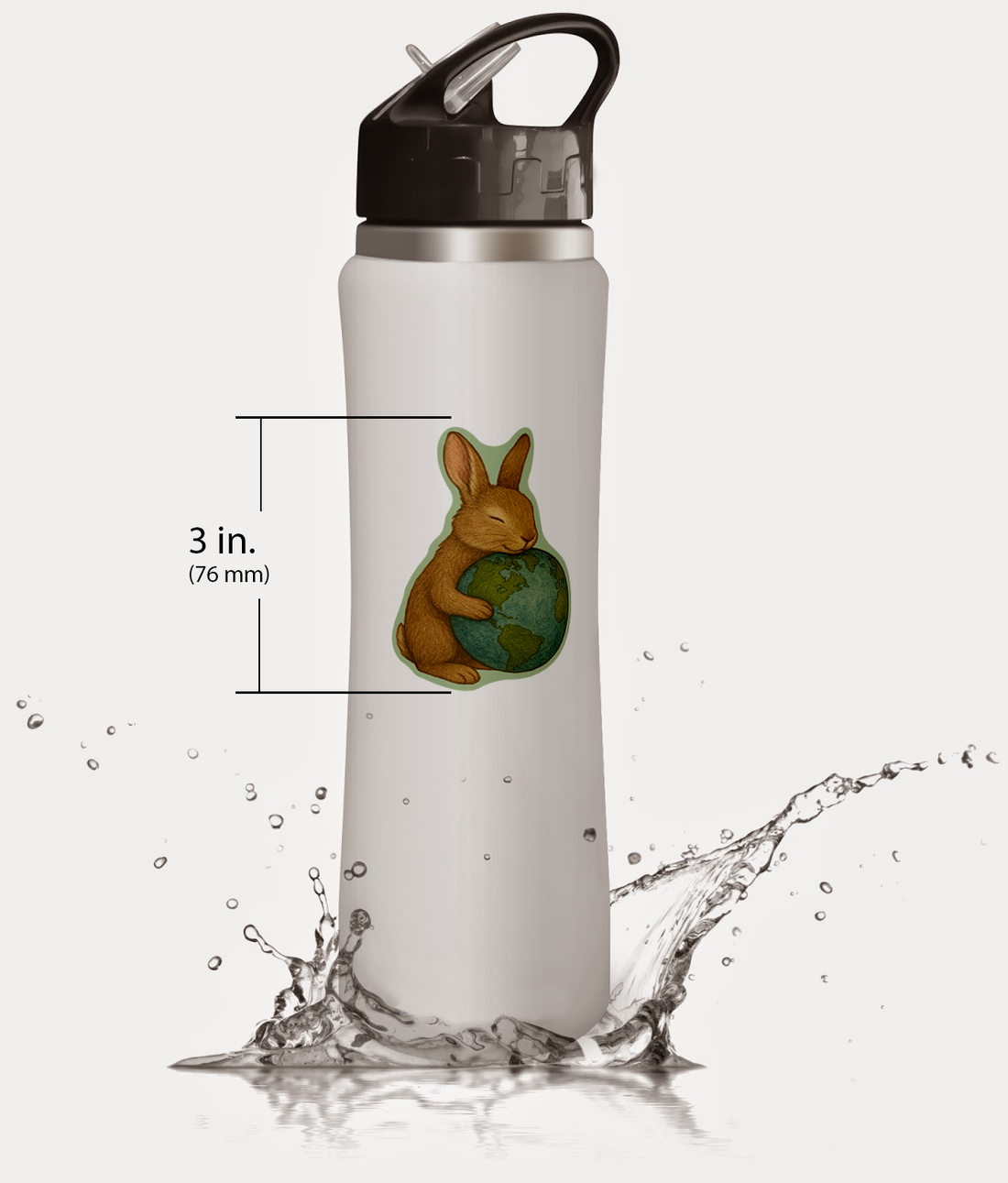
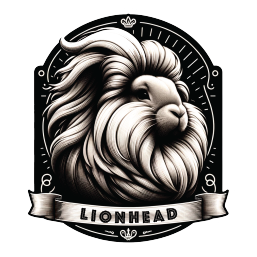
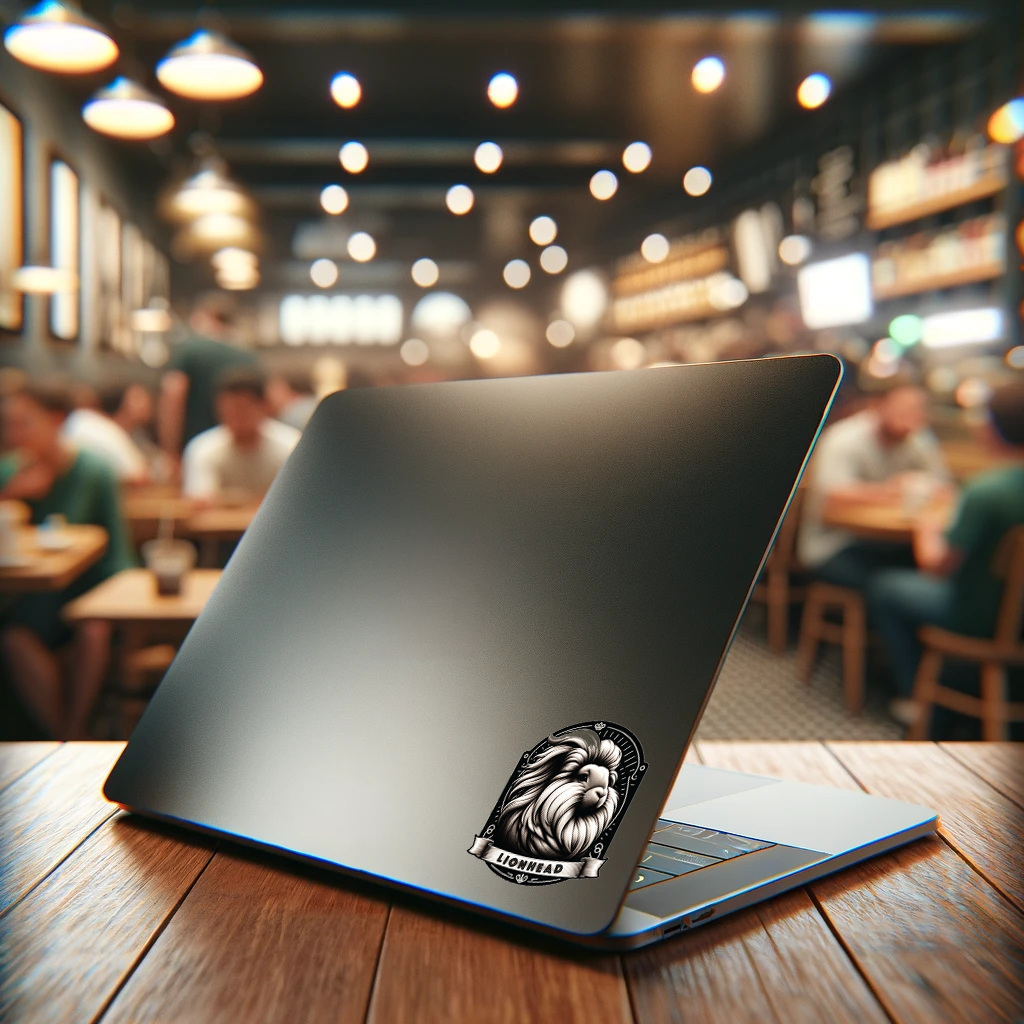
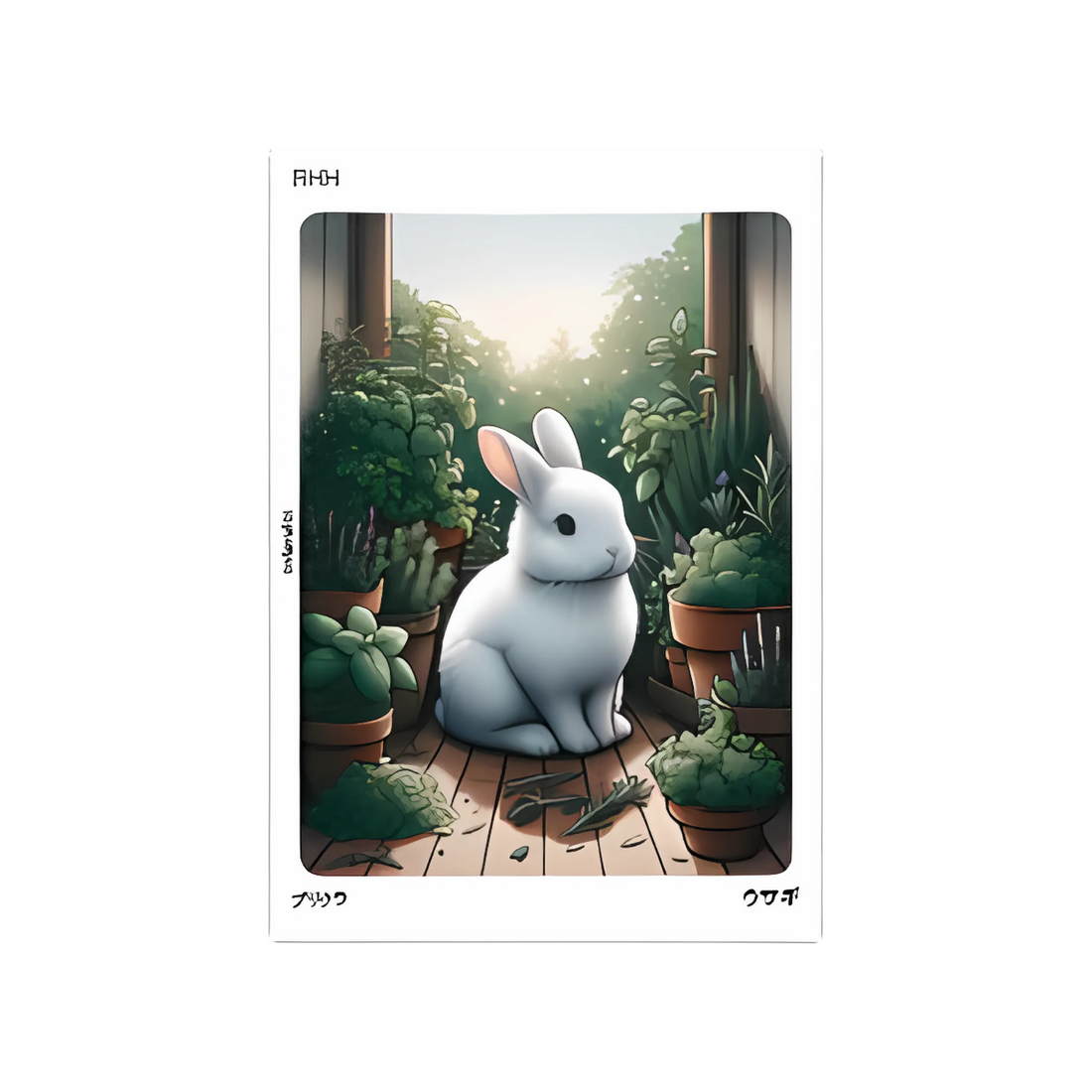

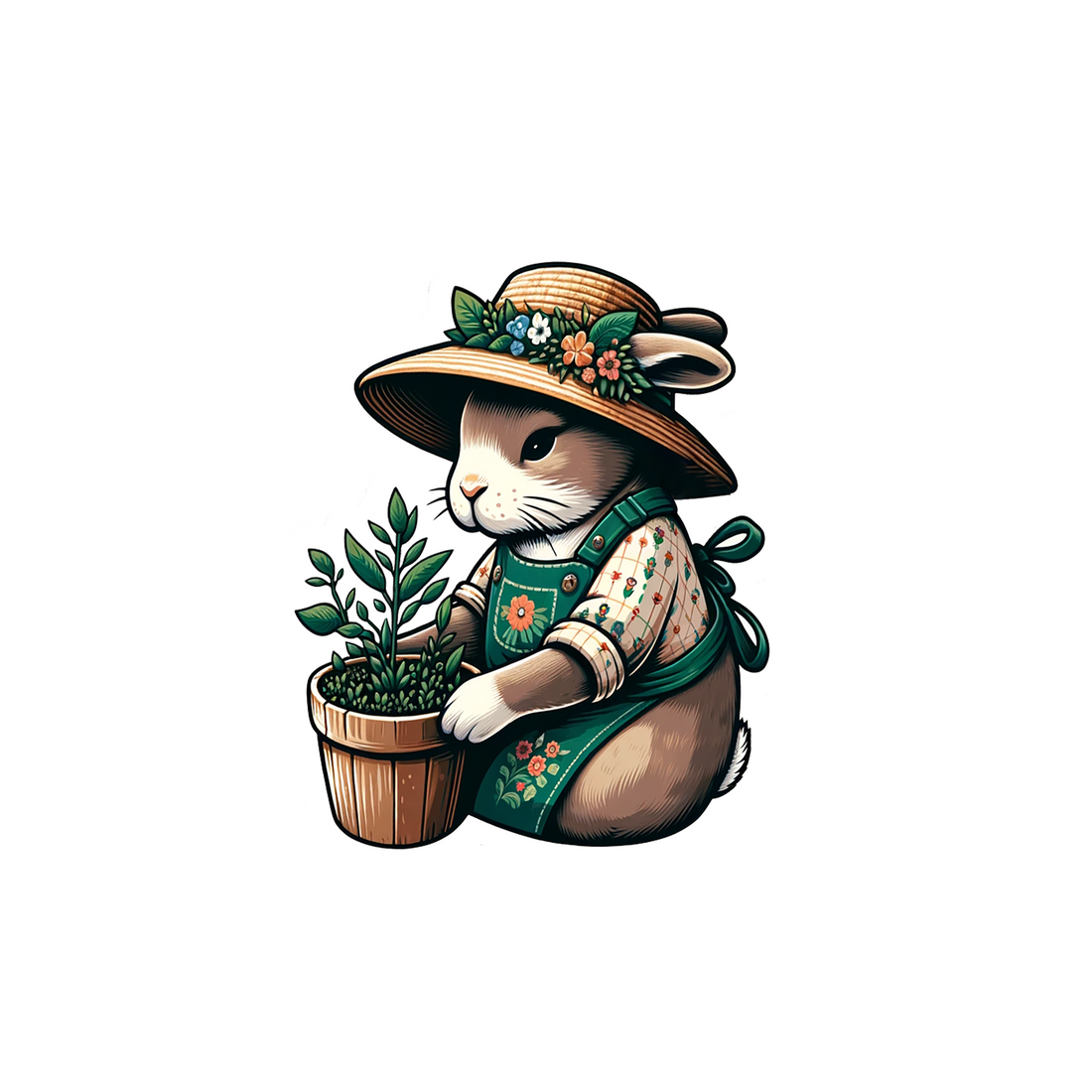
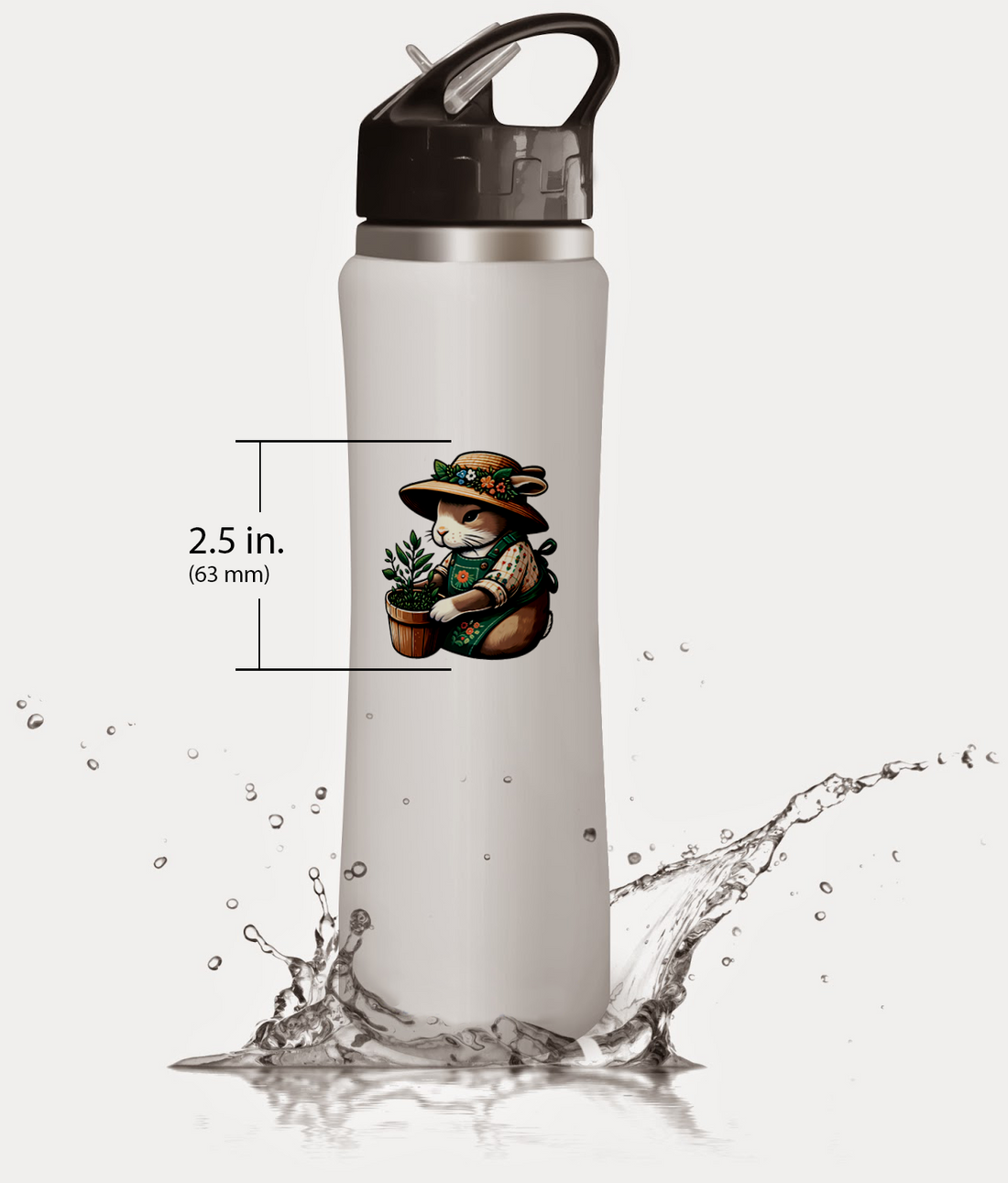

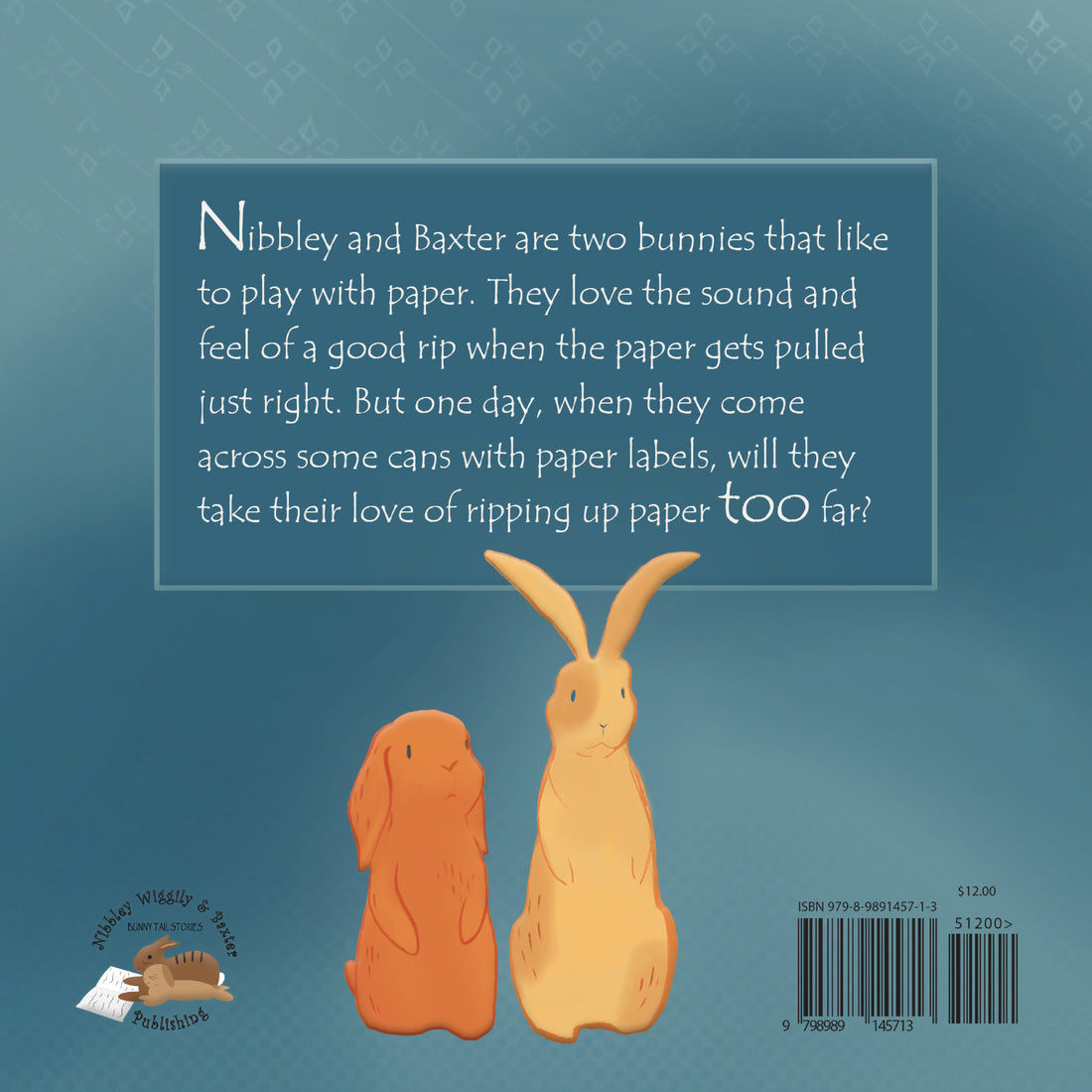
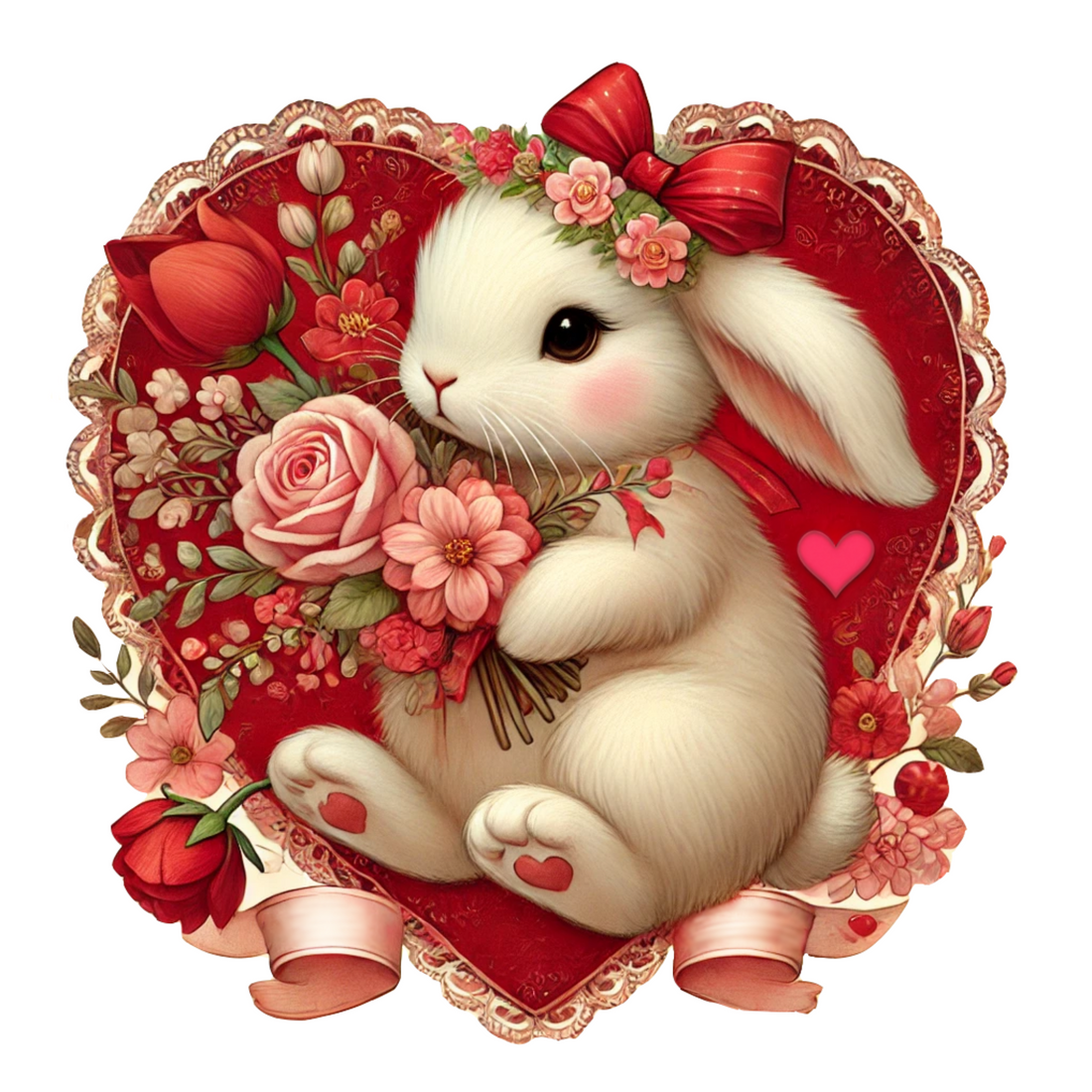
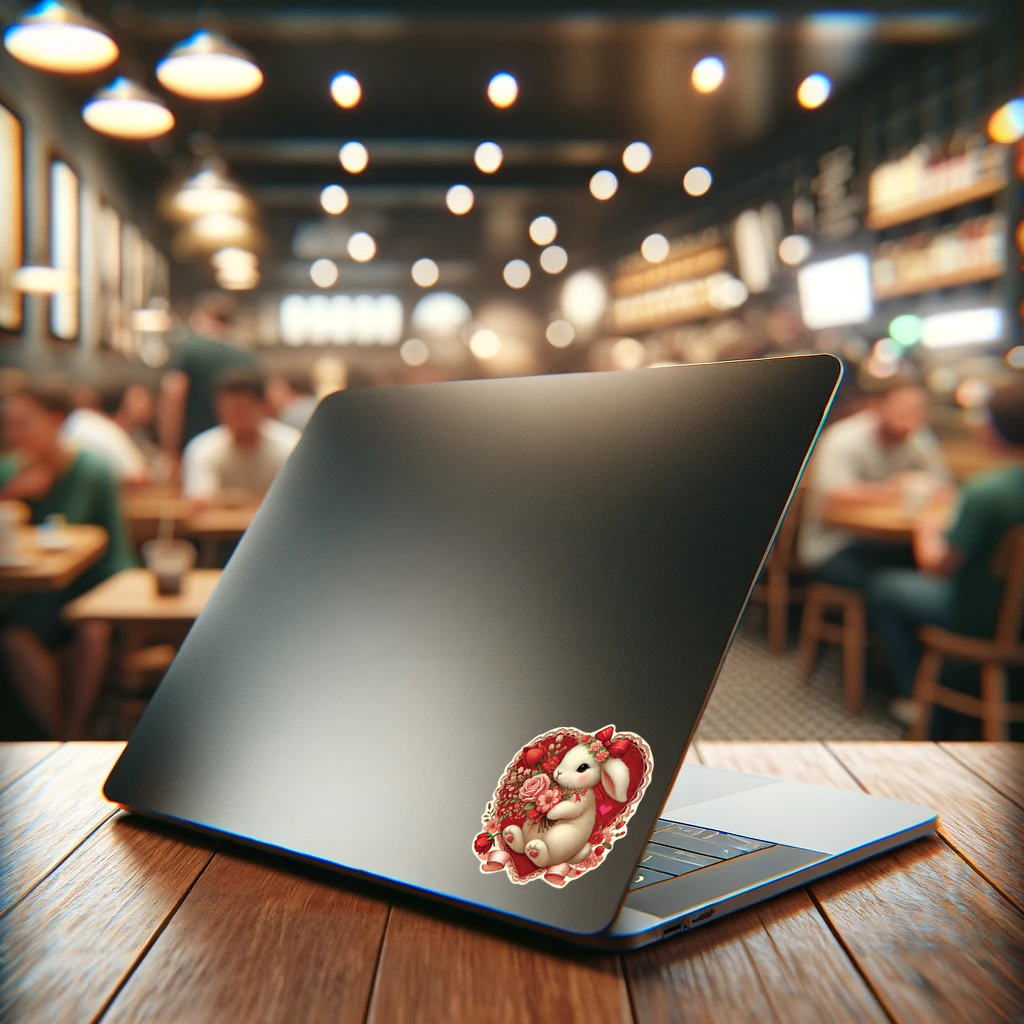
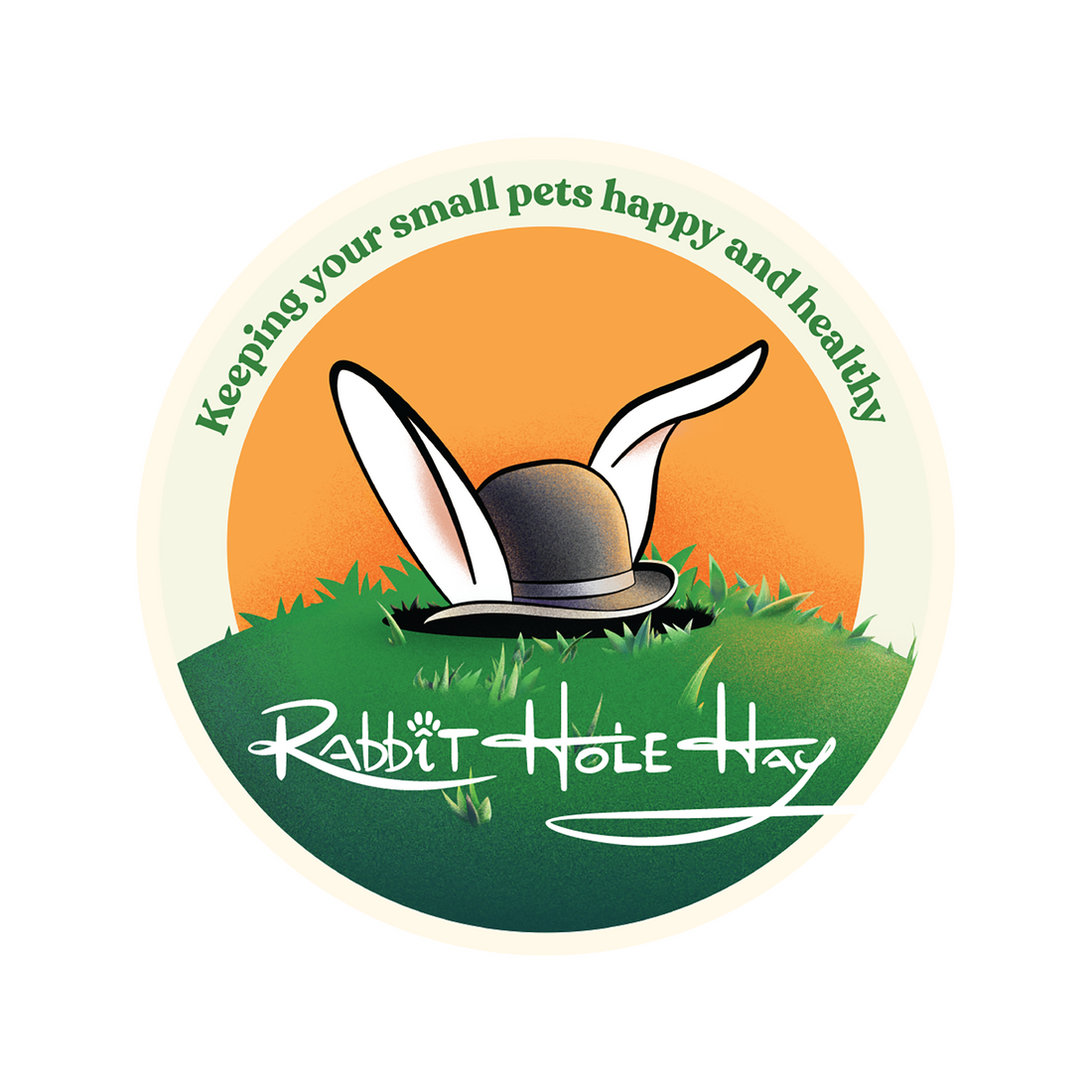
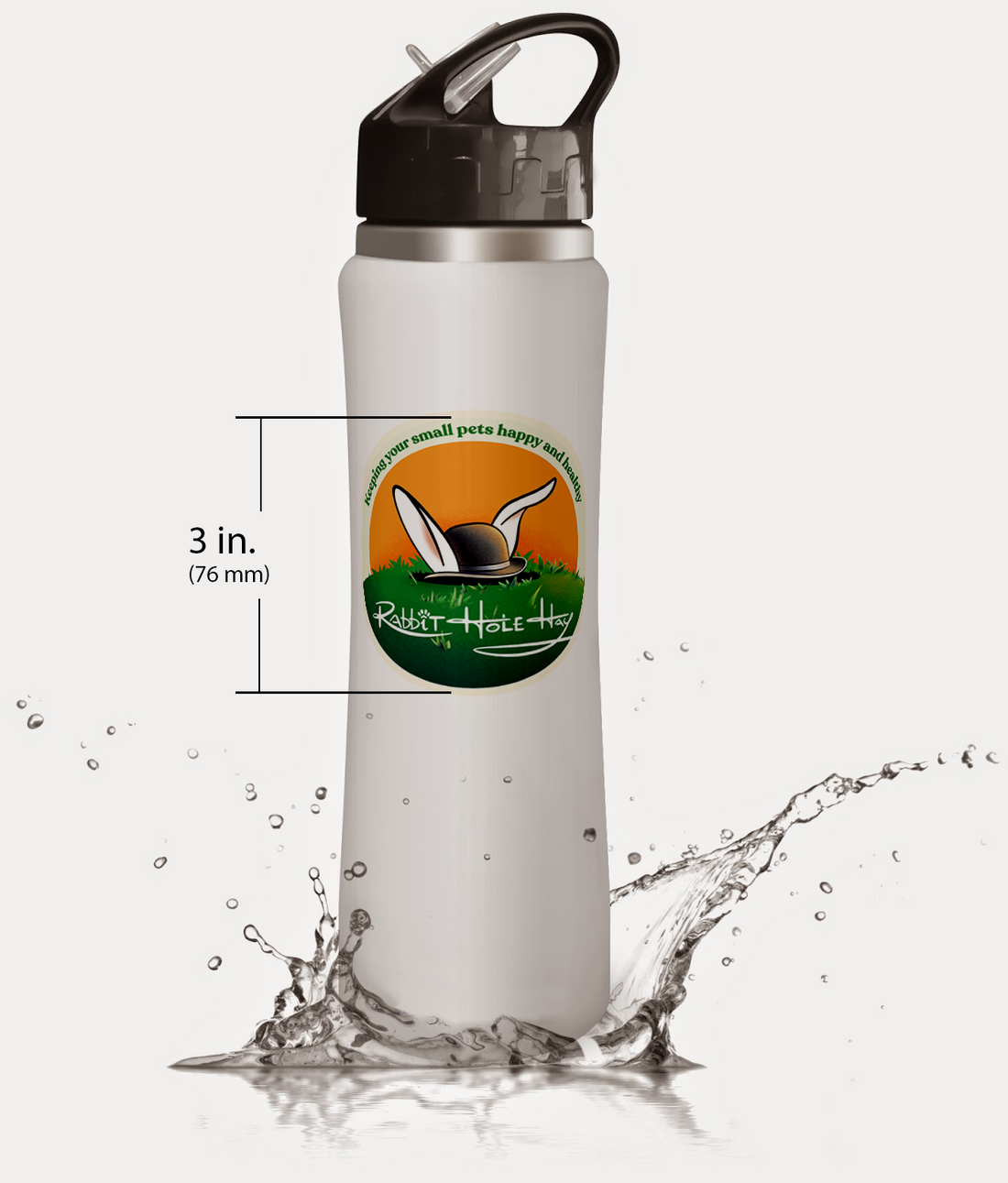



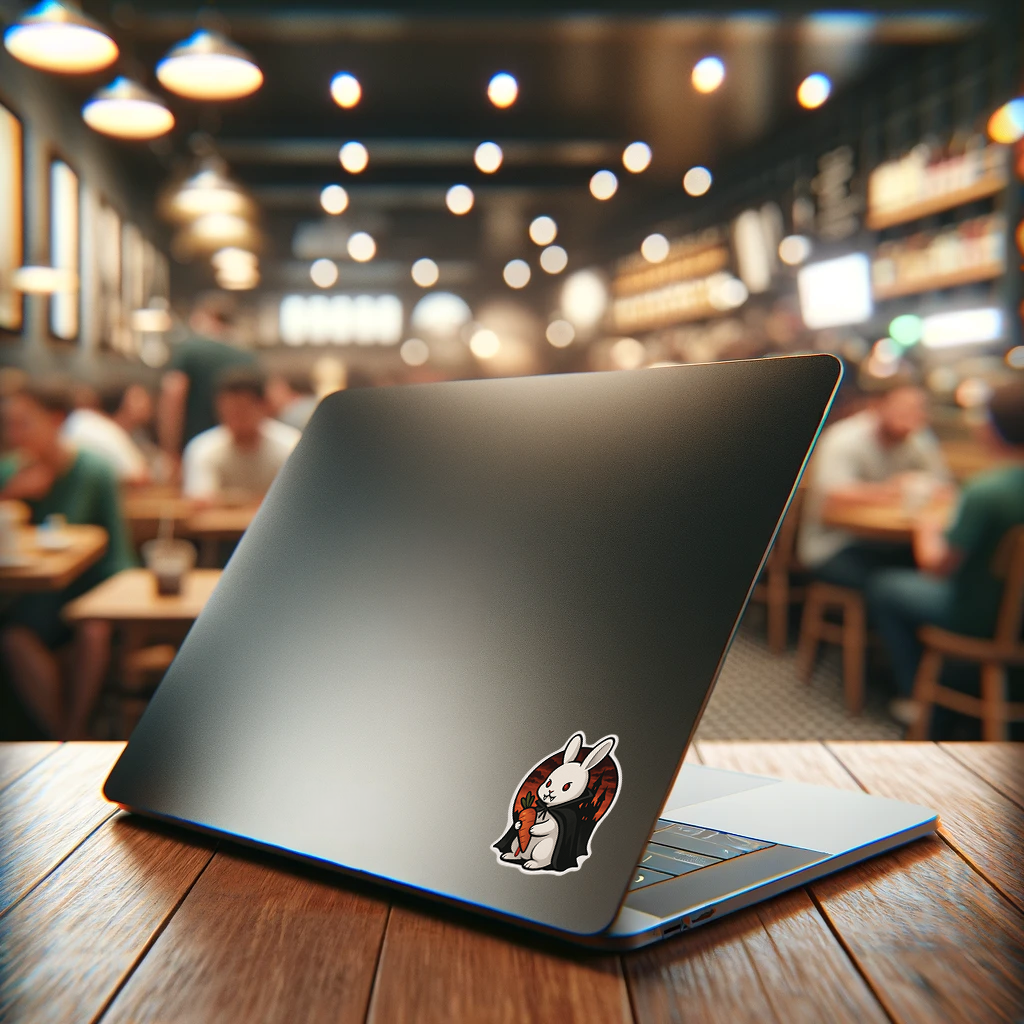

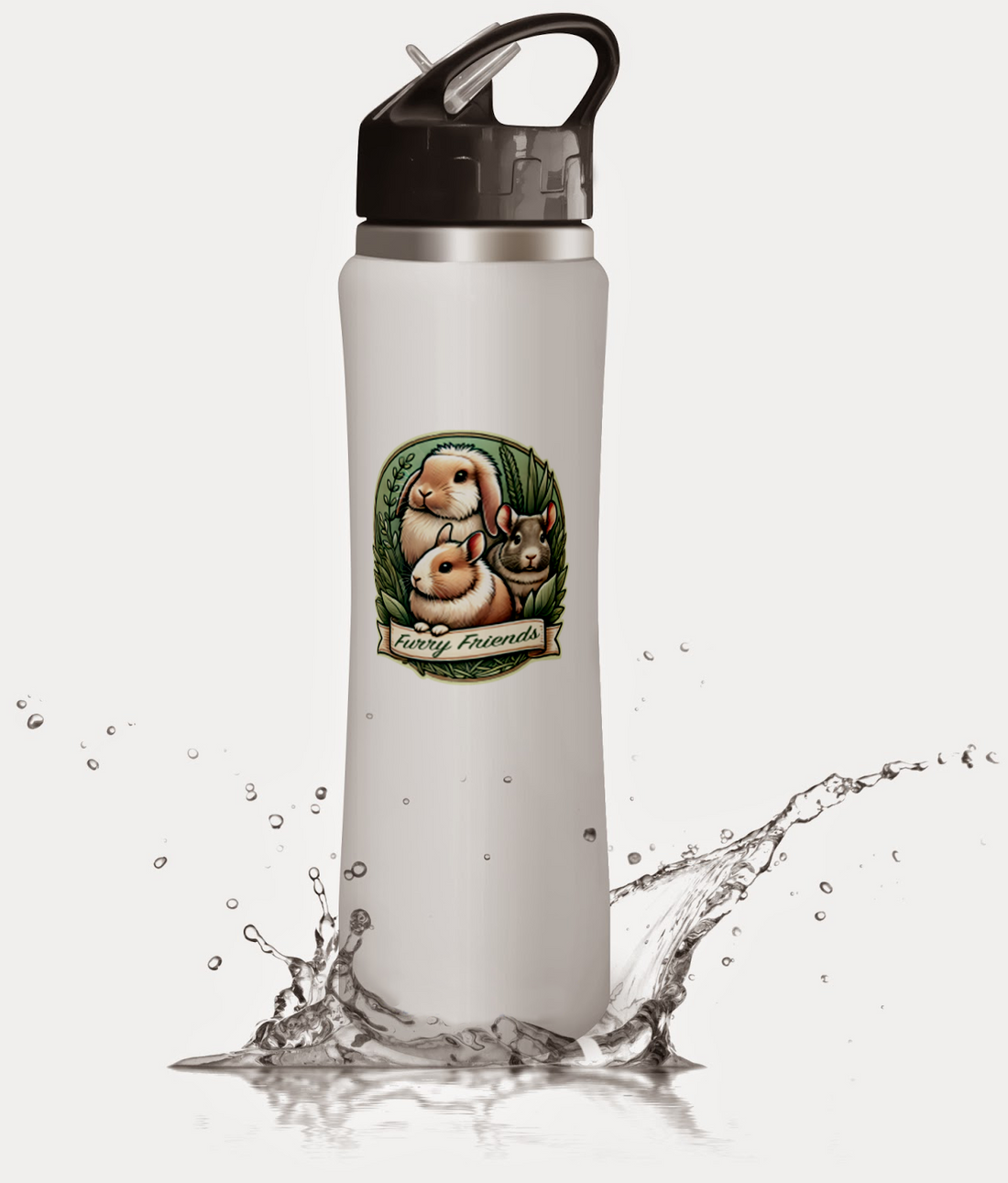
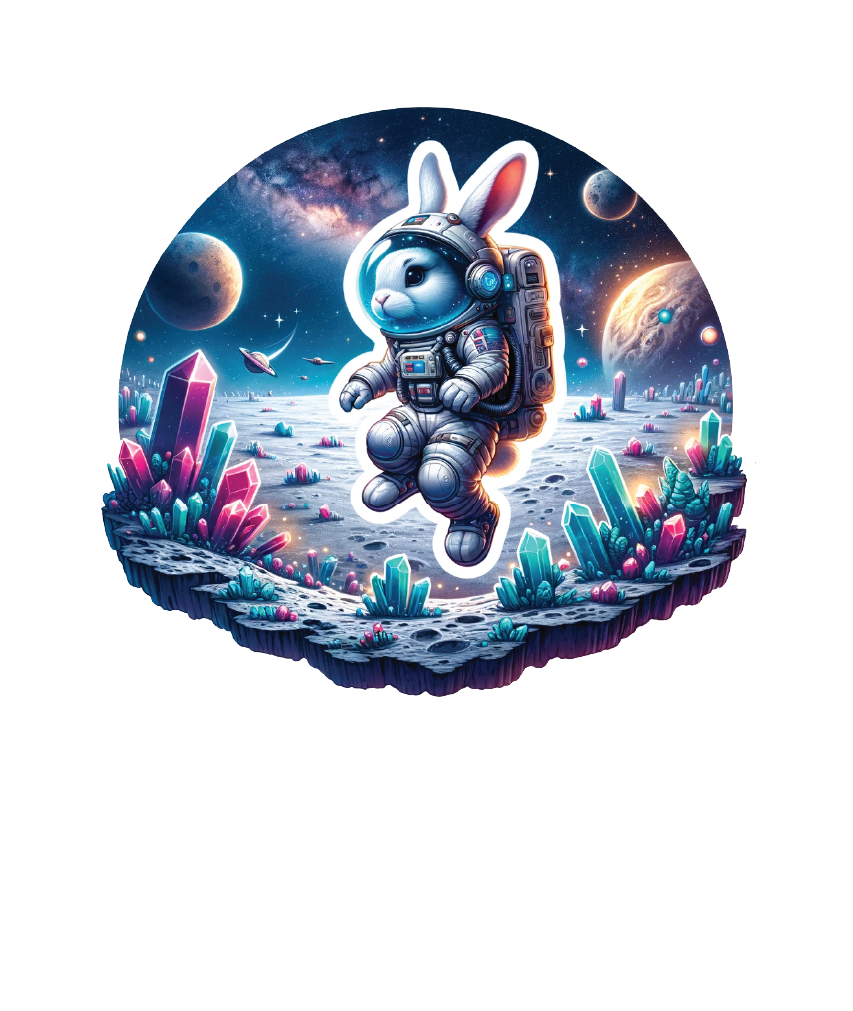
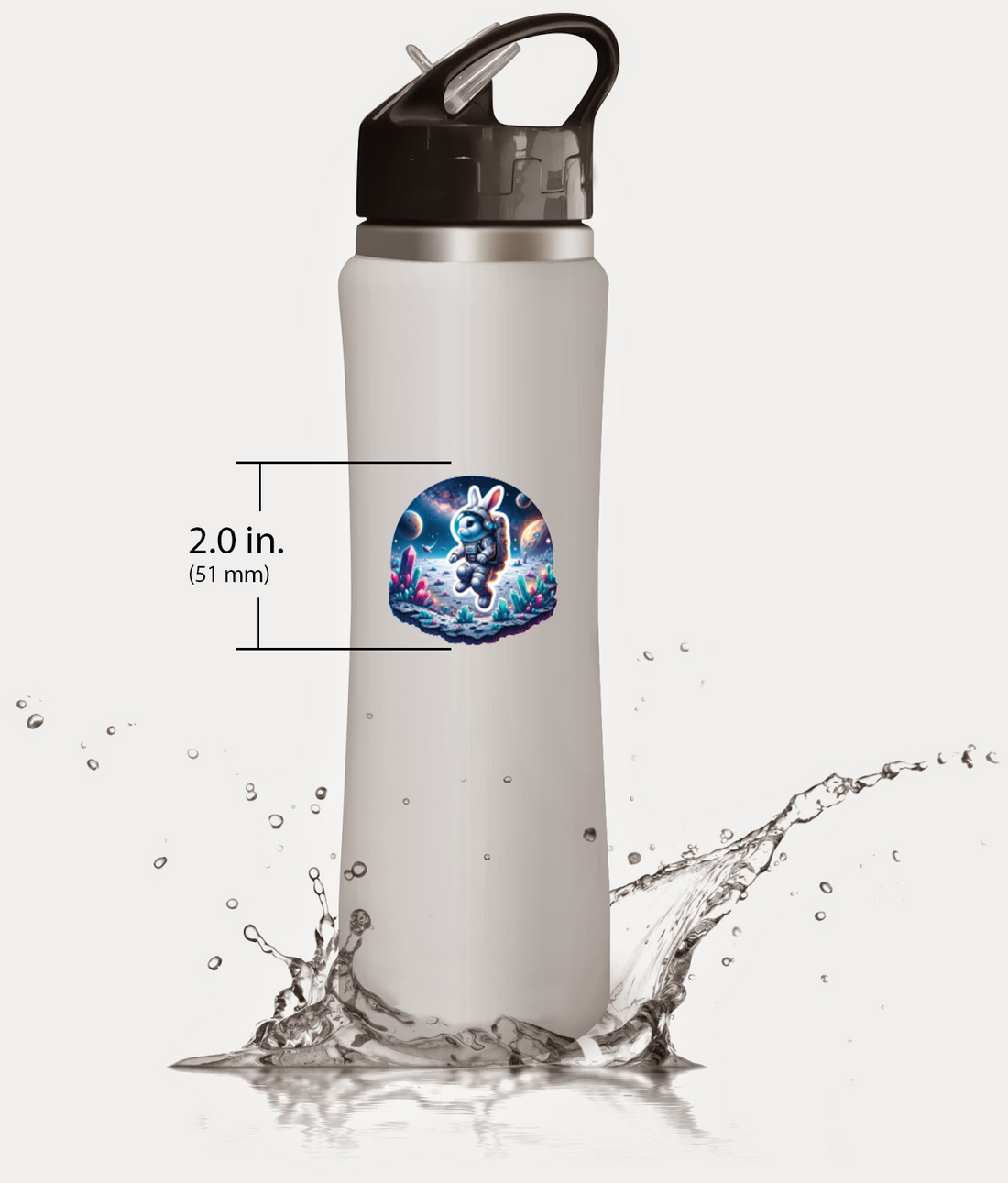



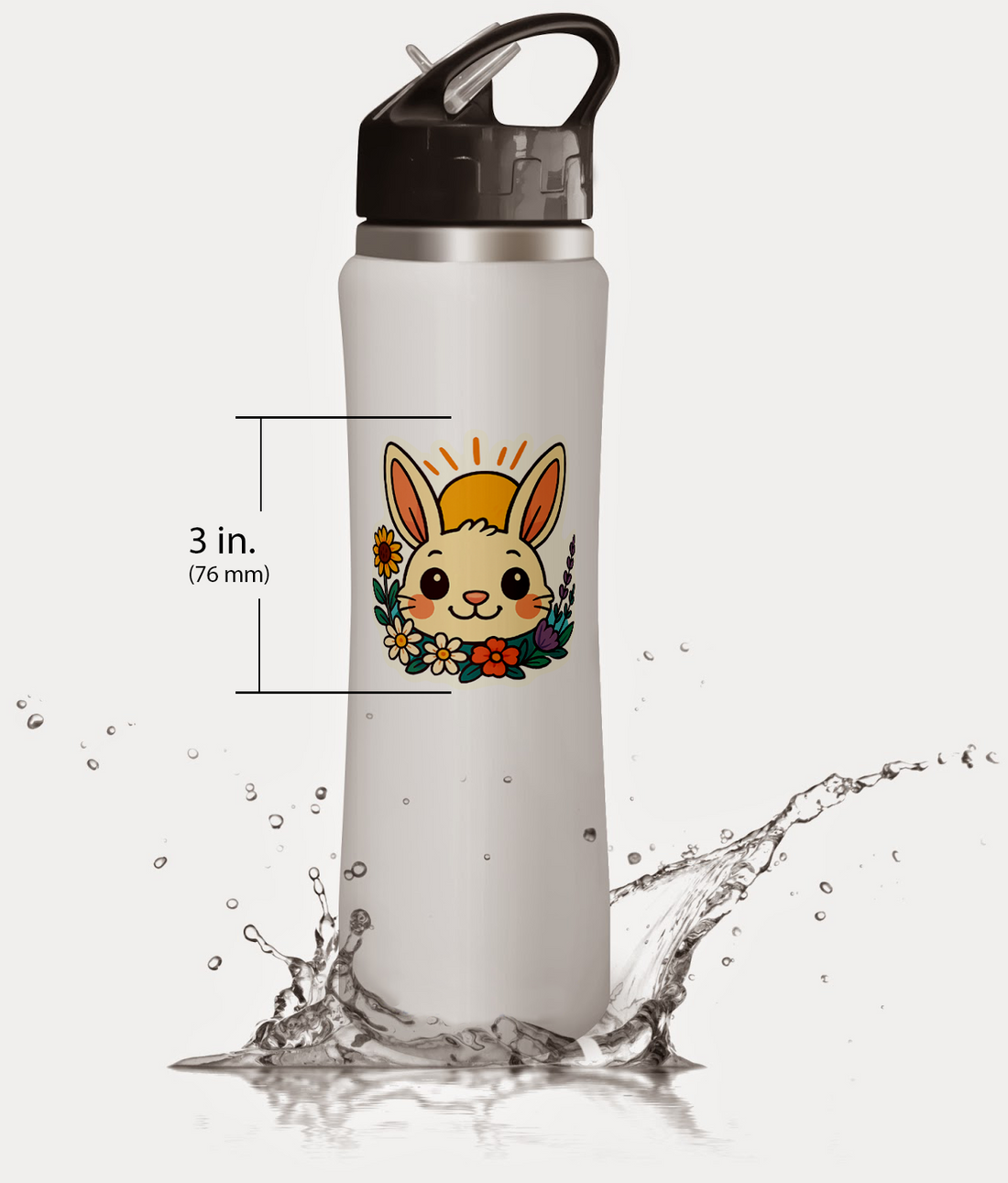

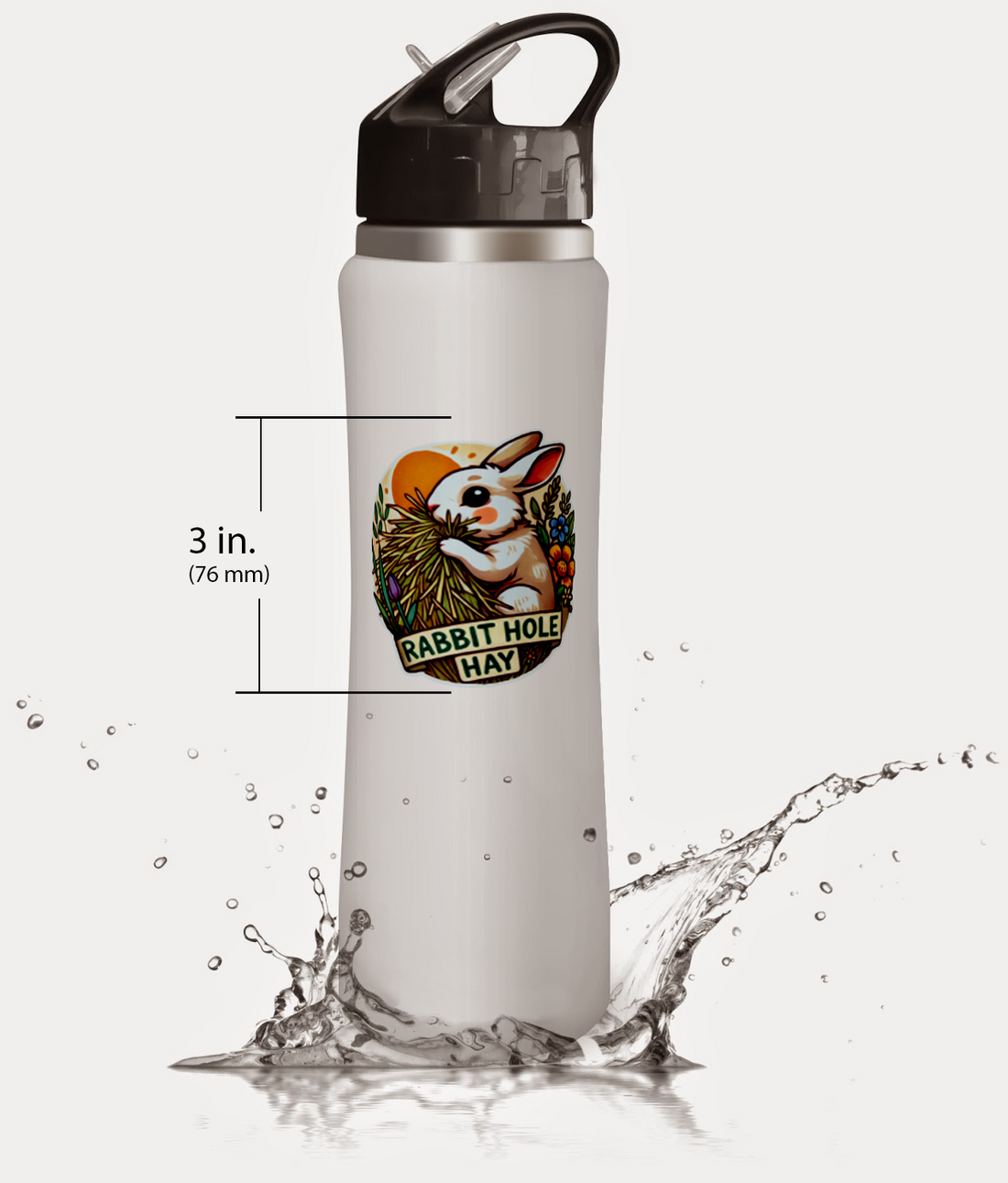
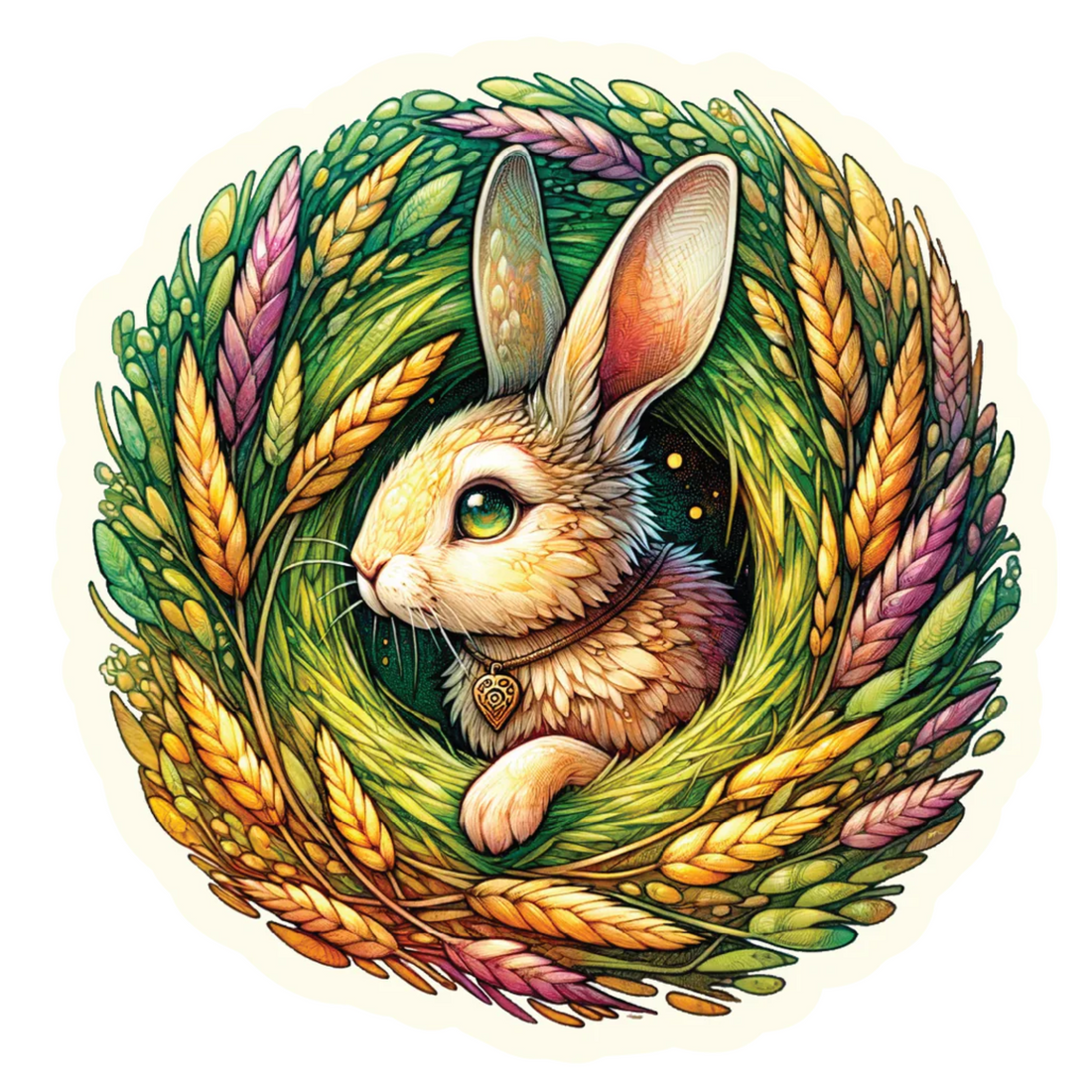
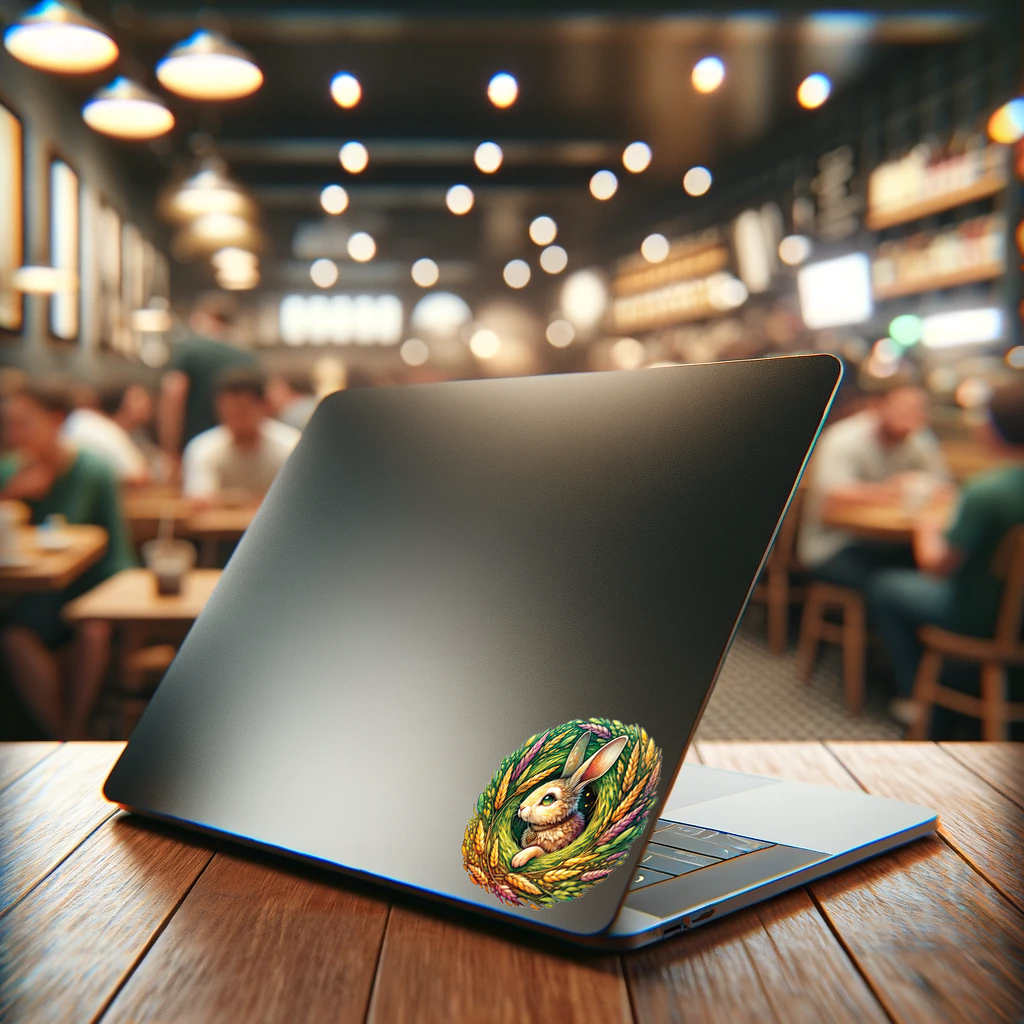

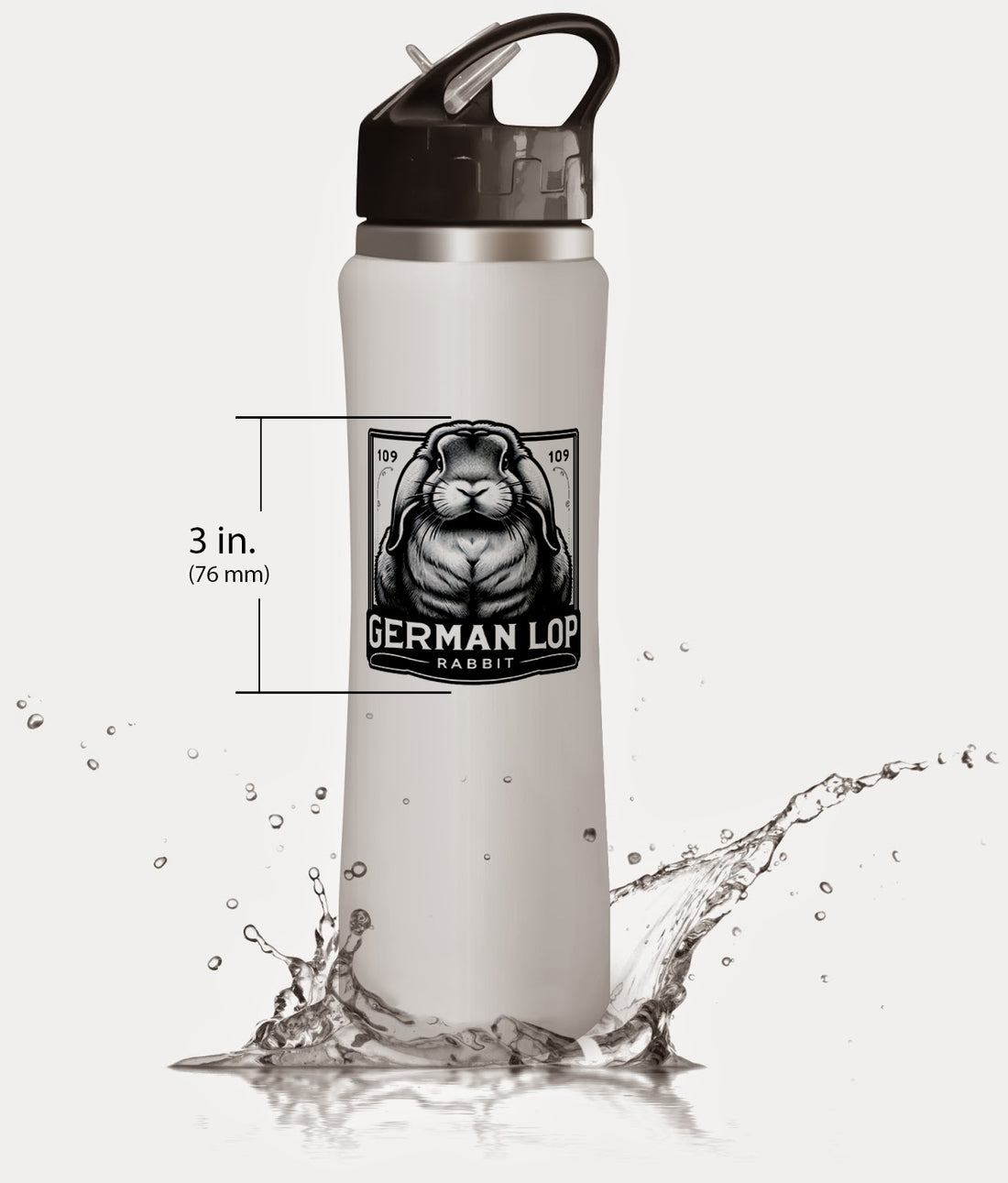

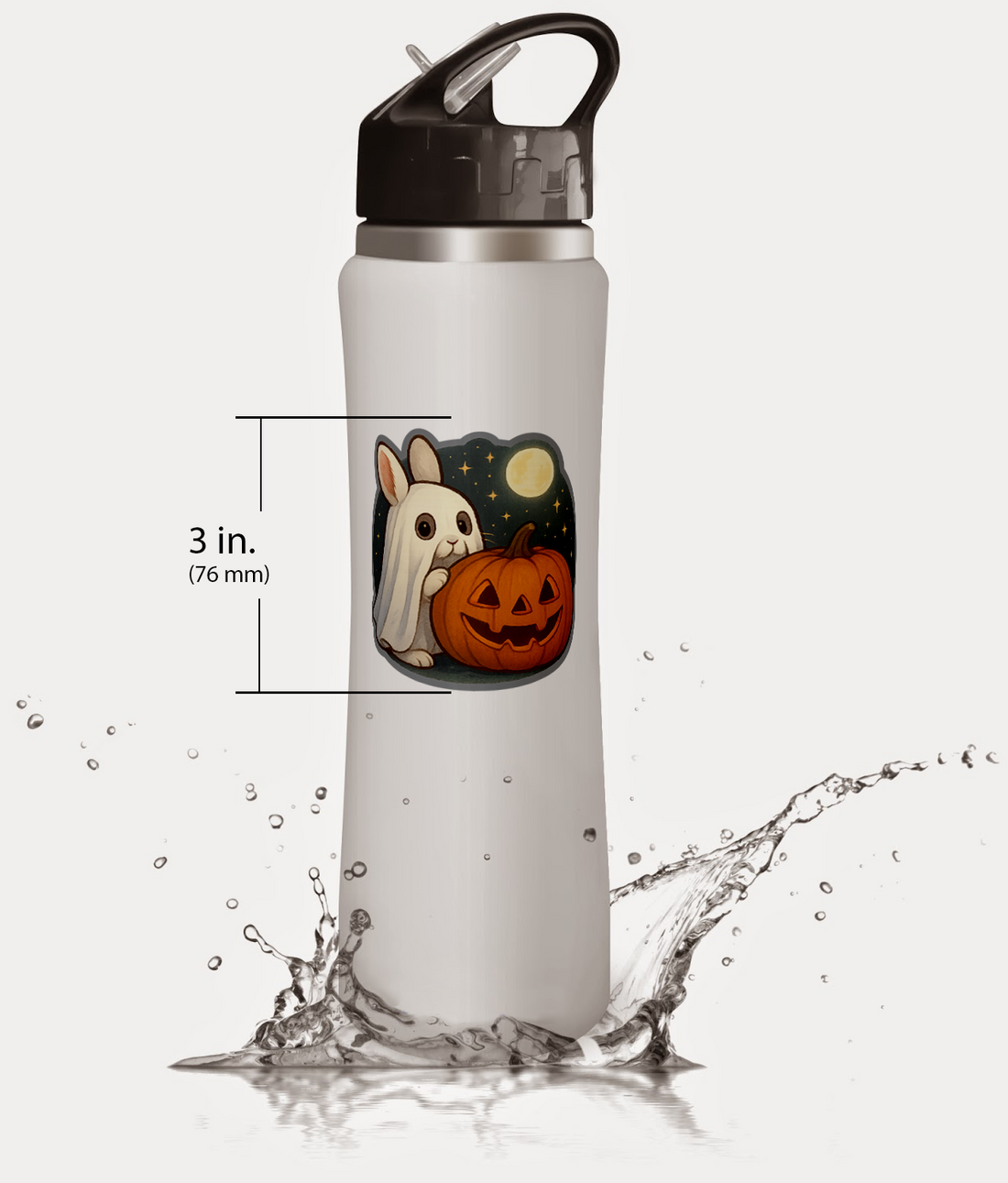
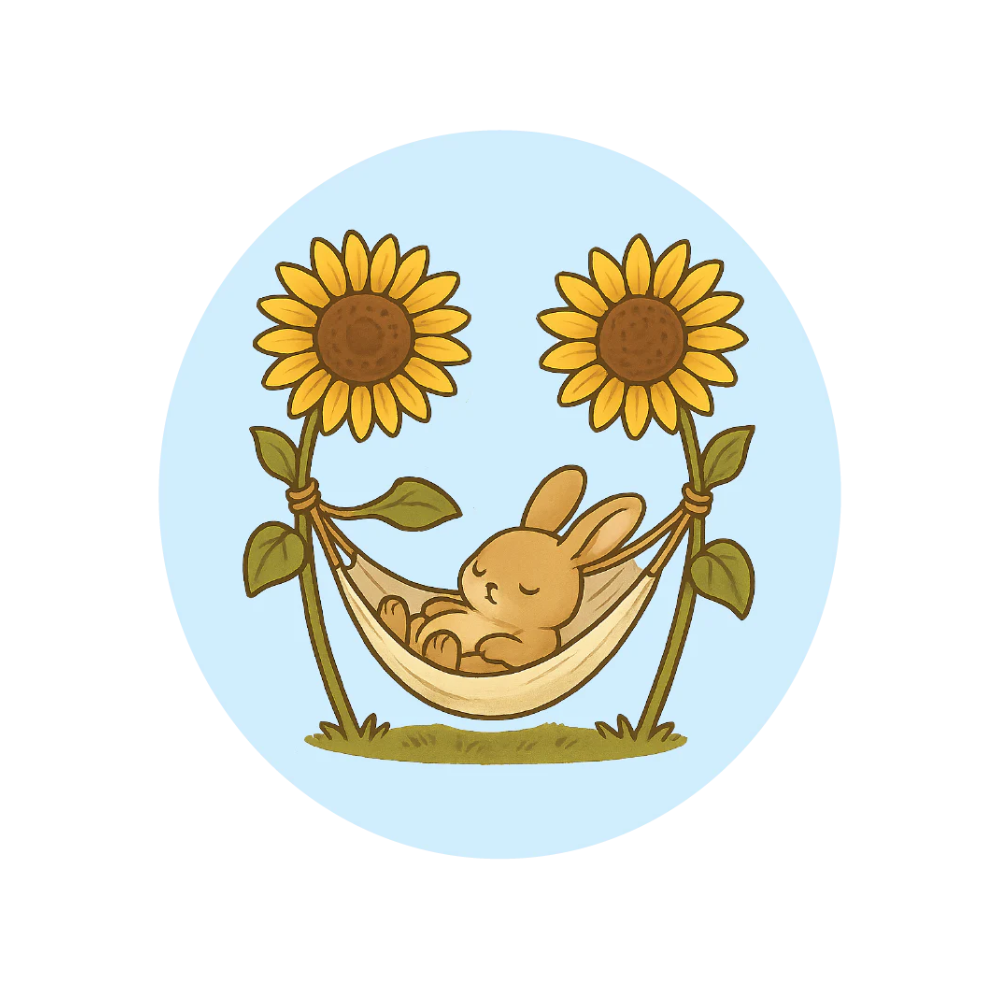
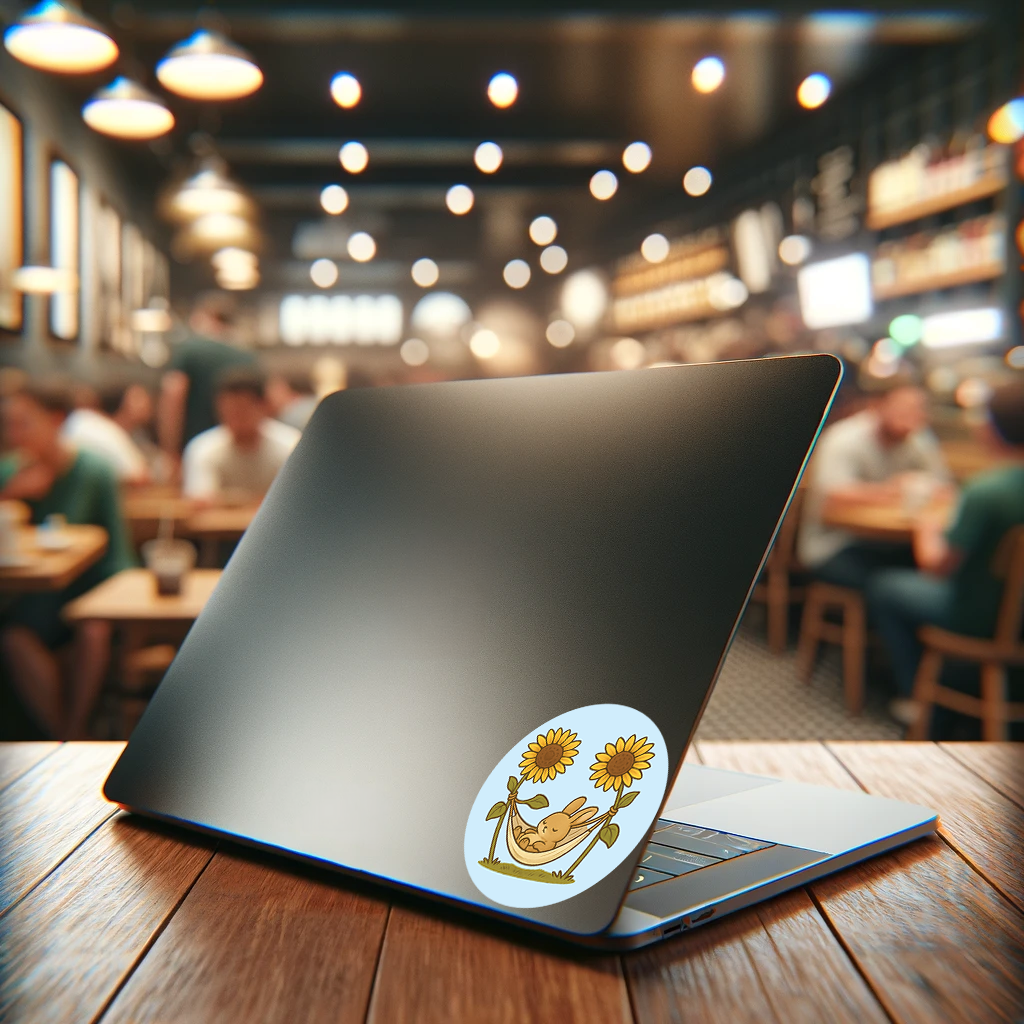

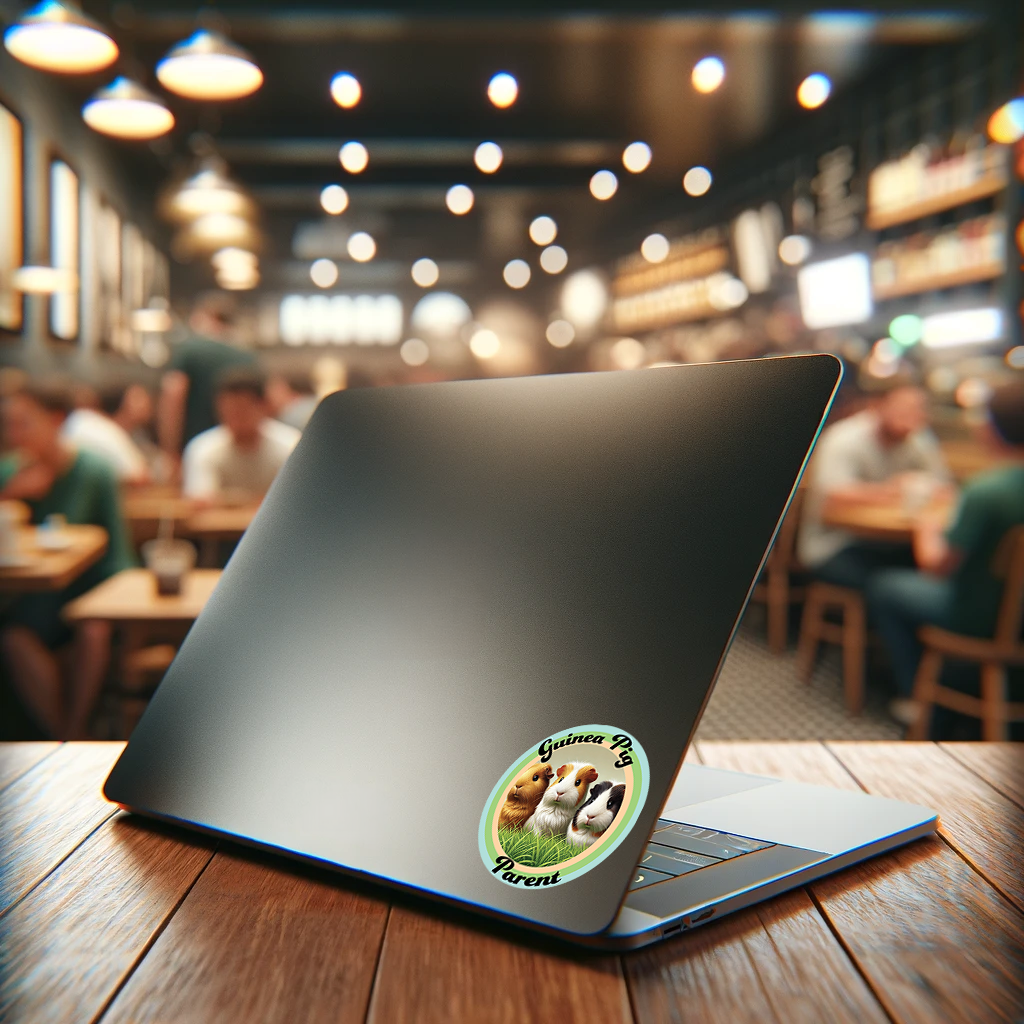

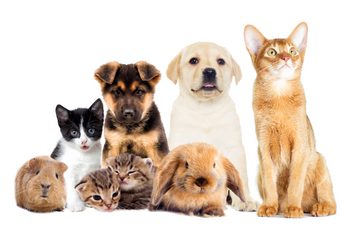
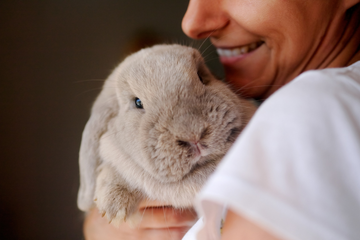
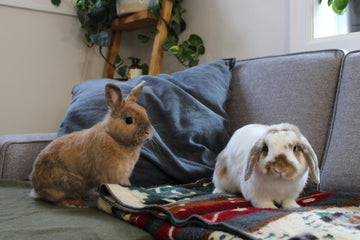


Comments